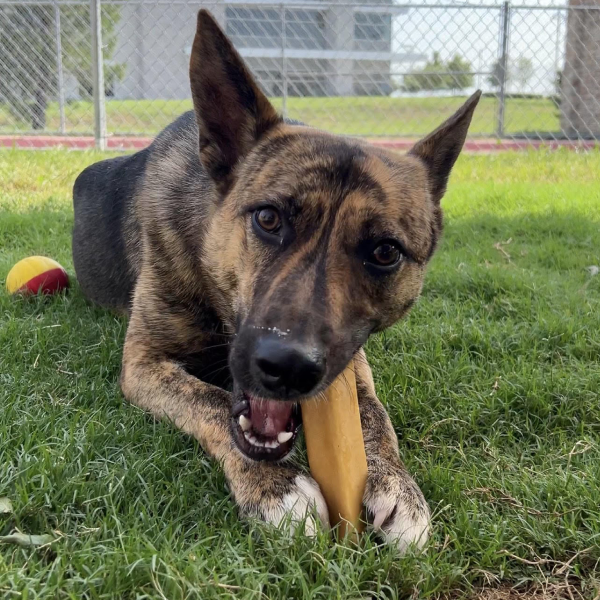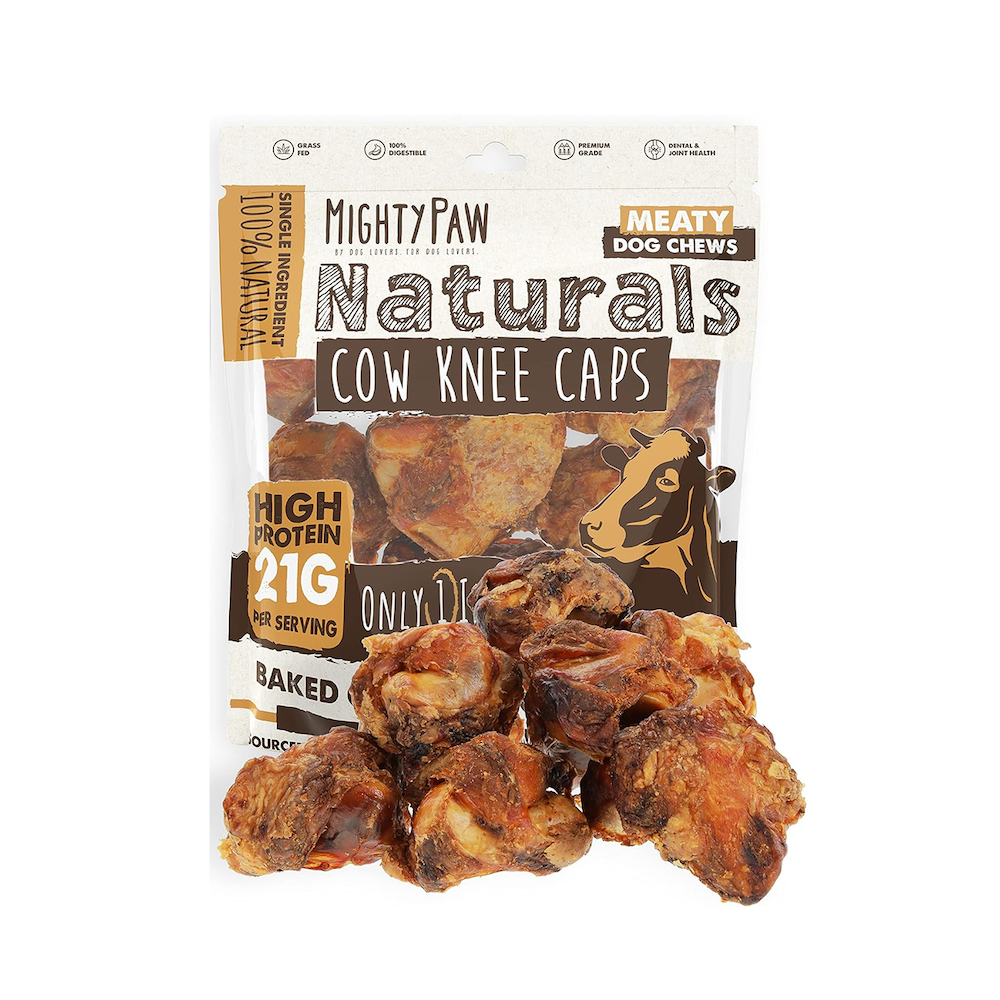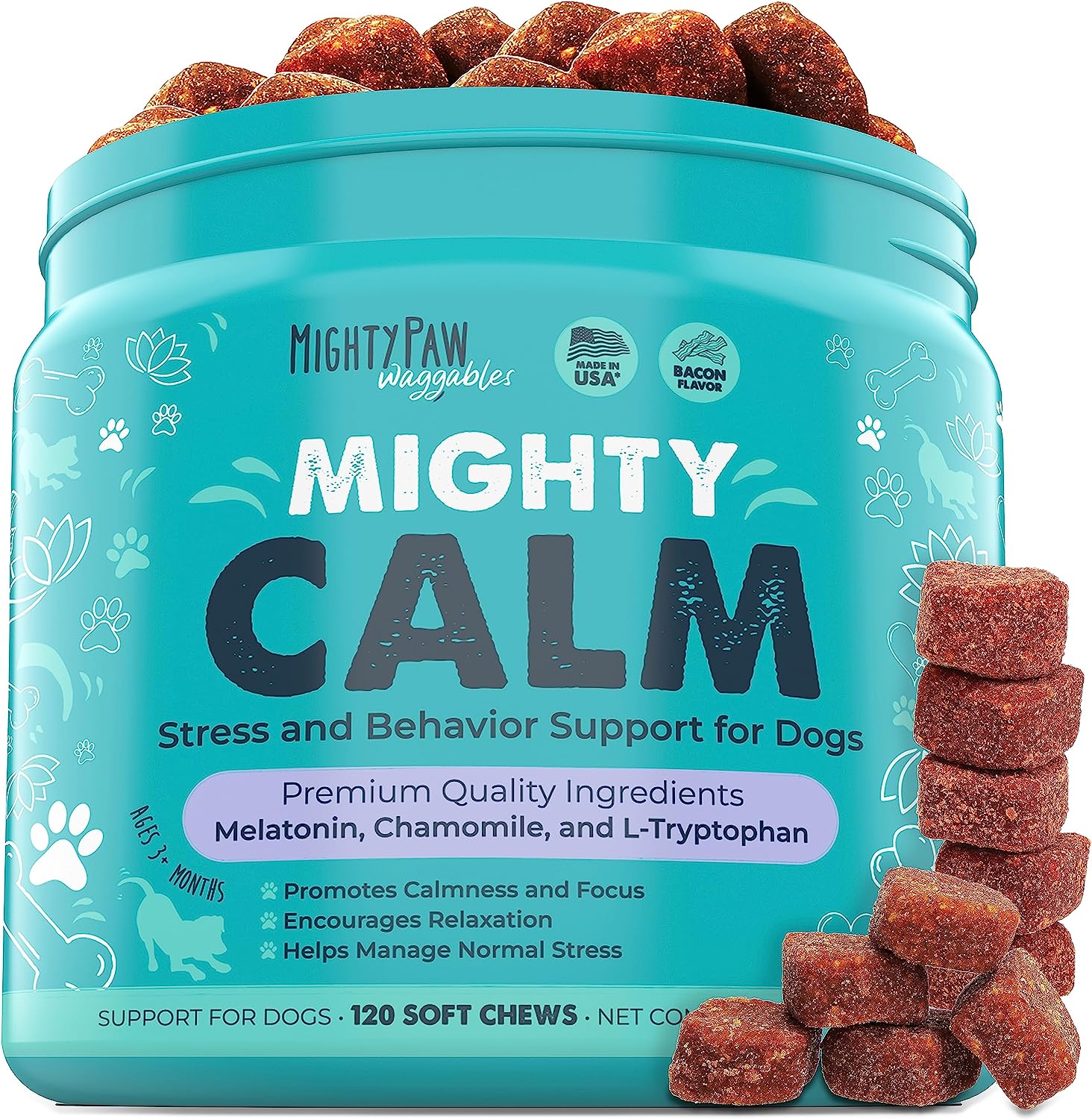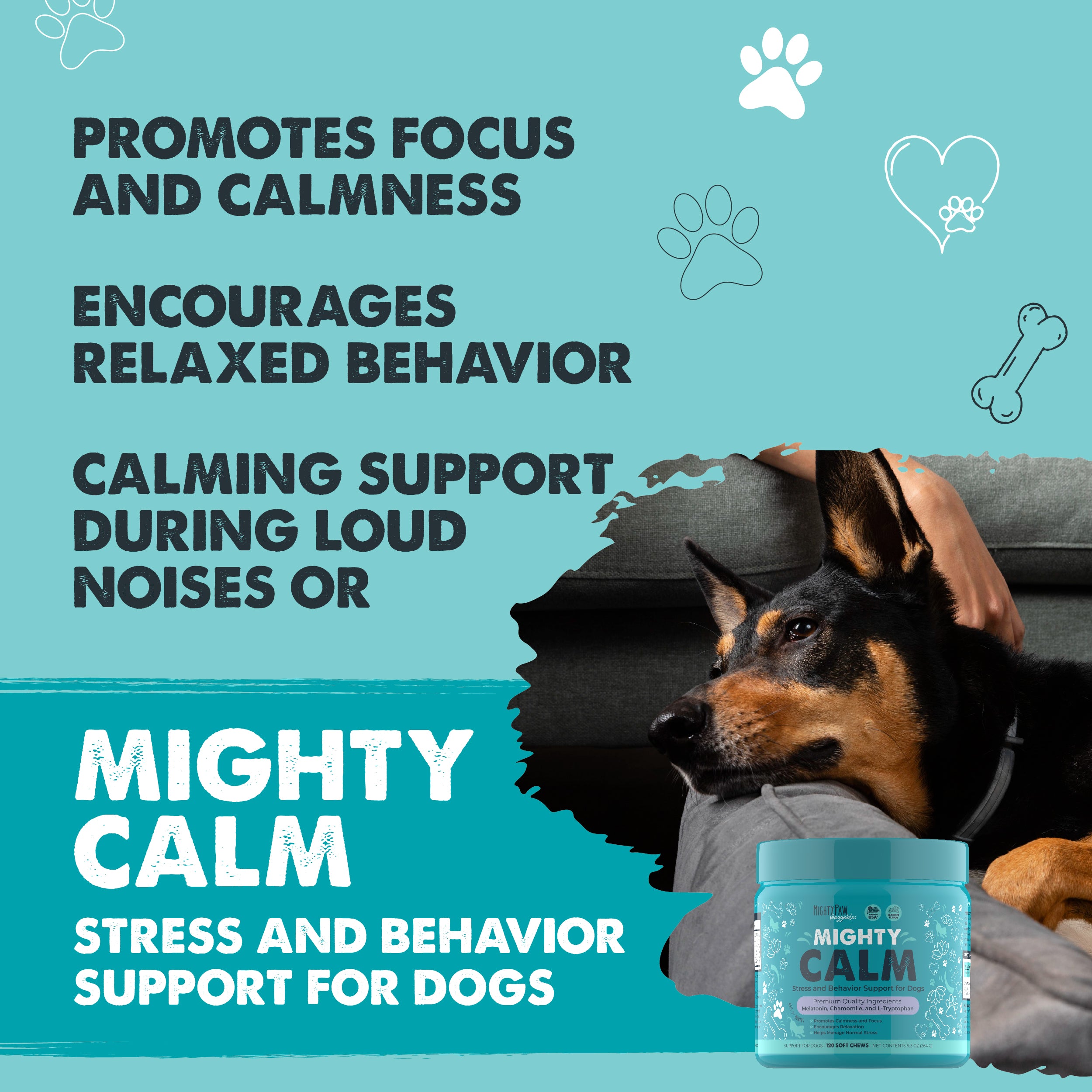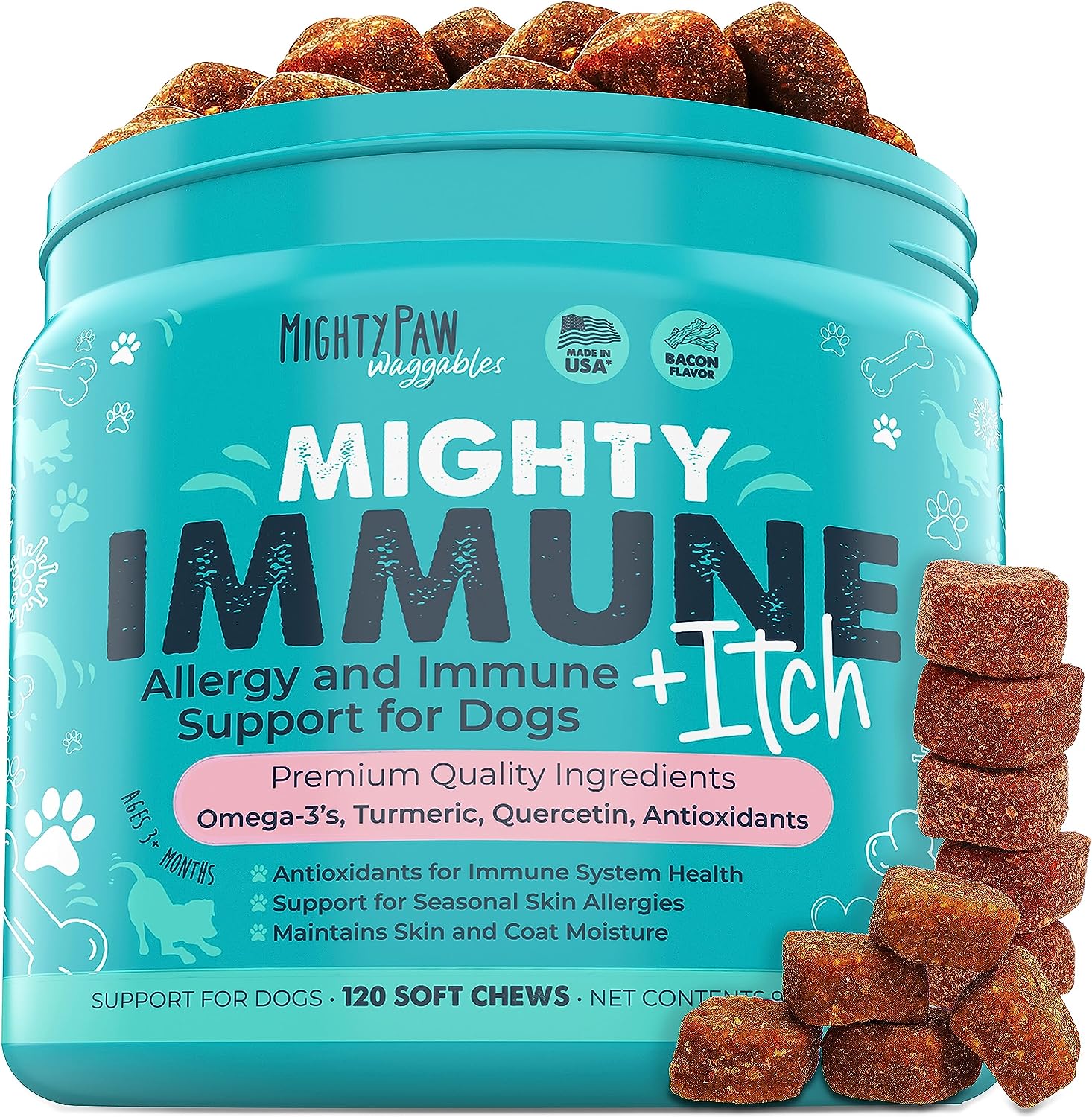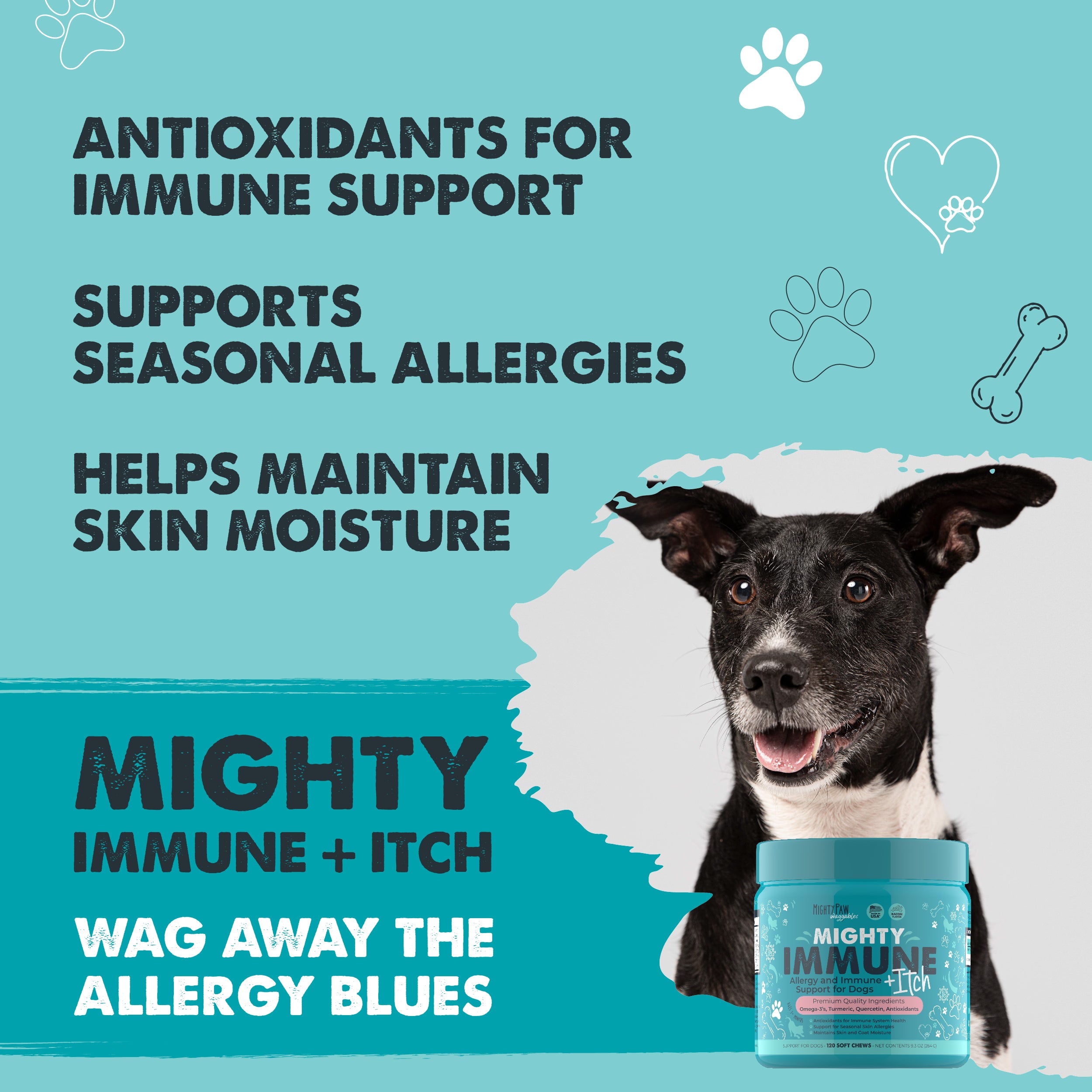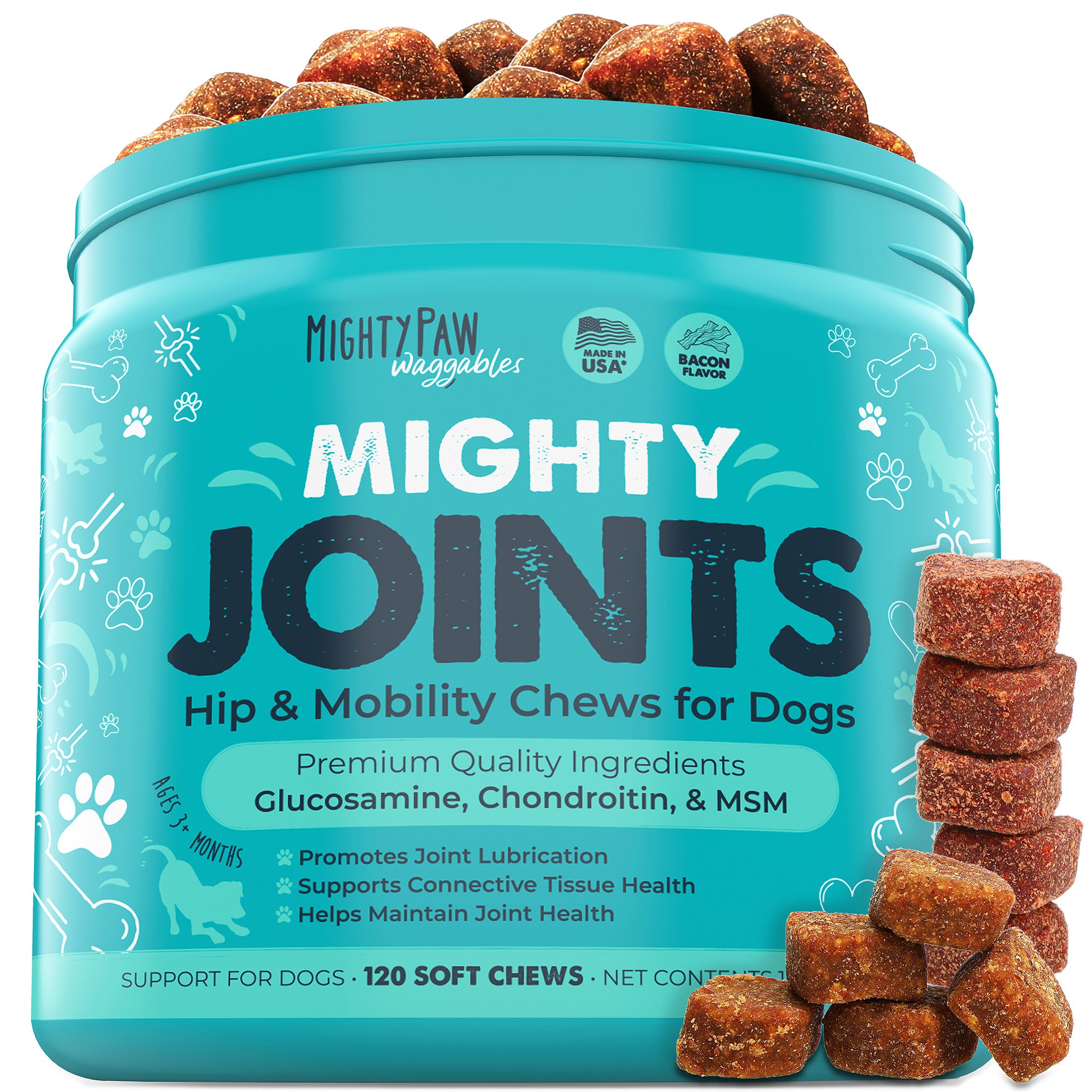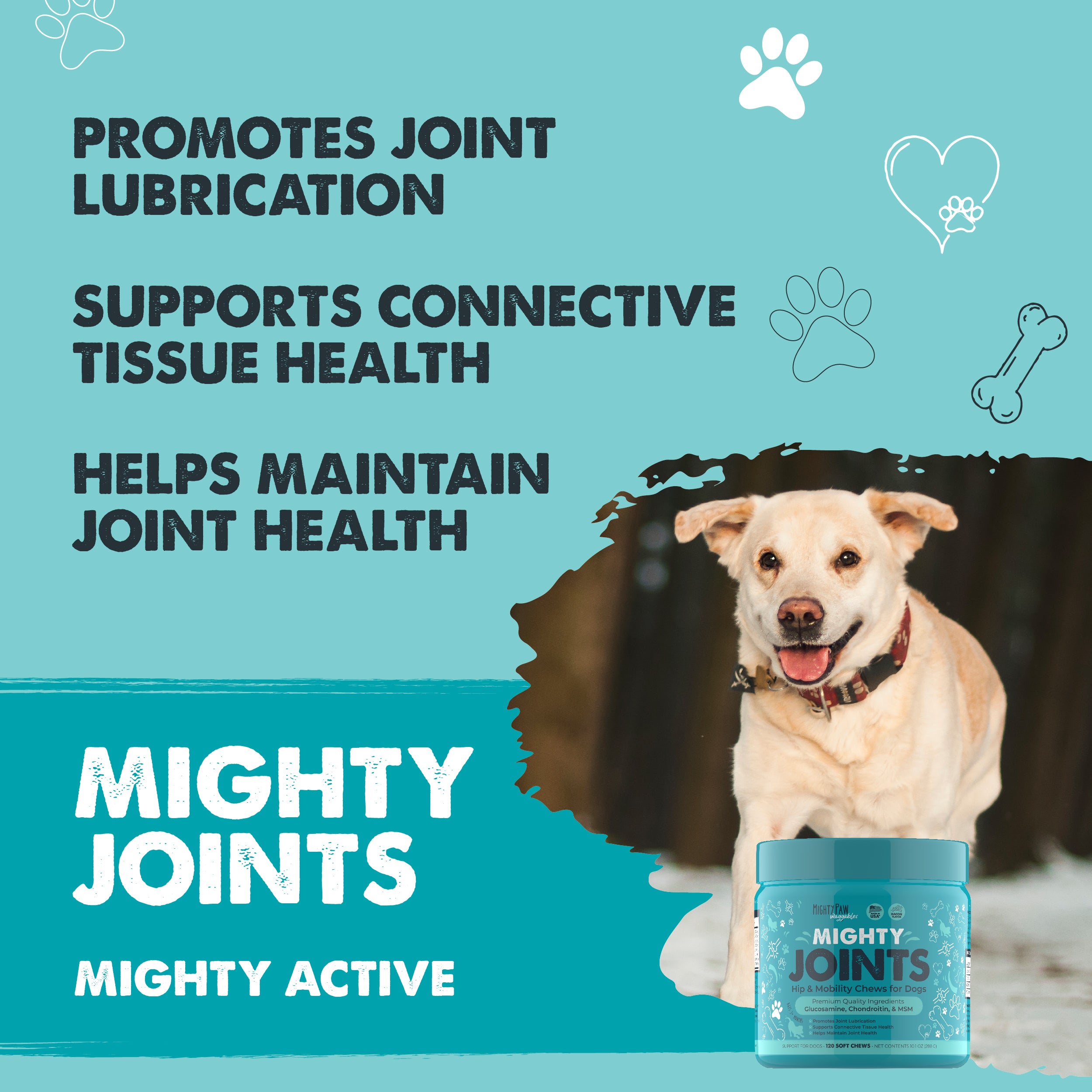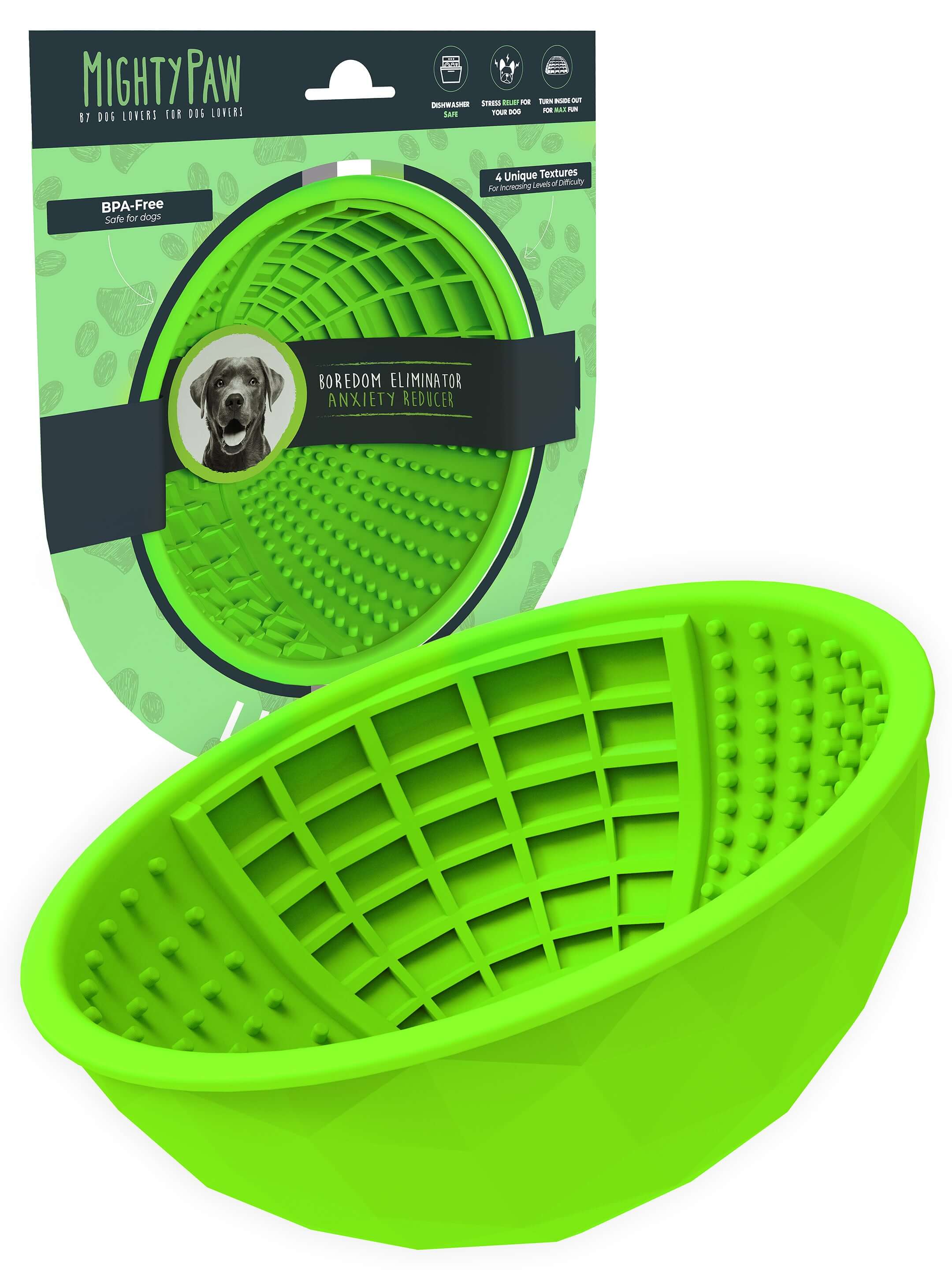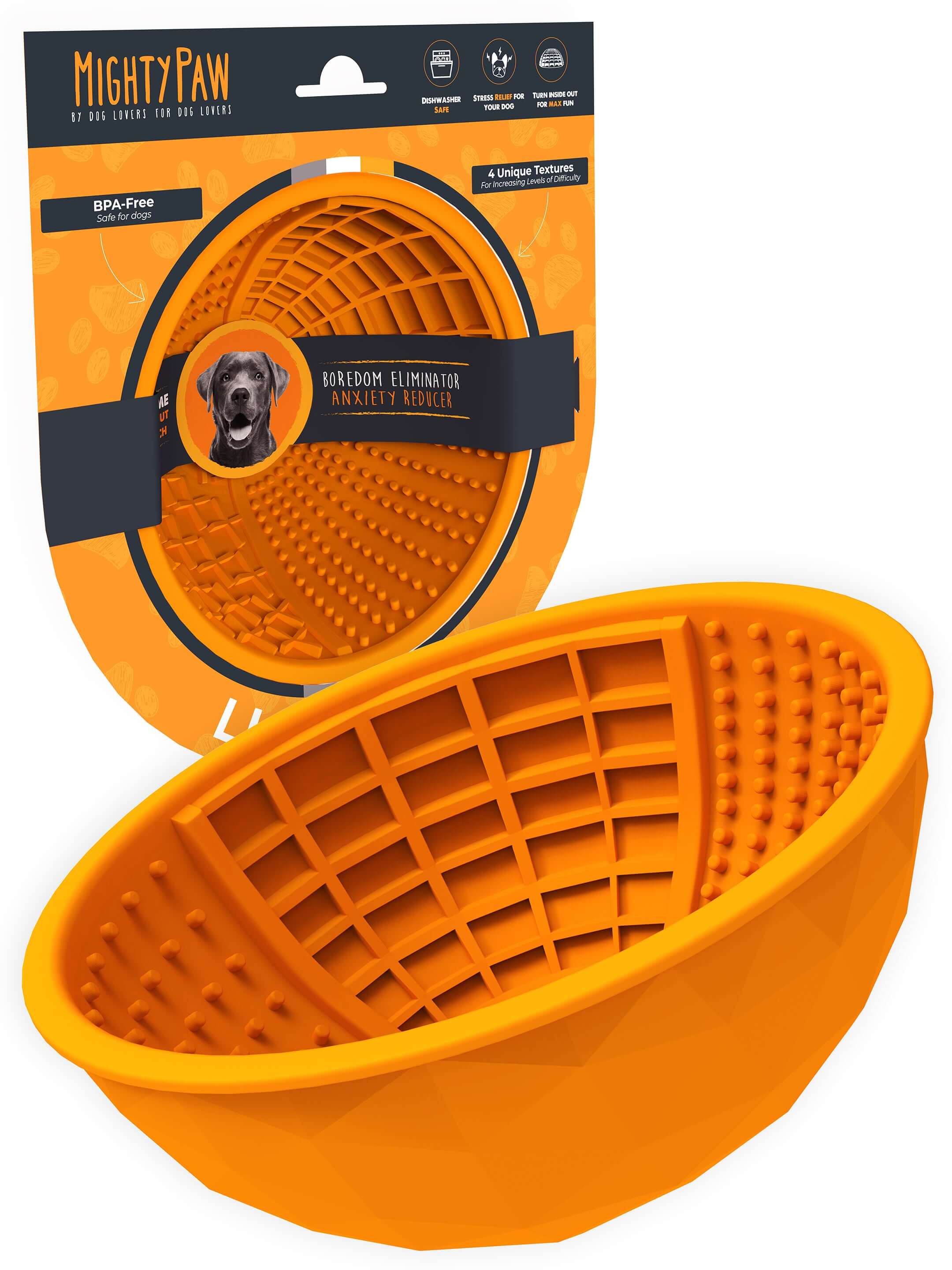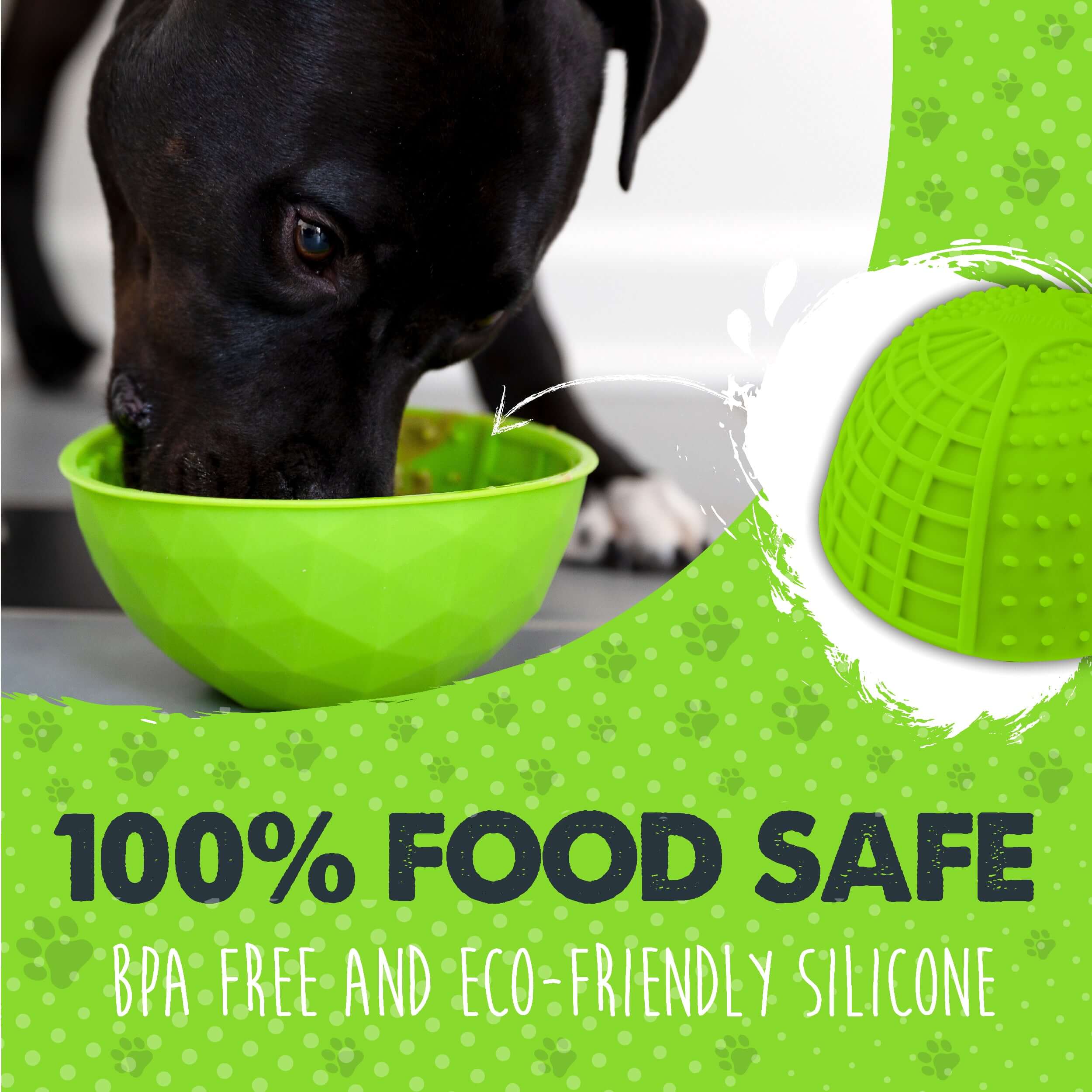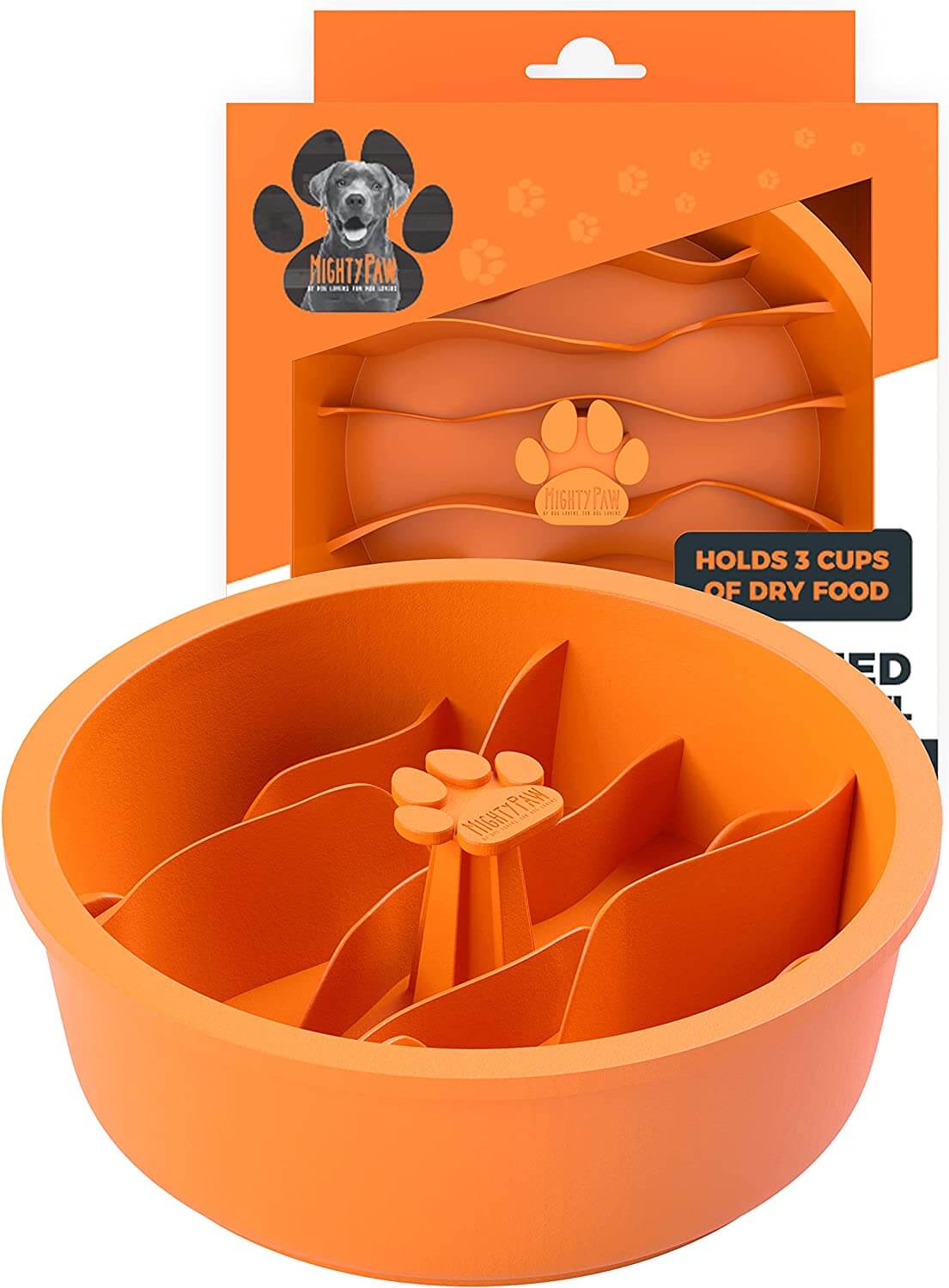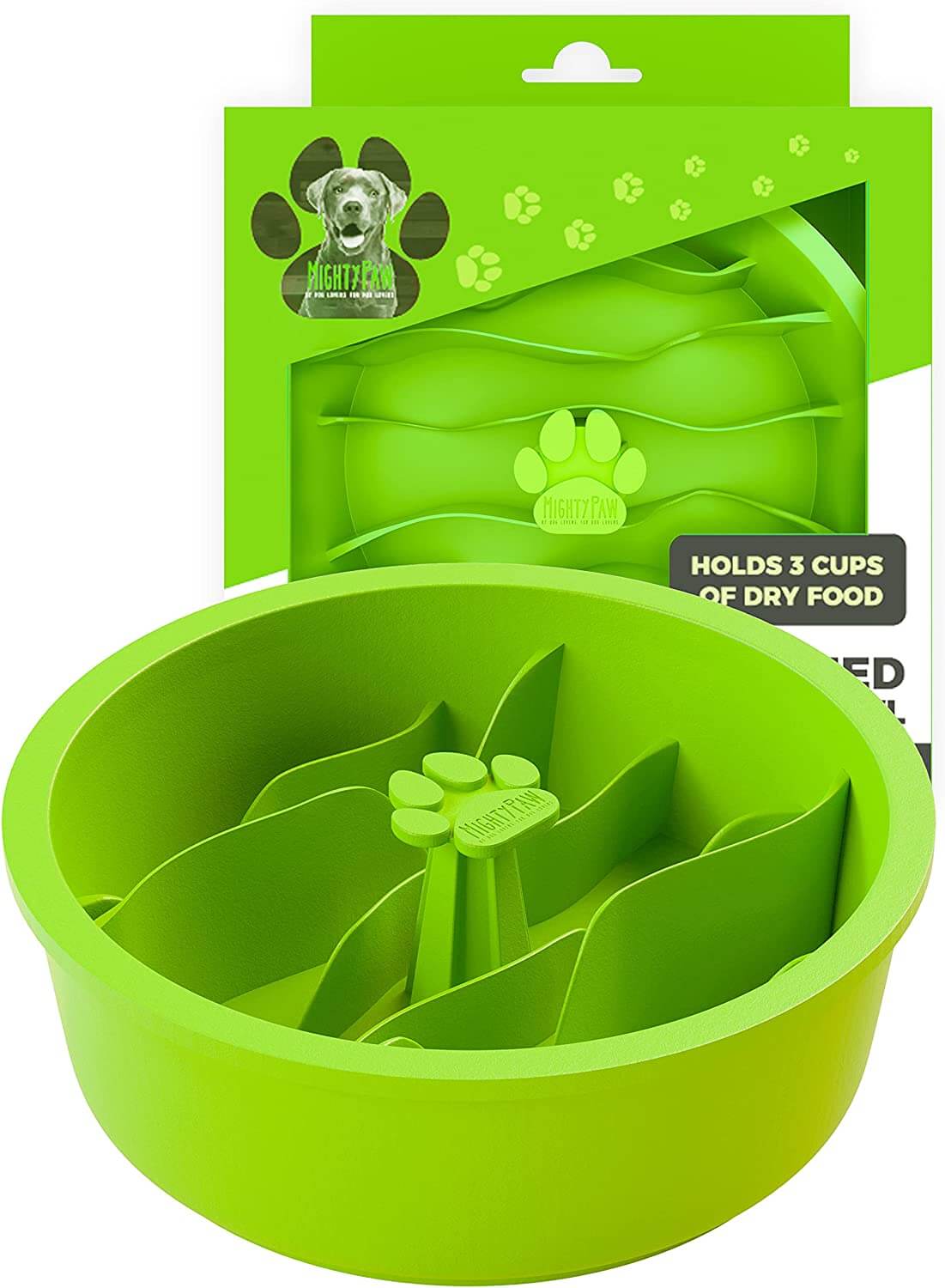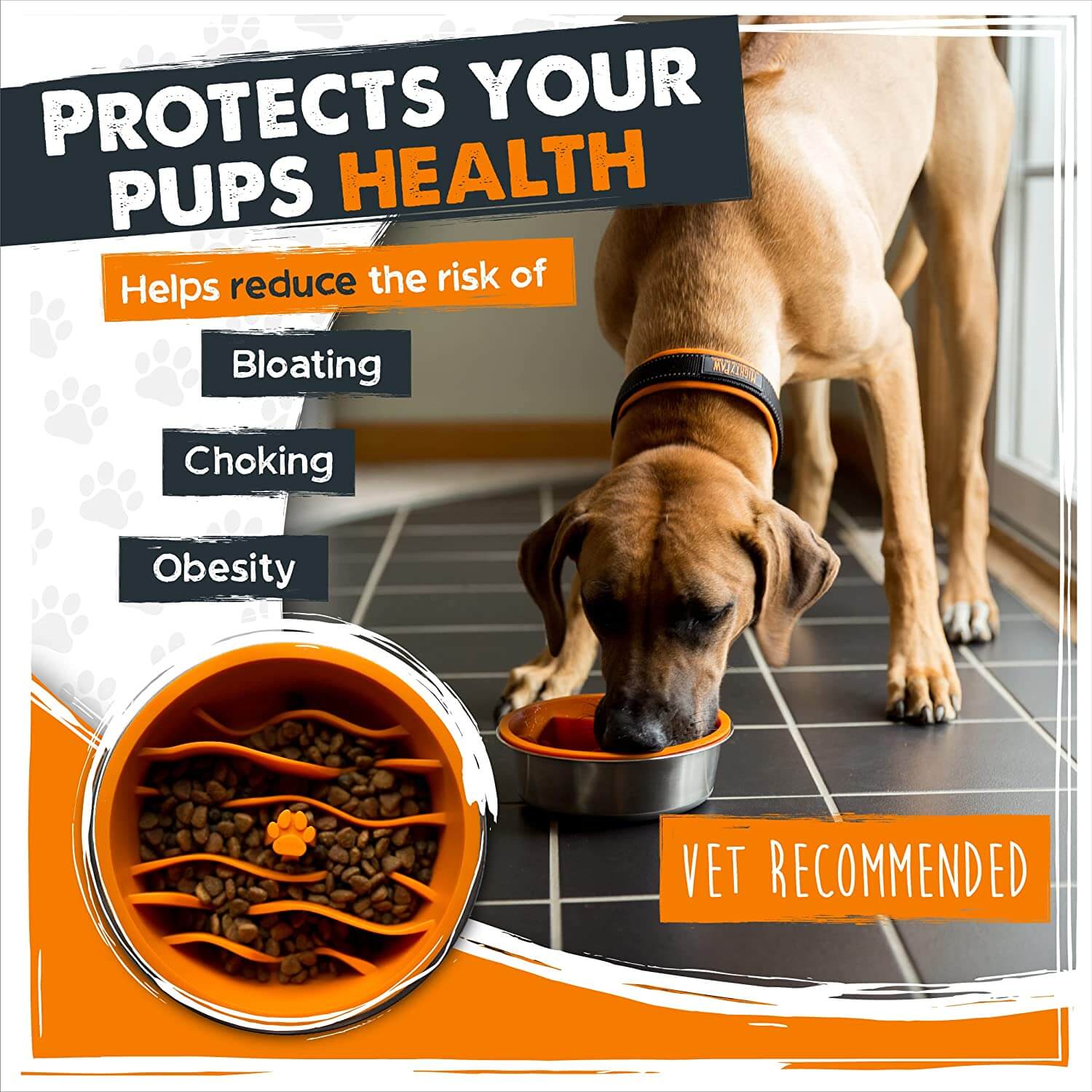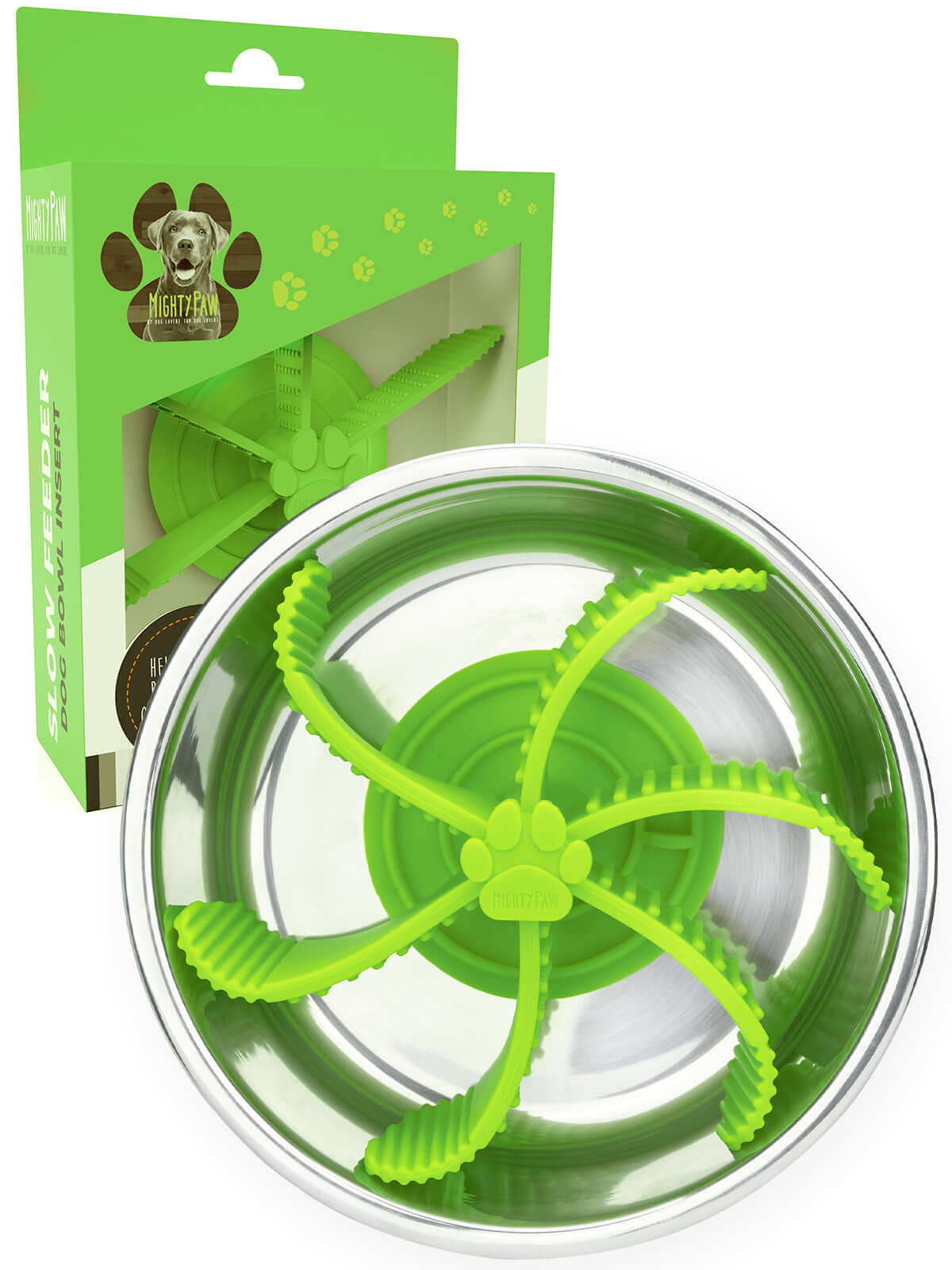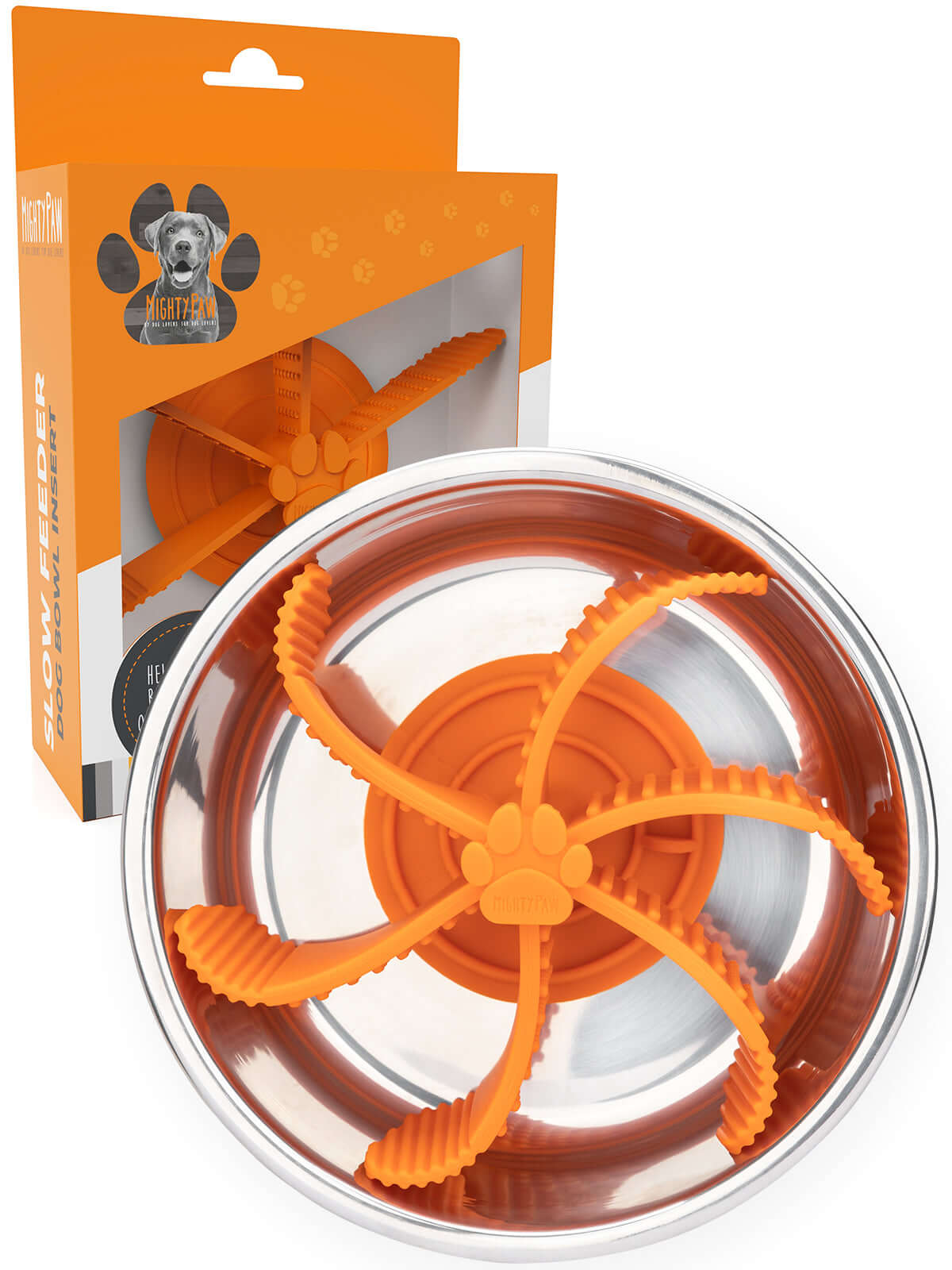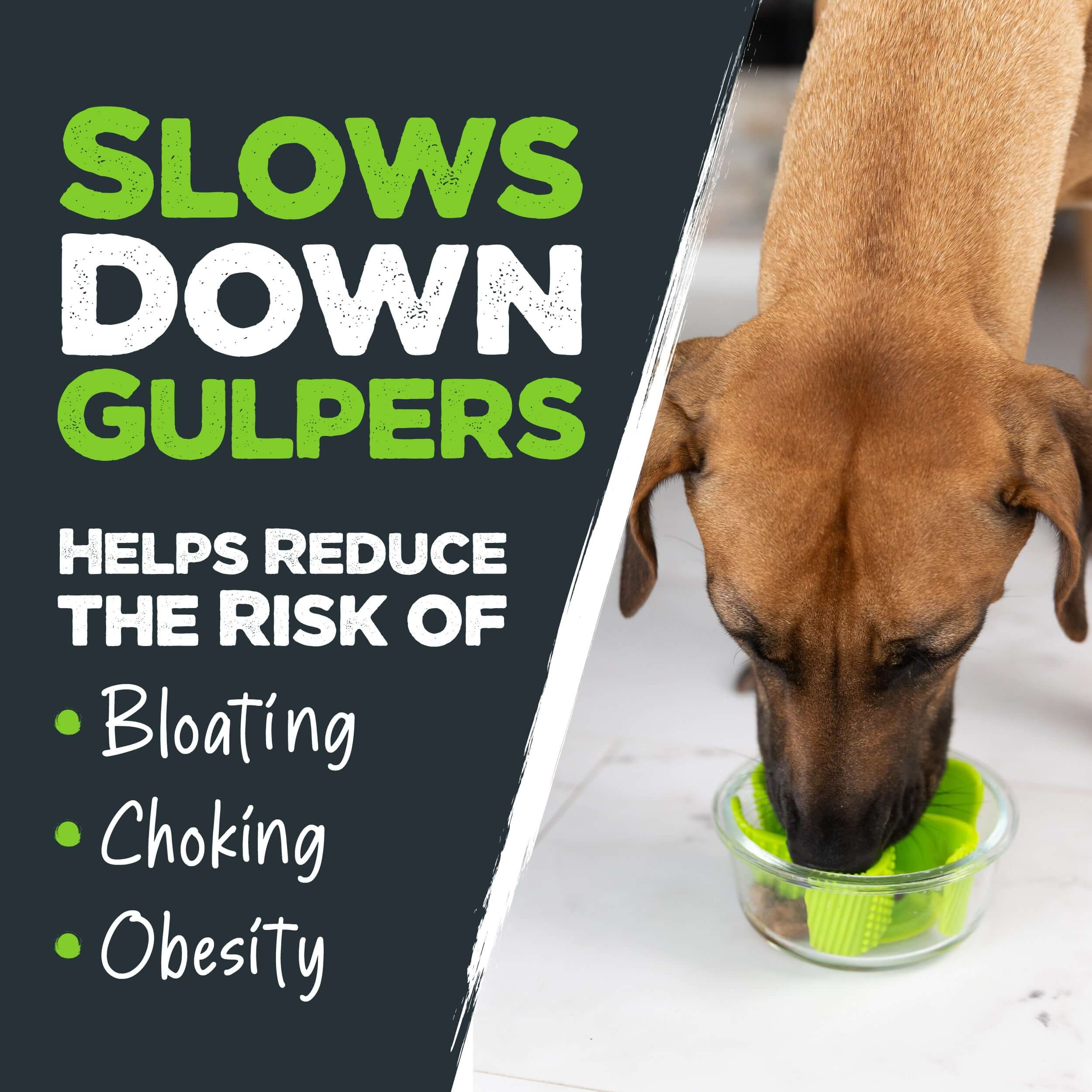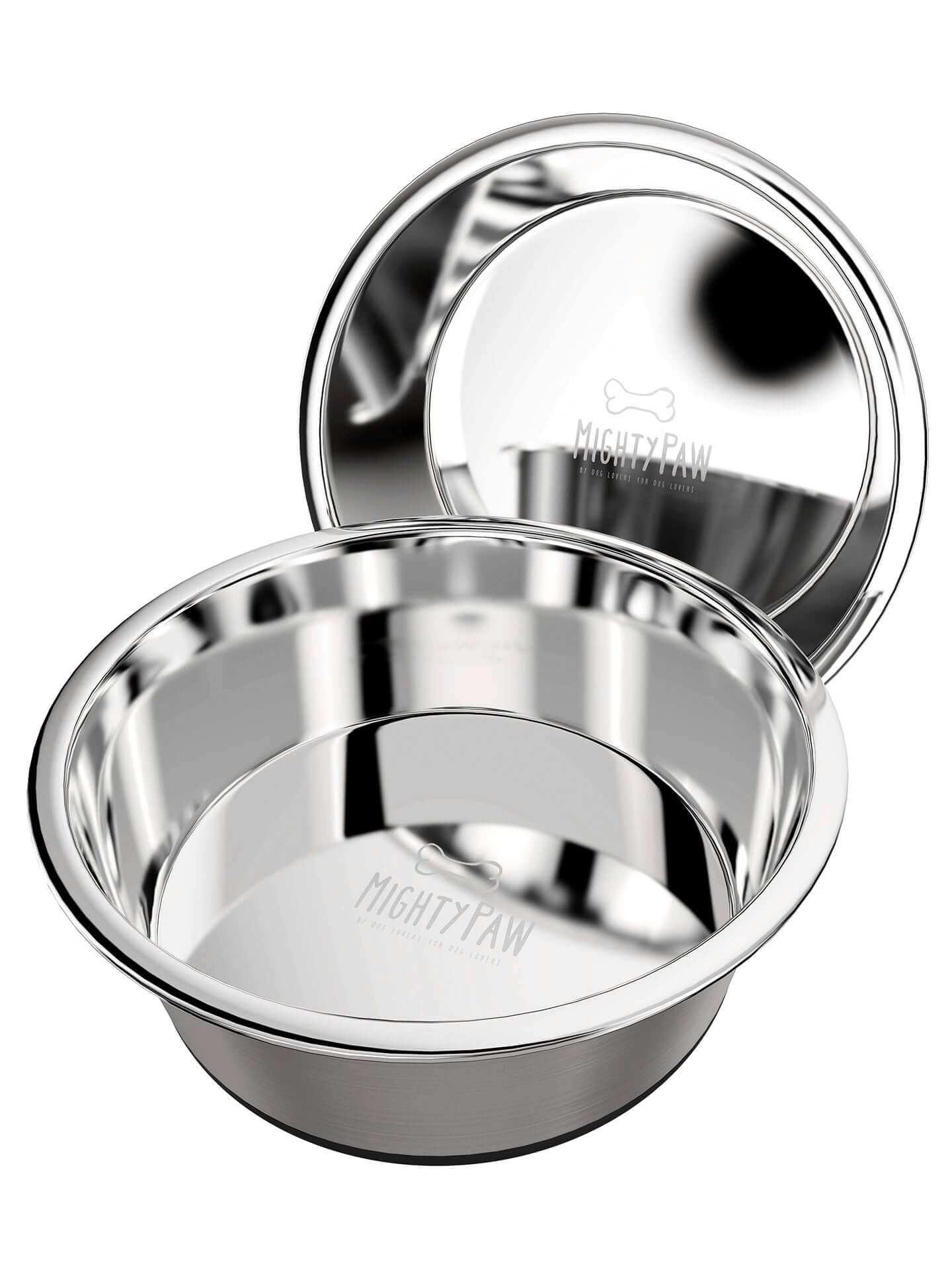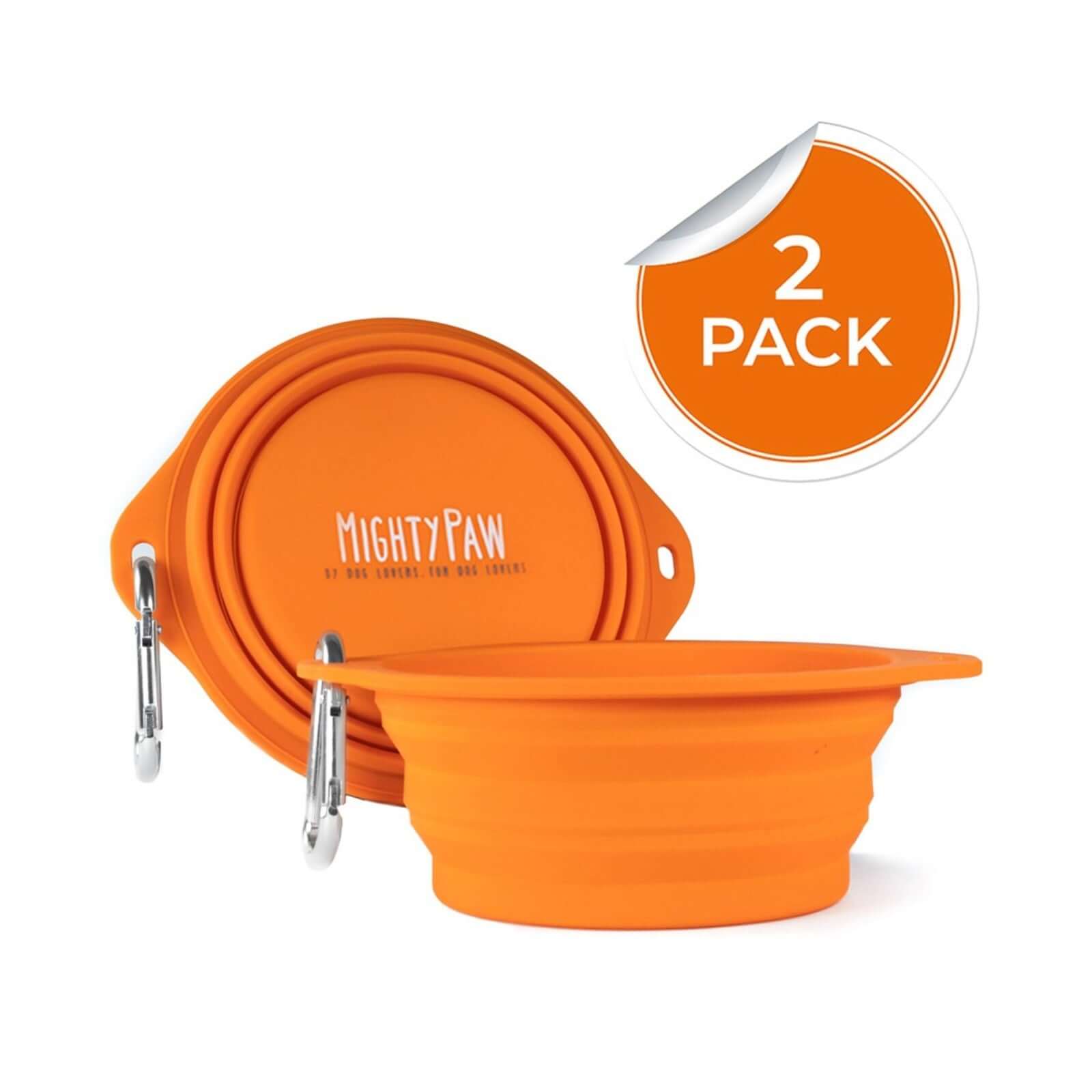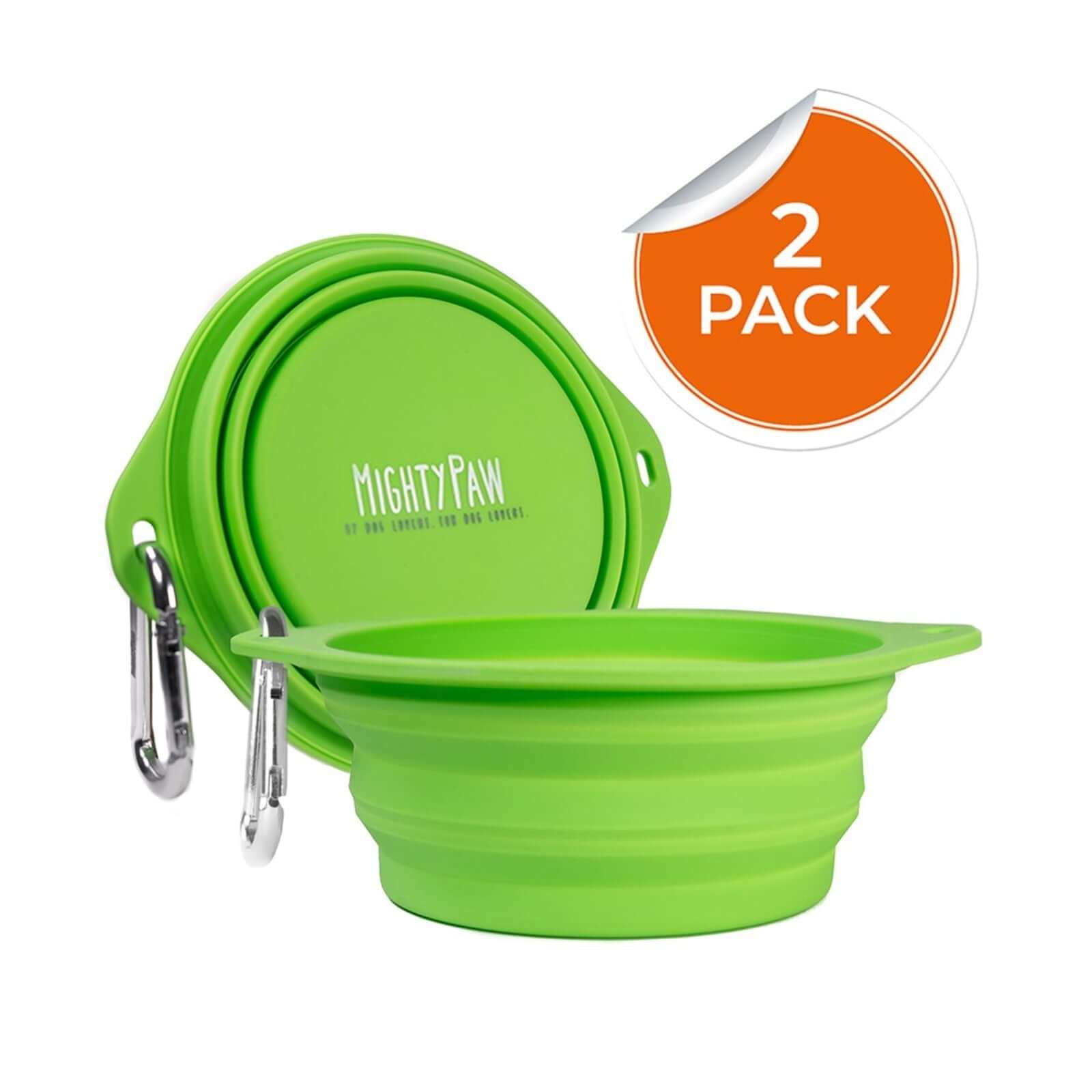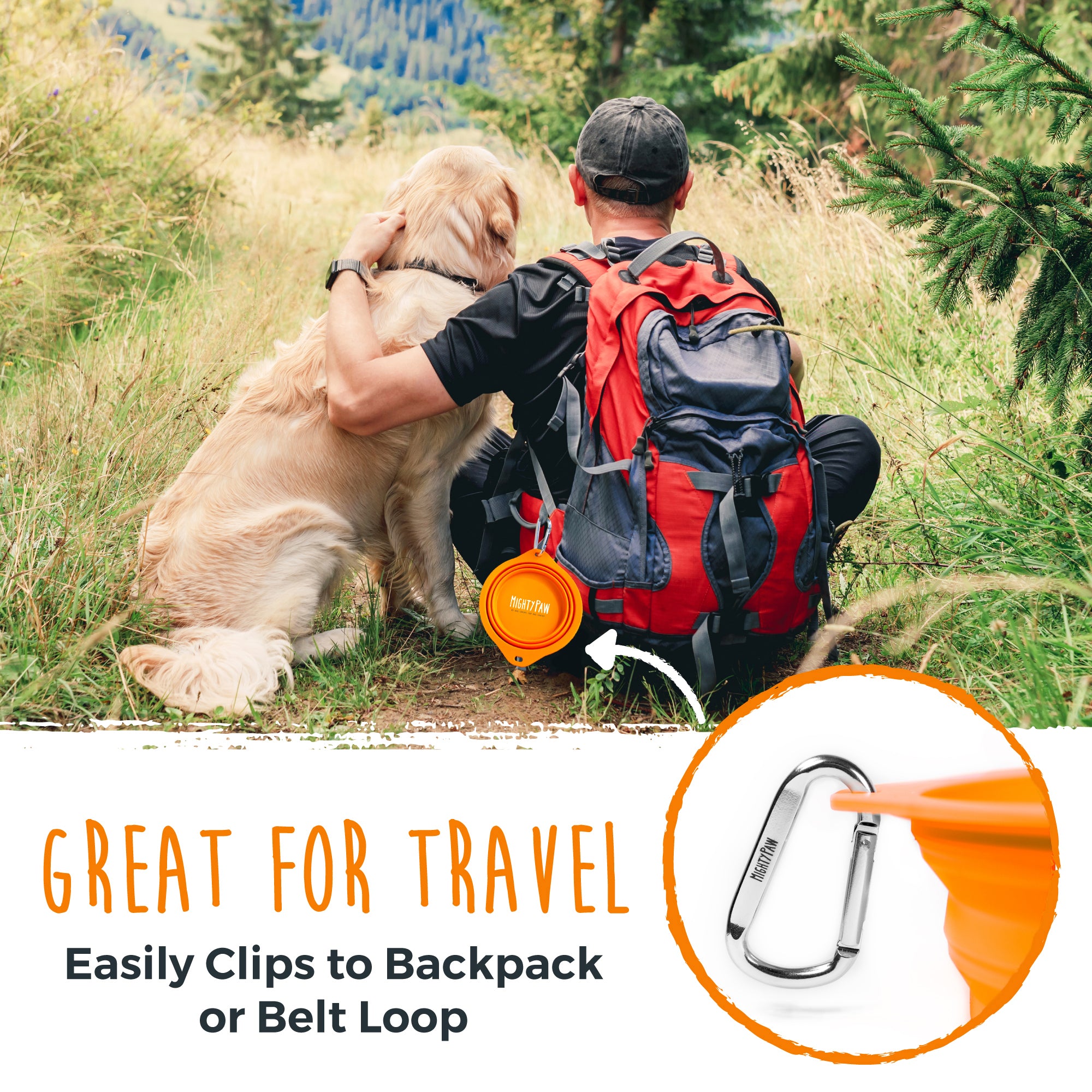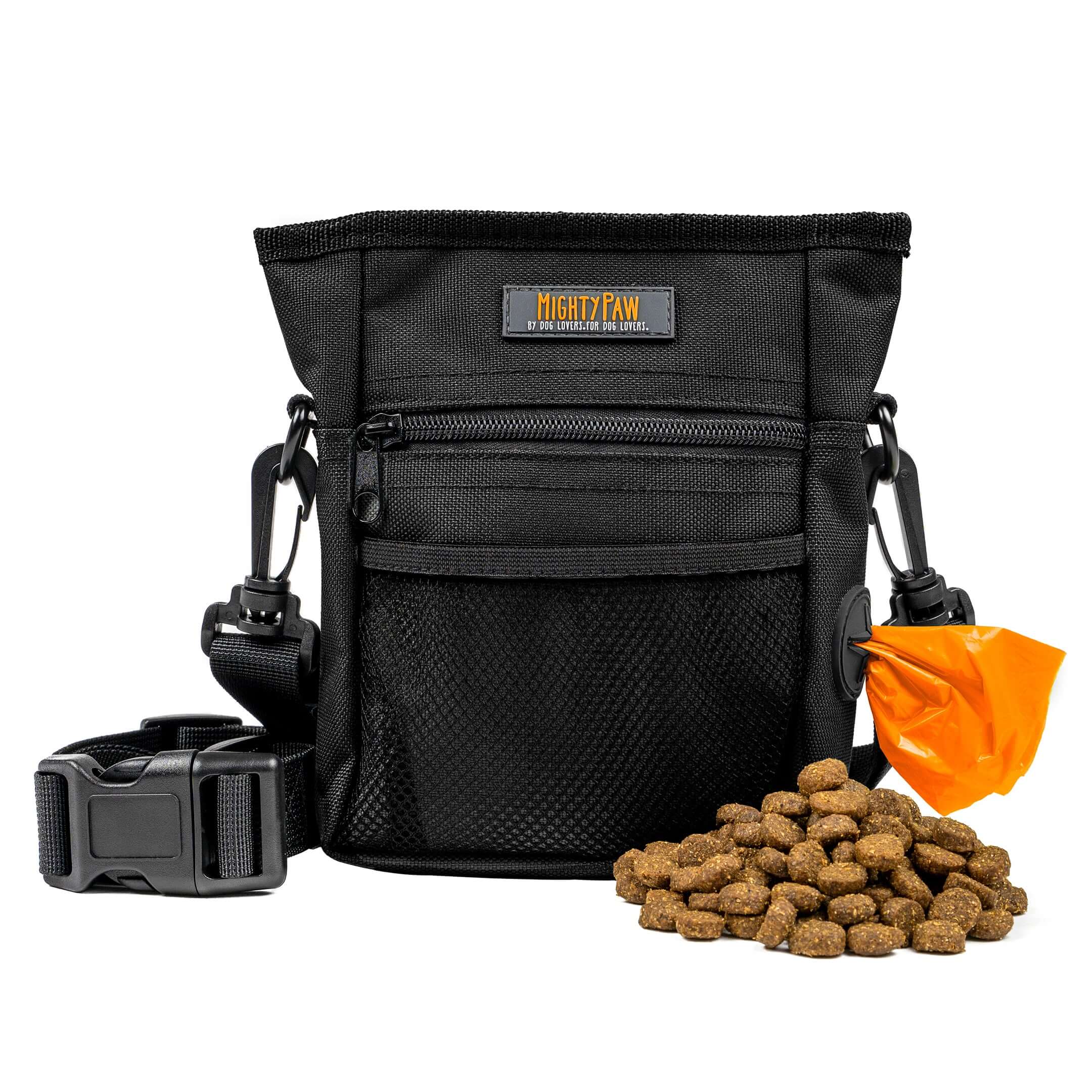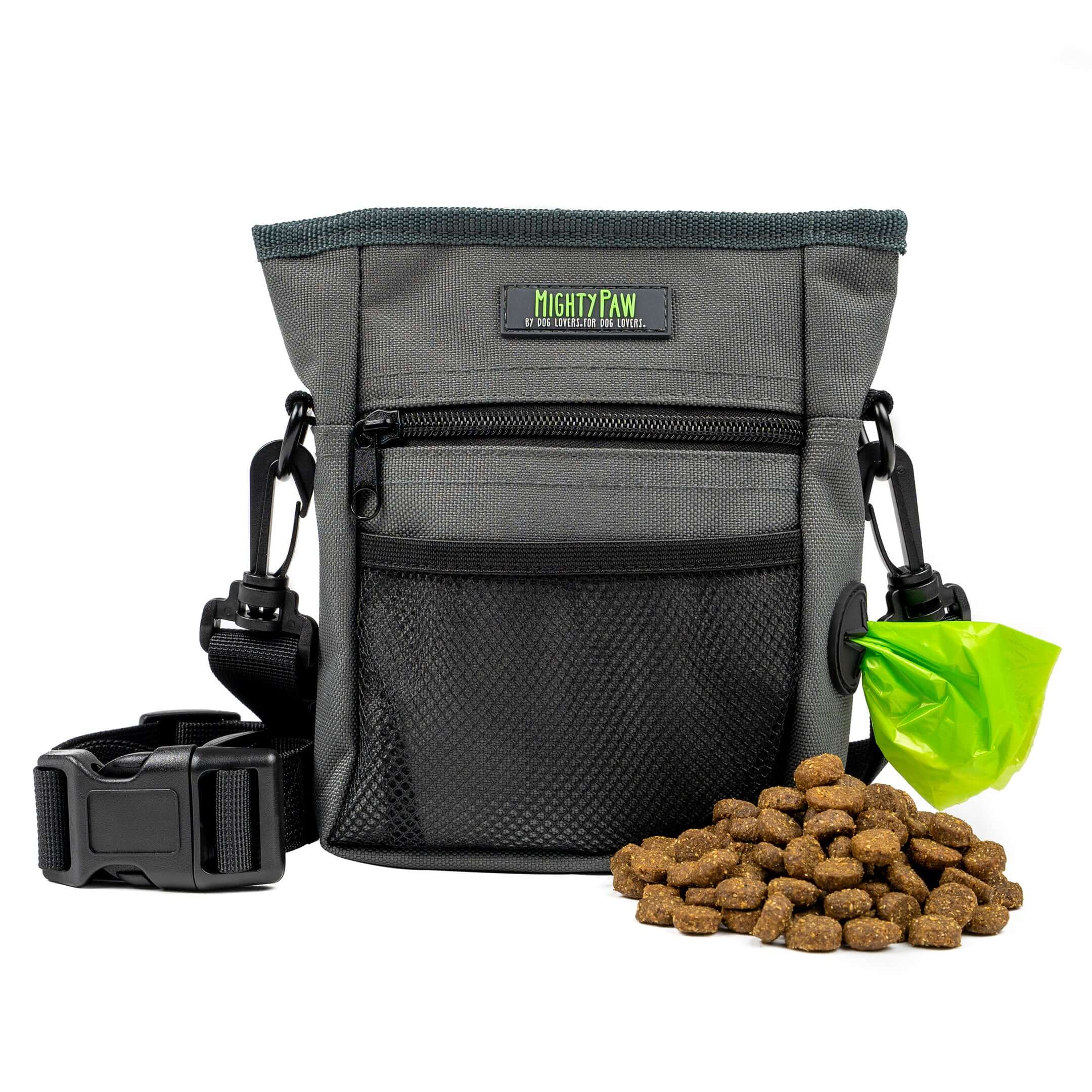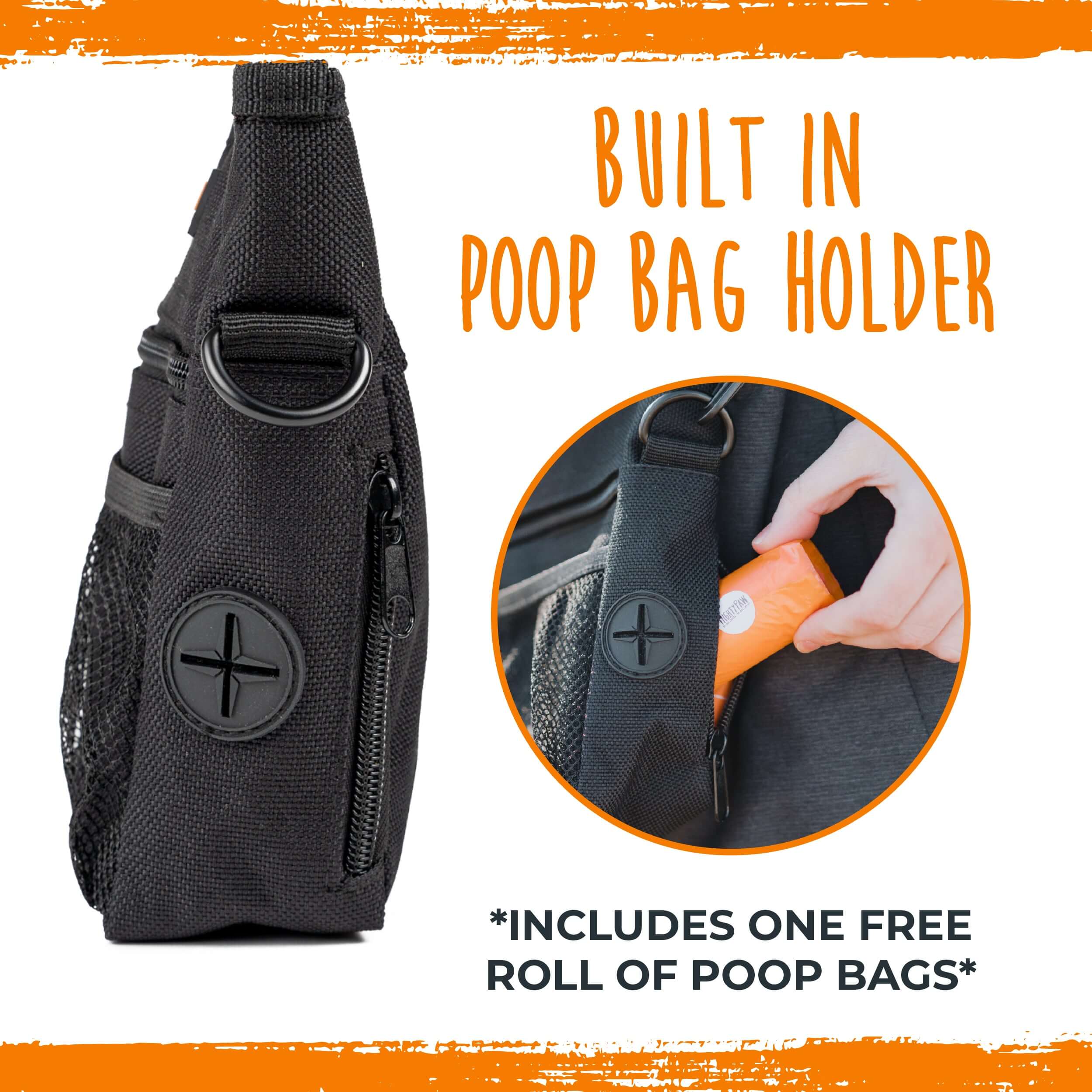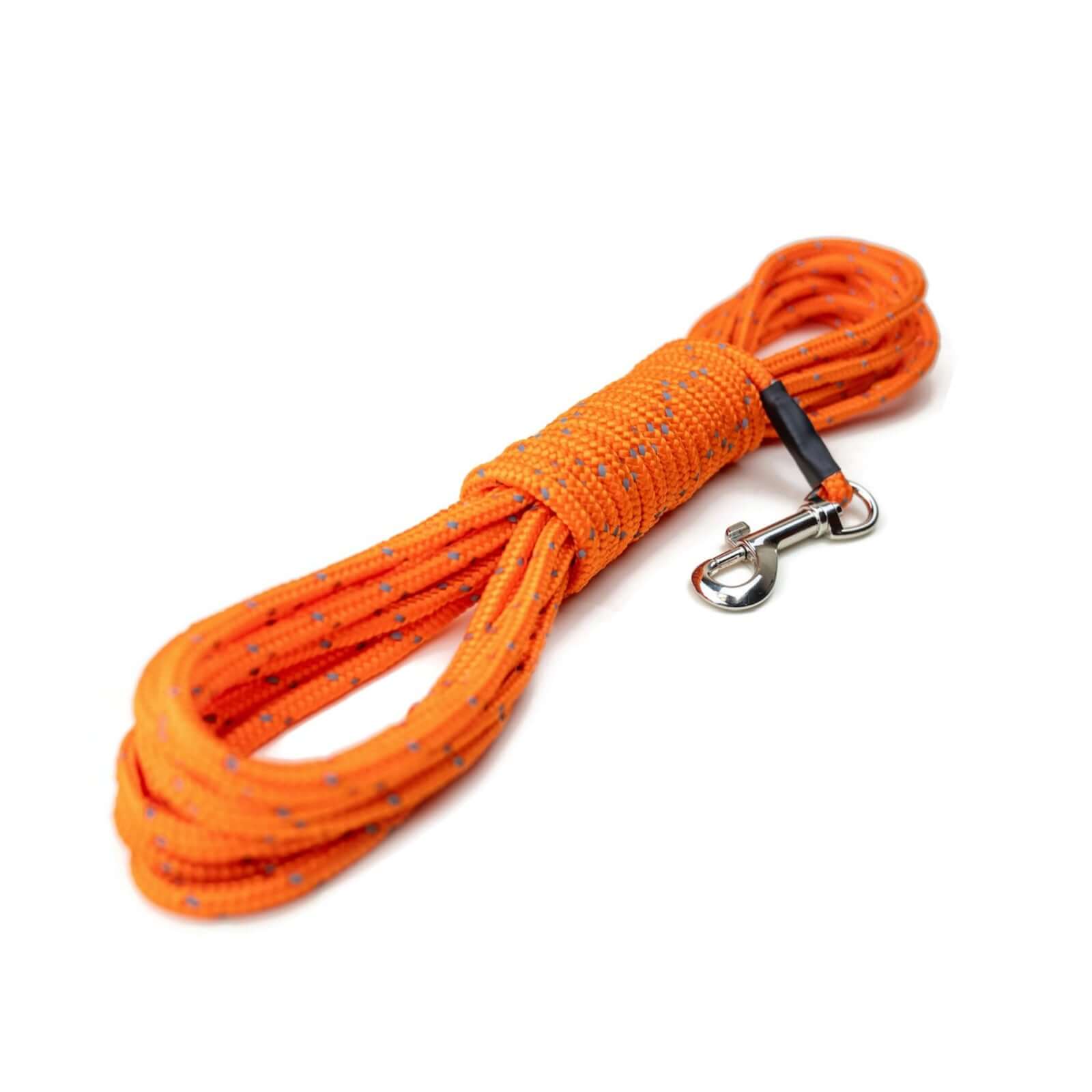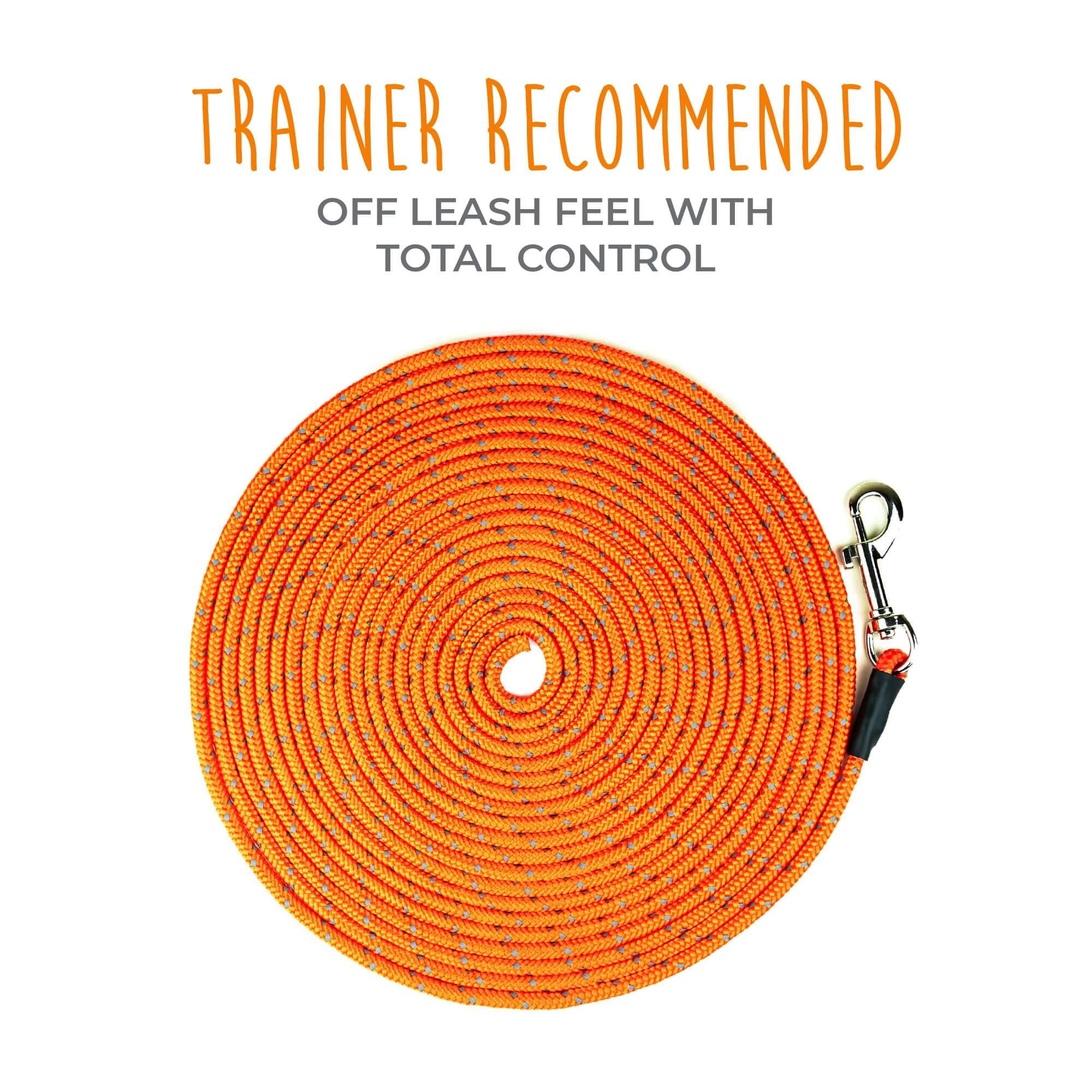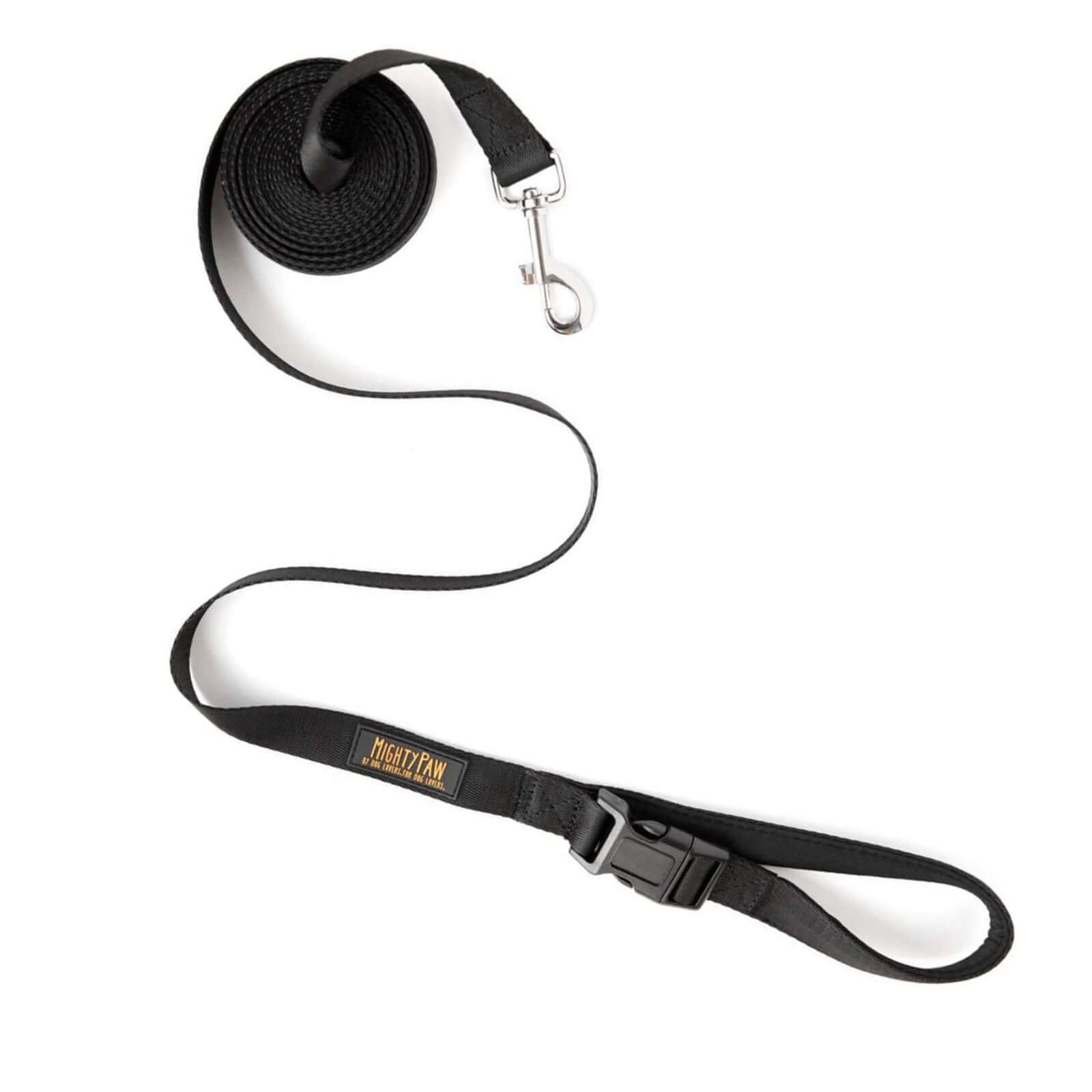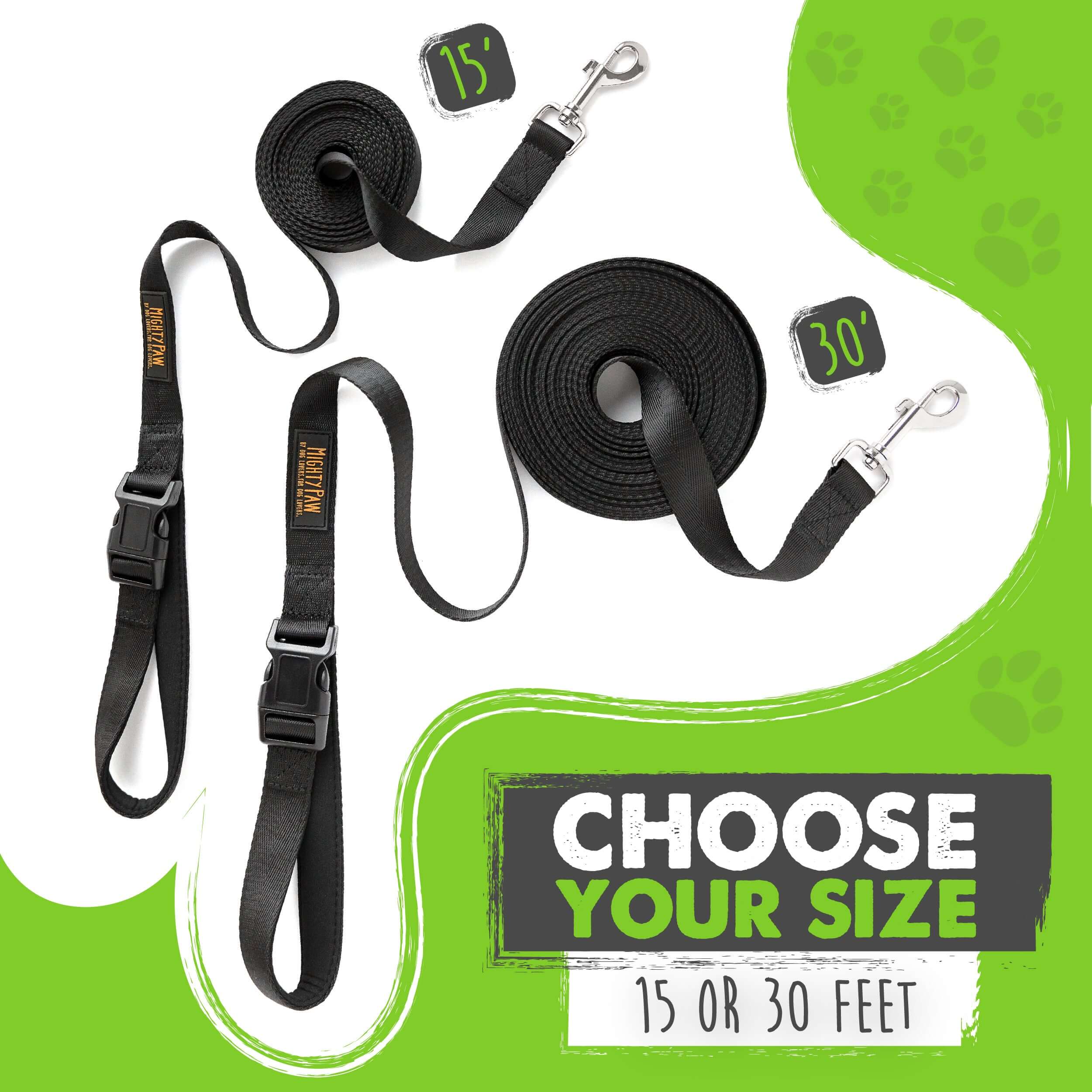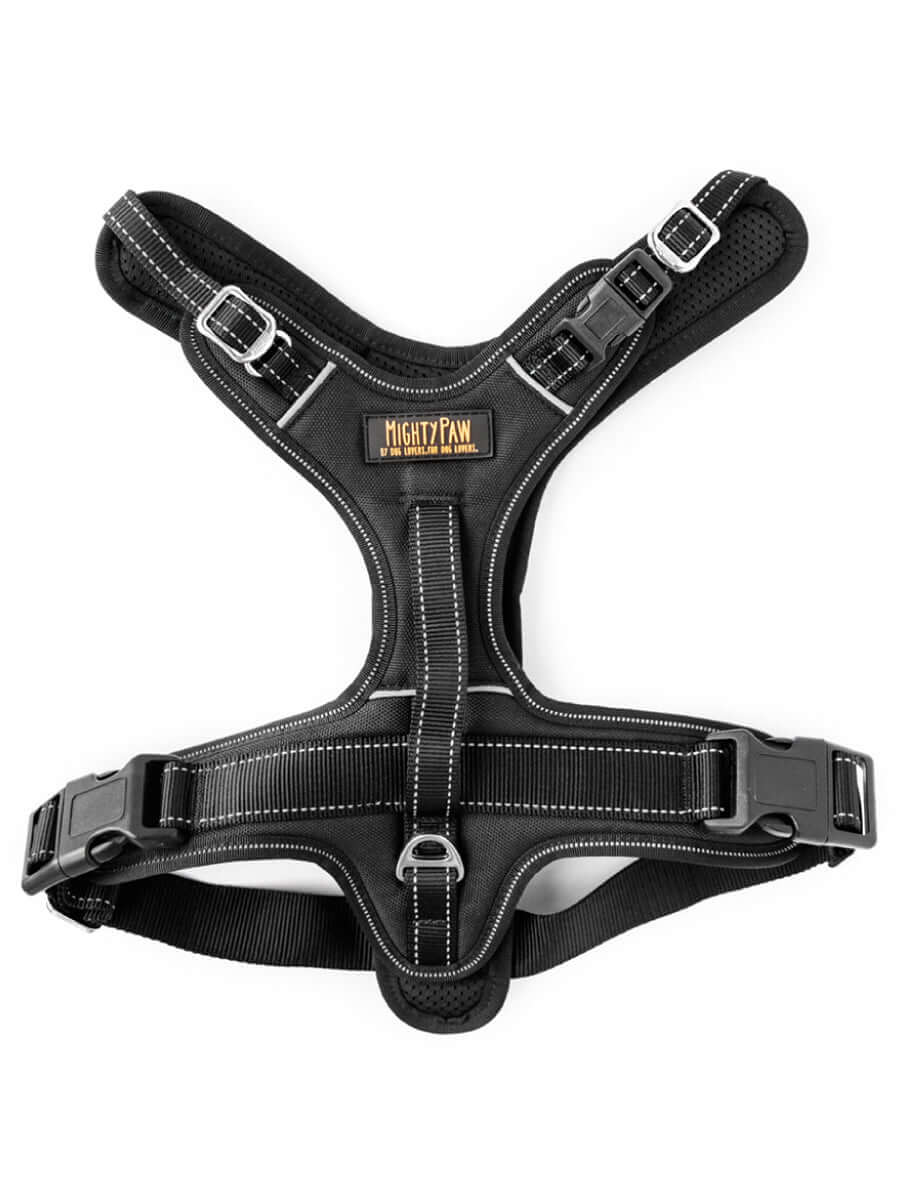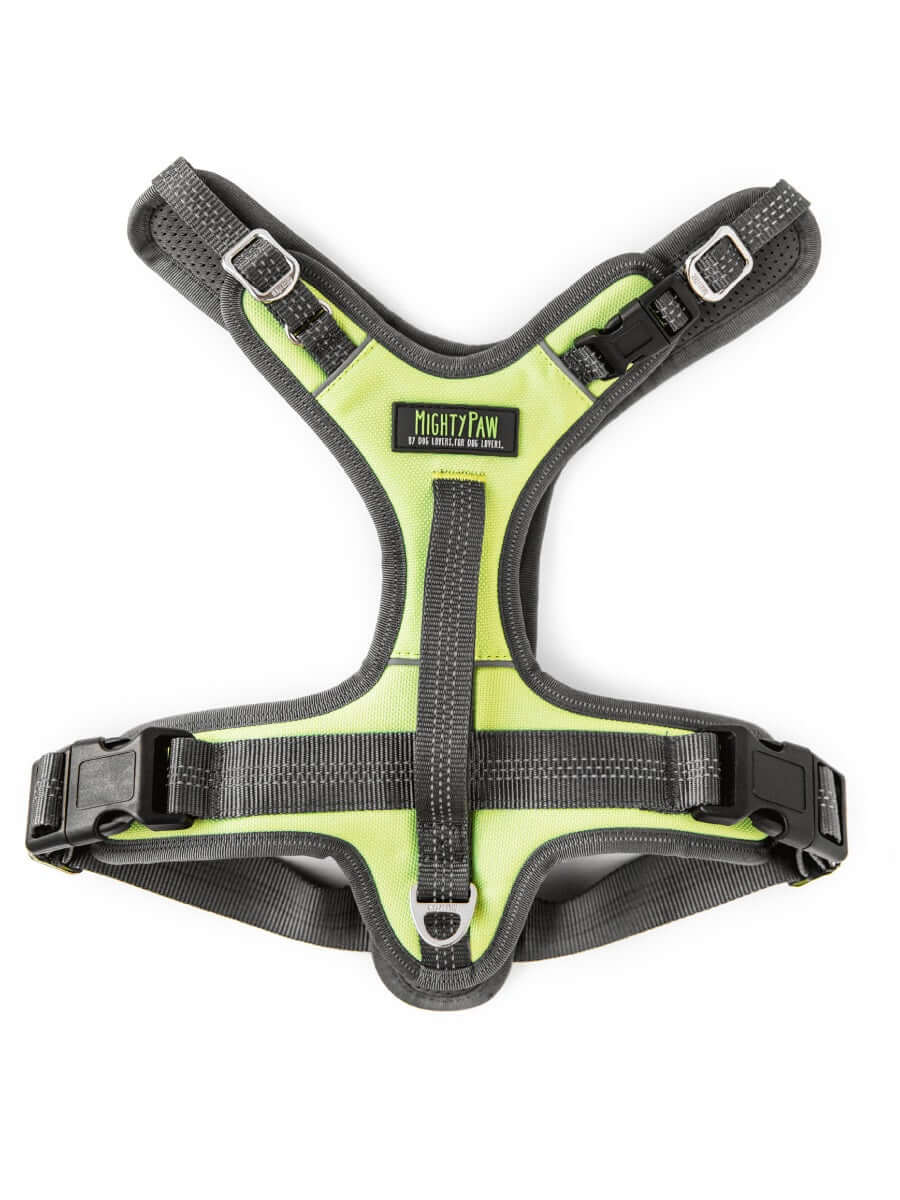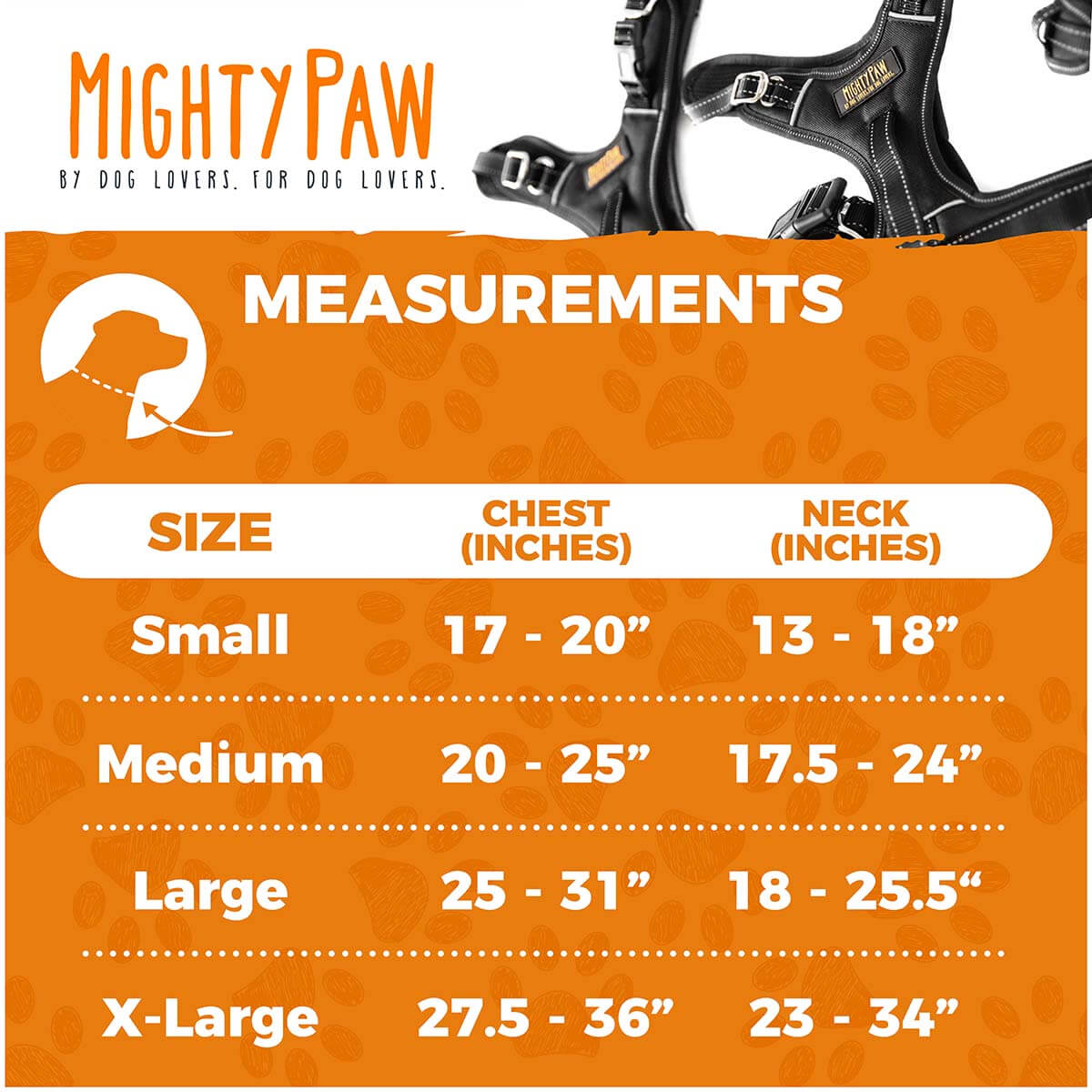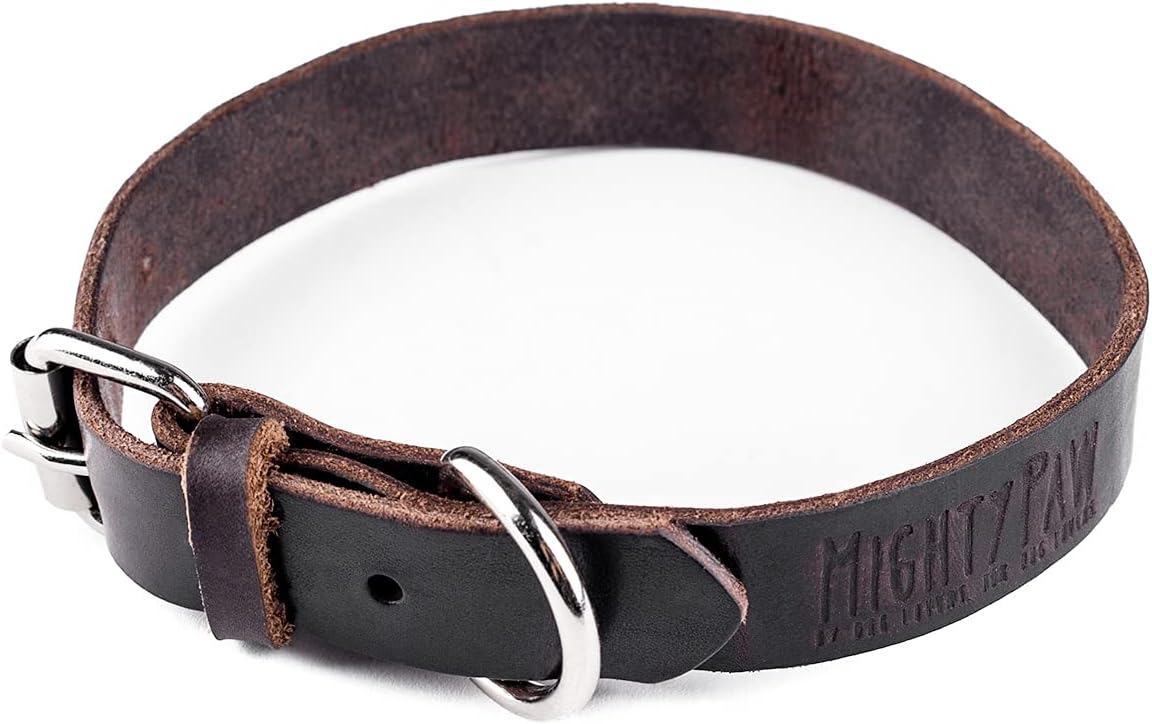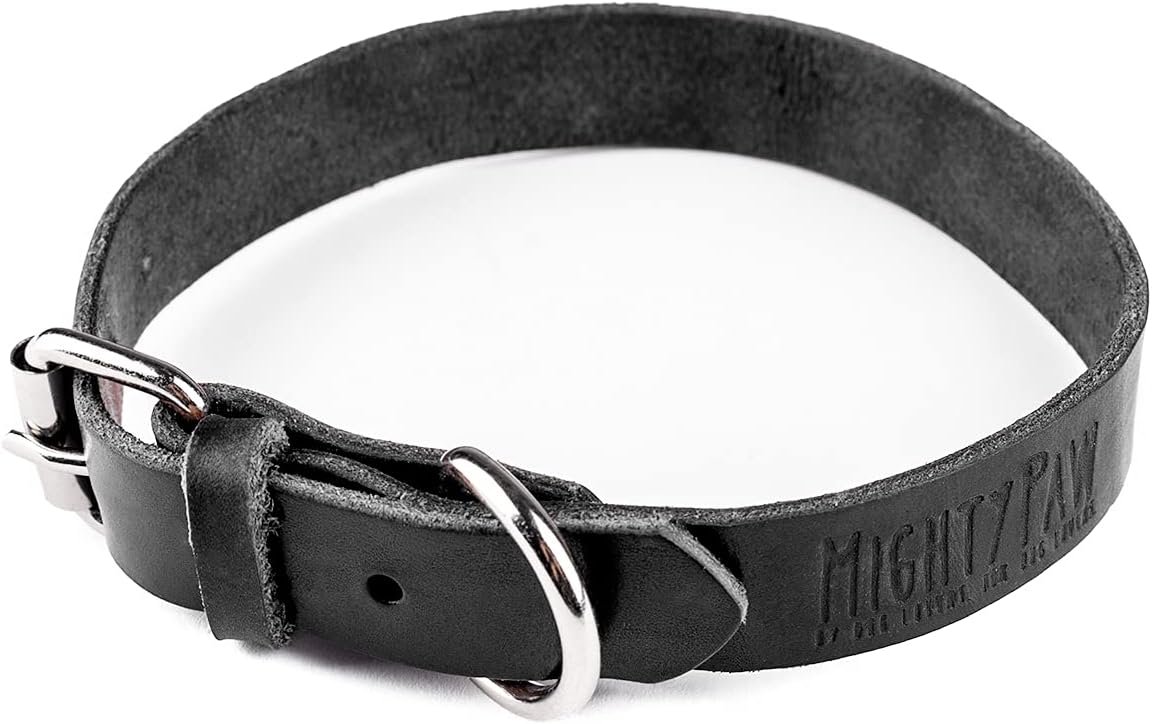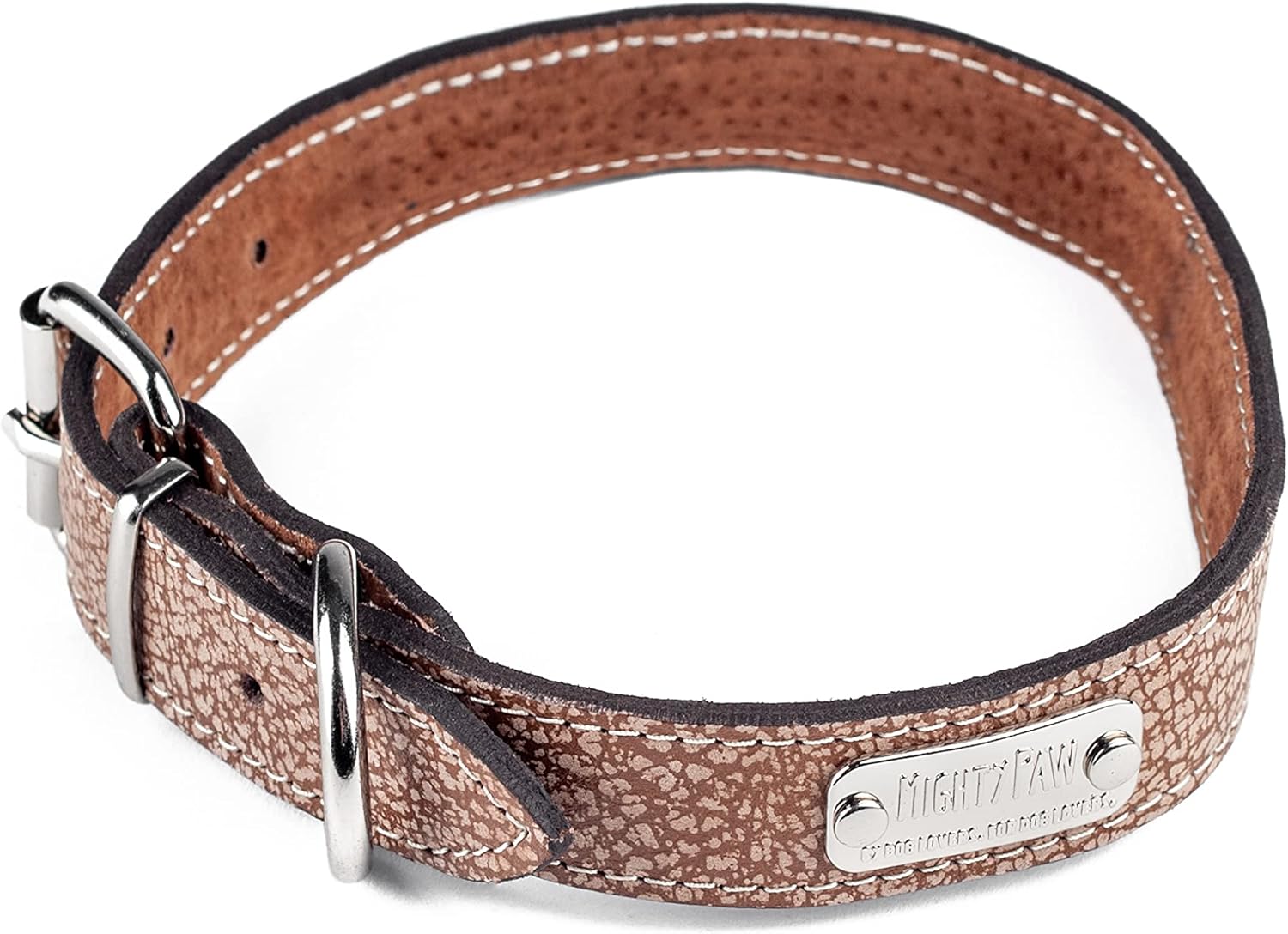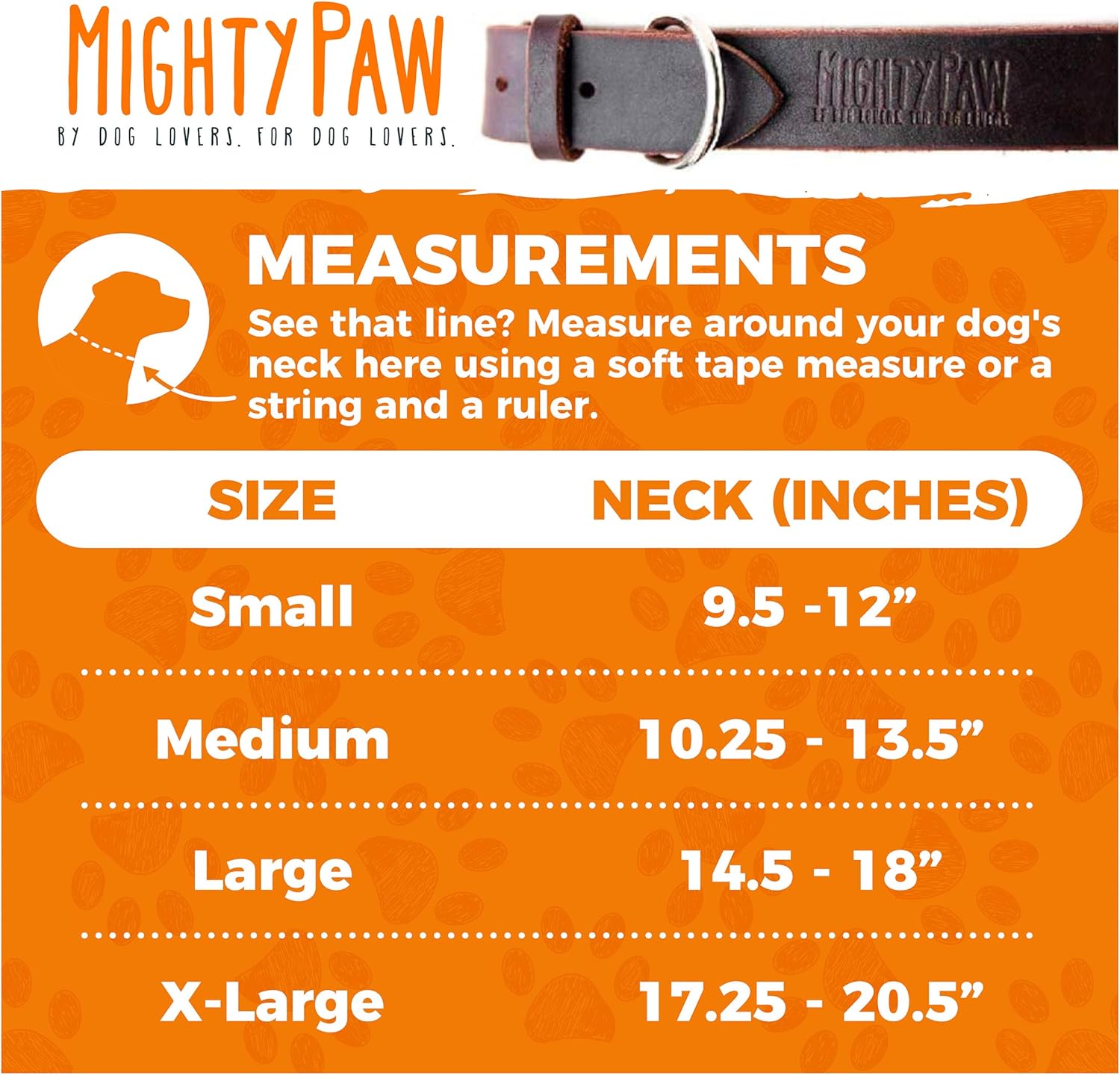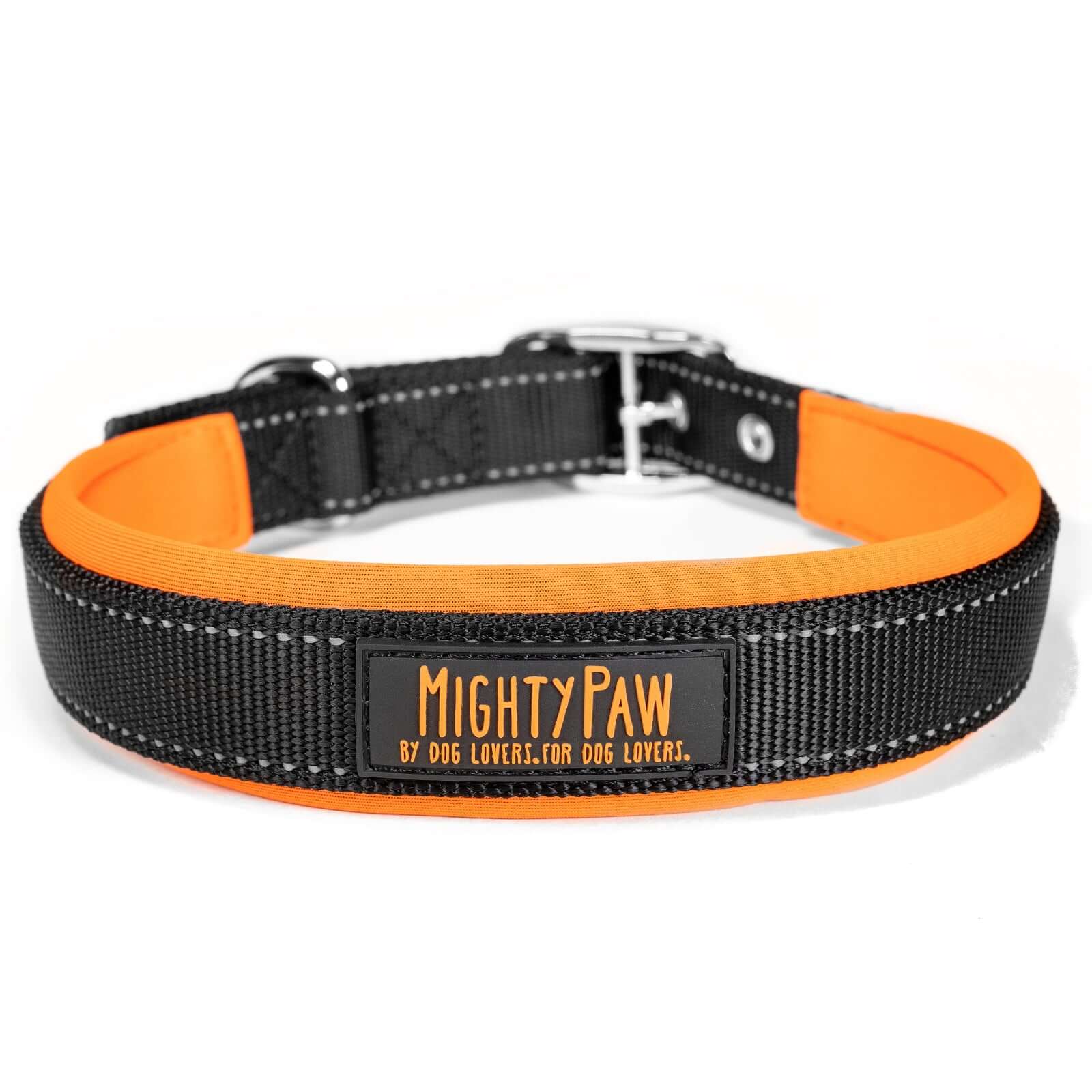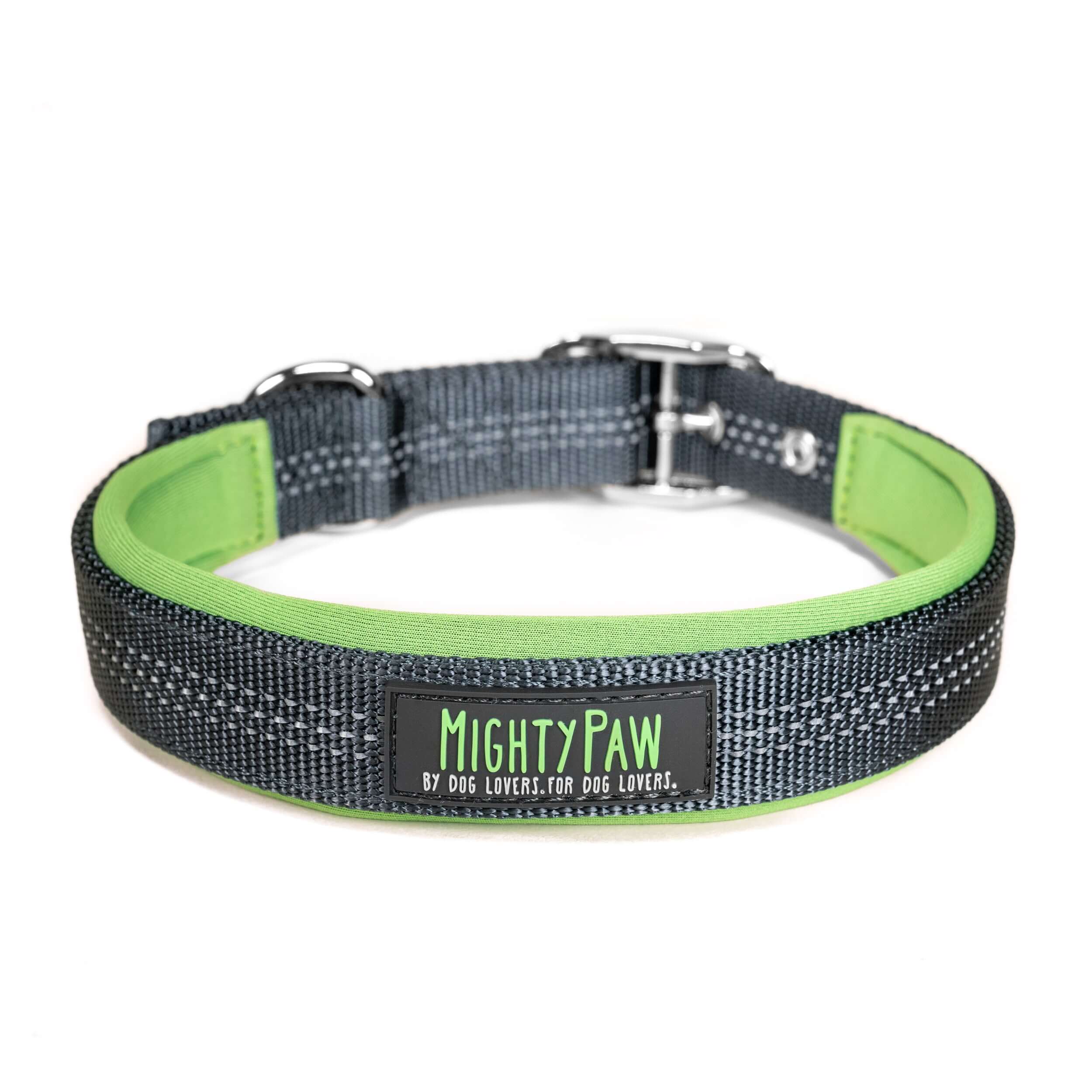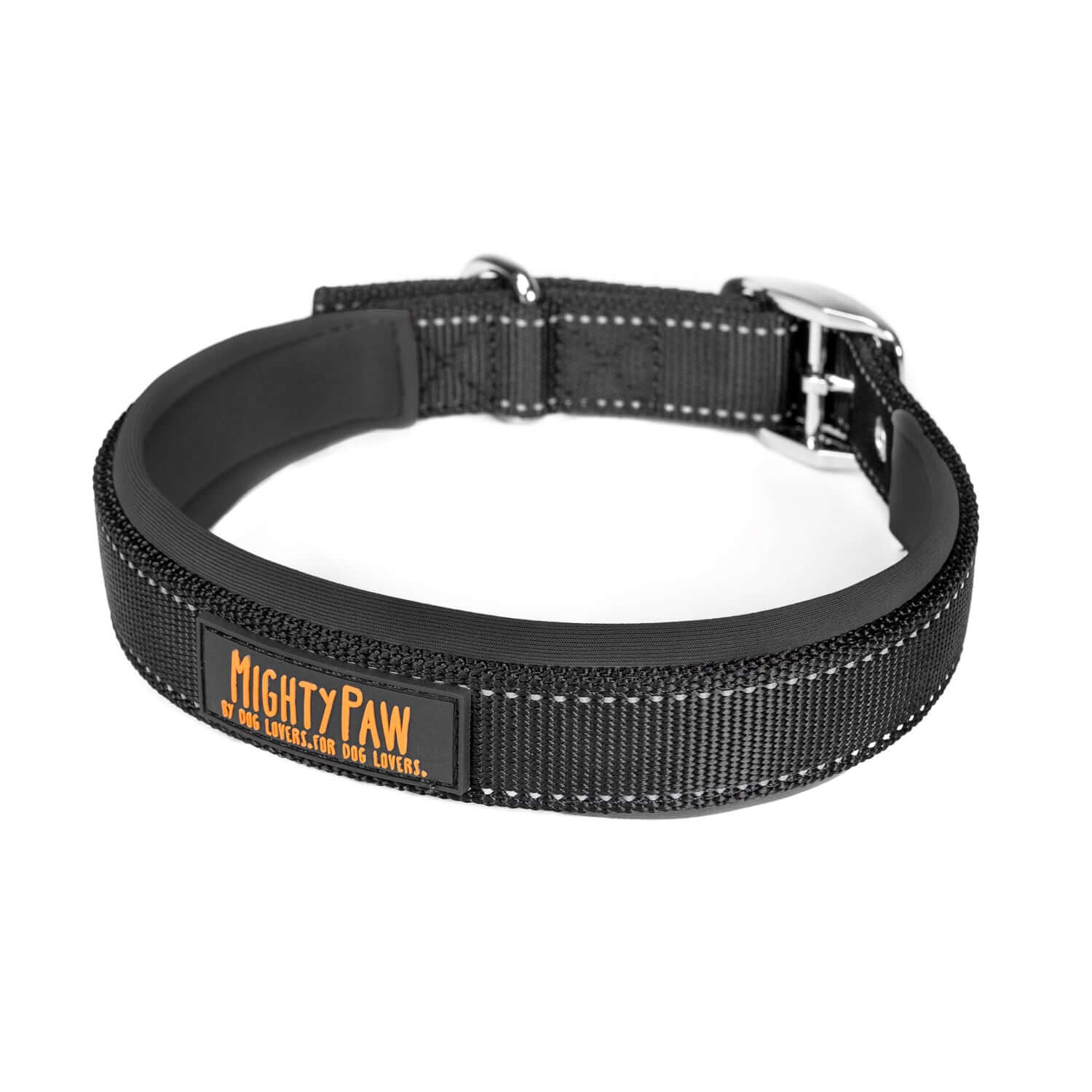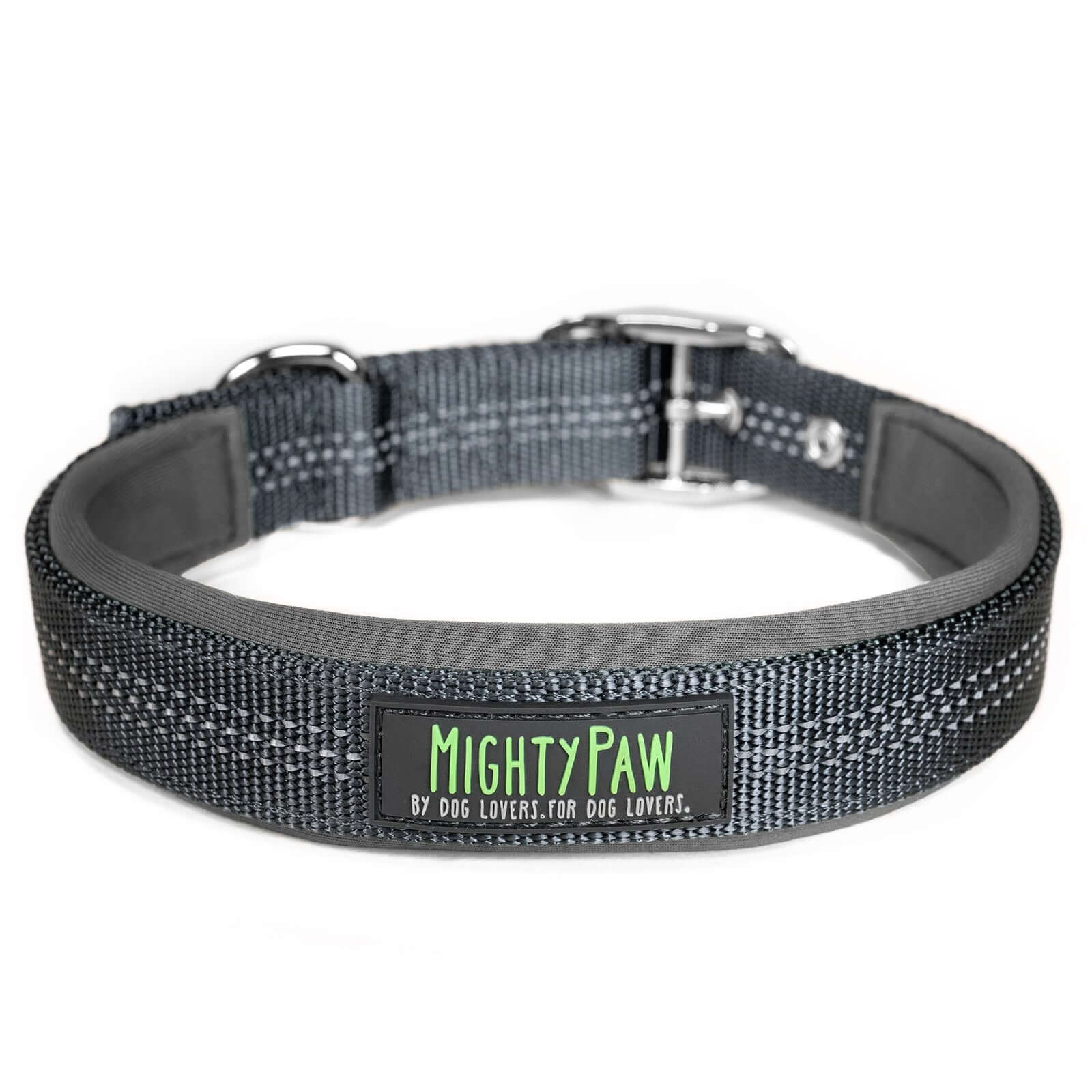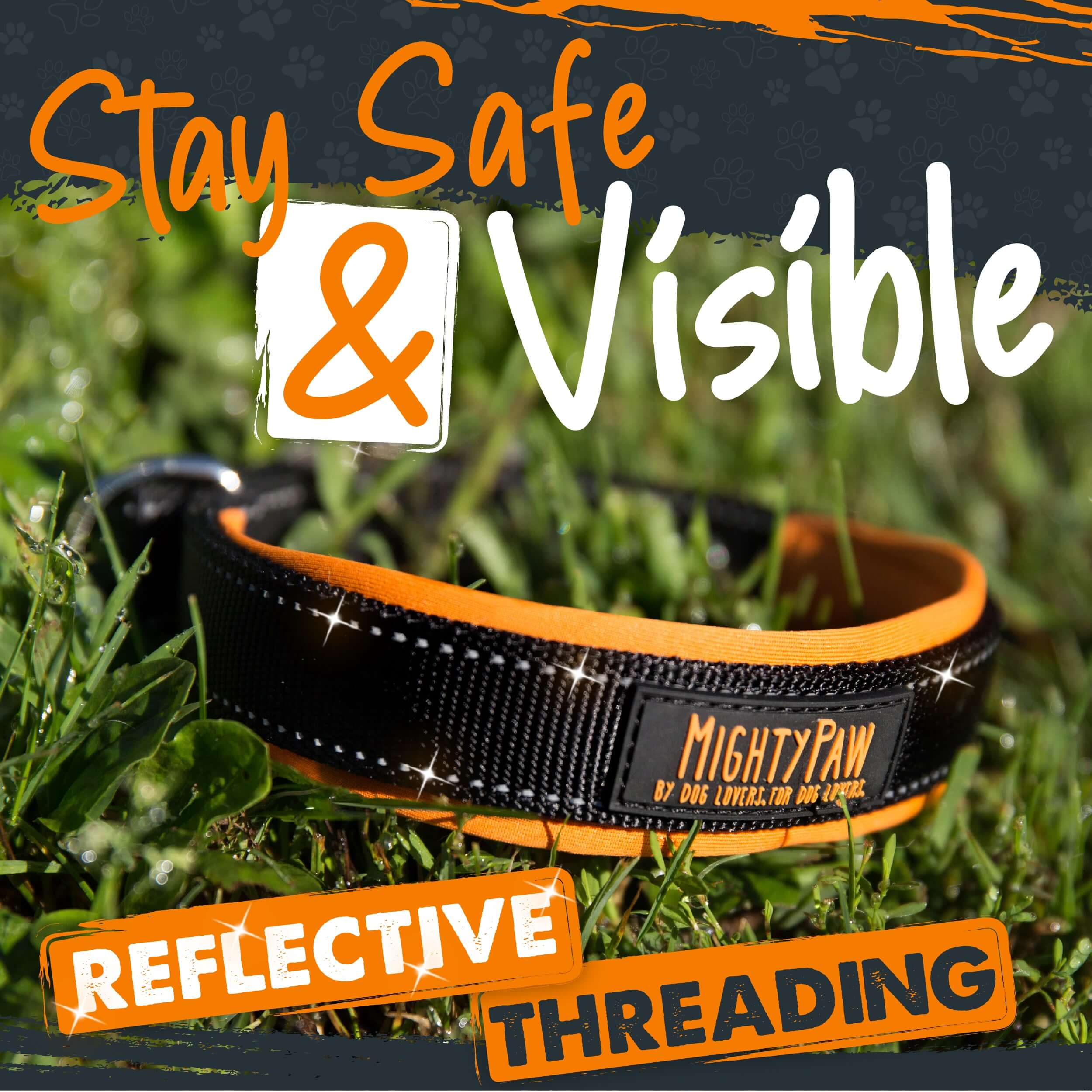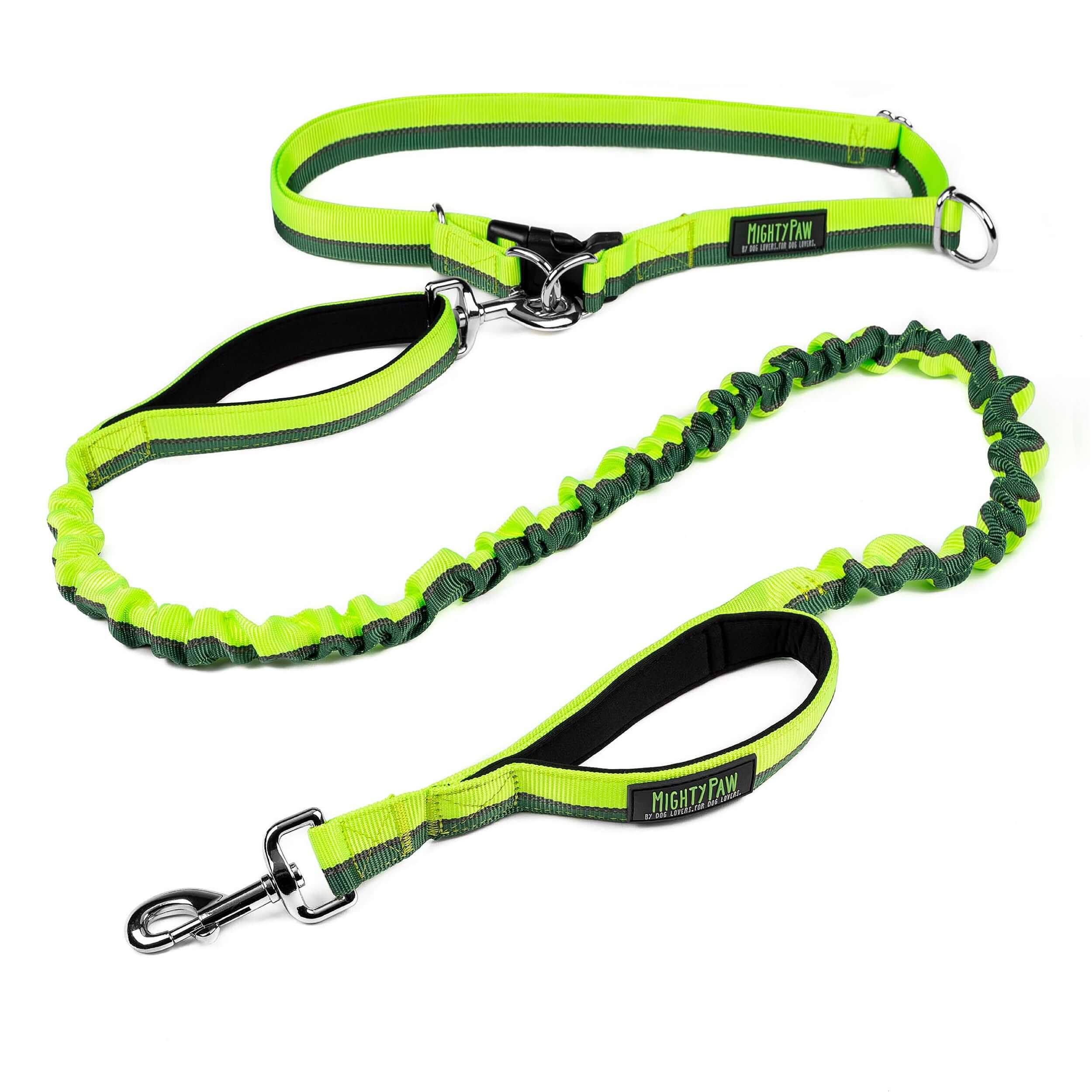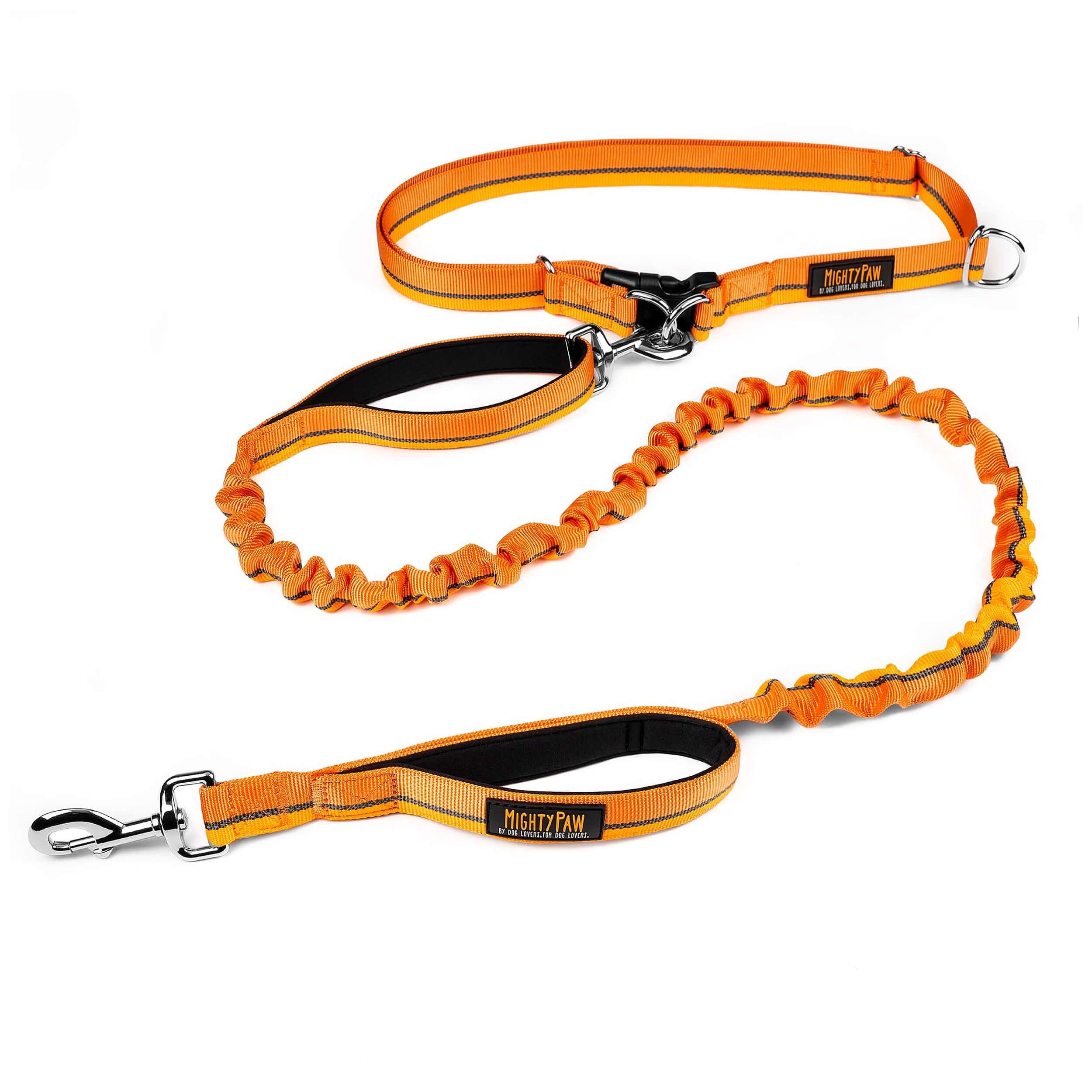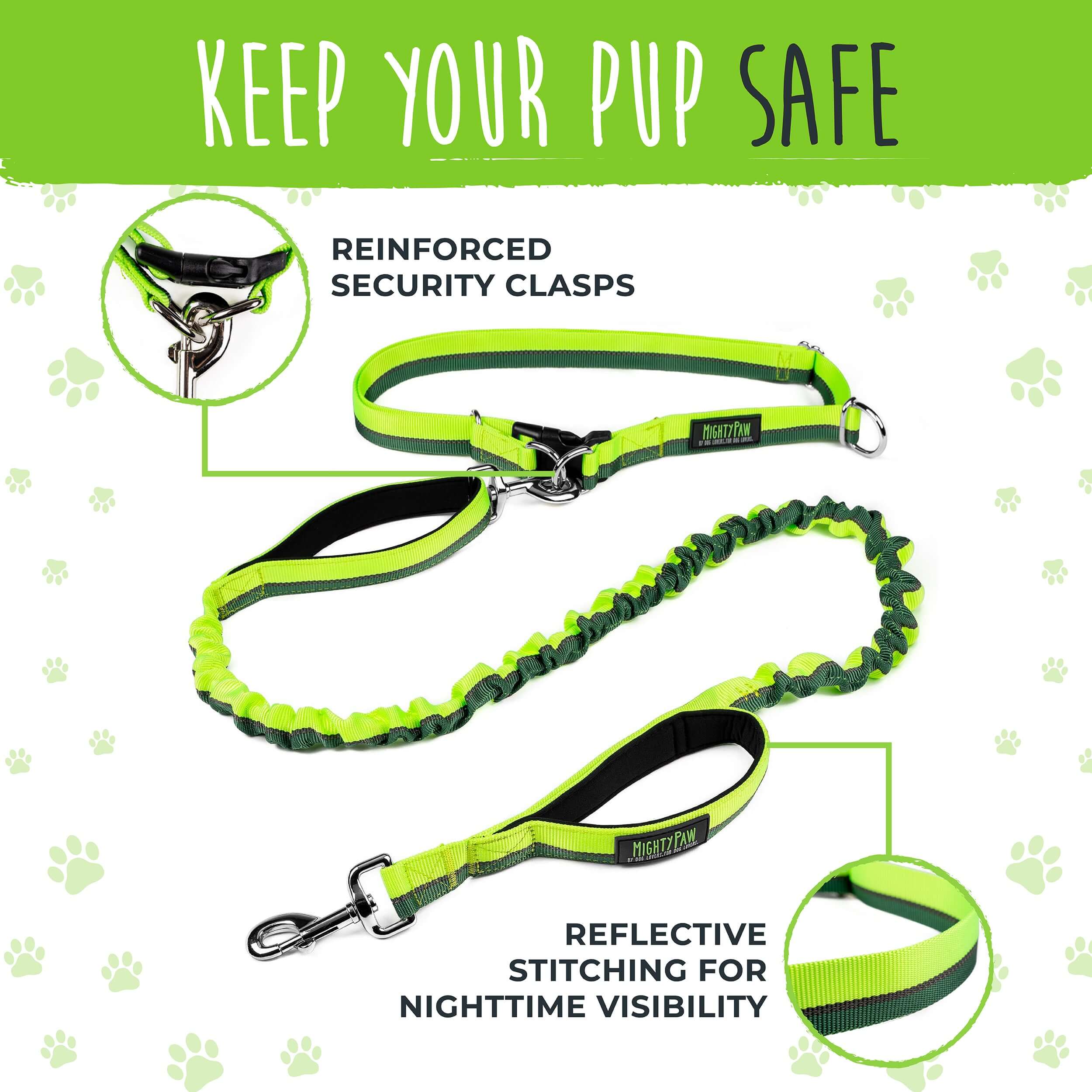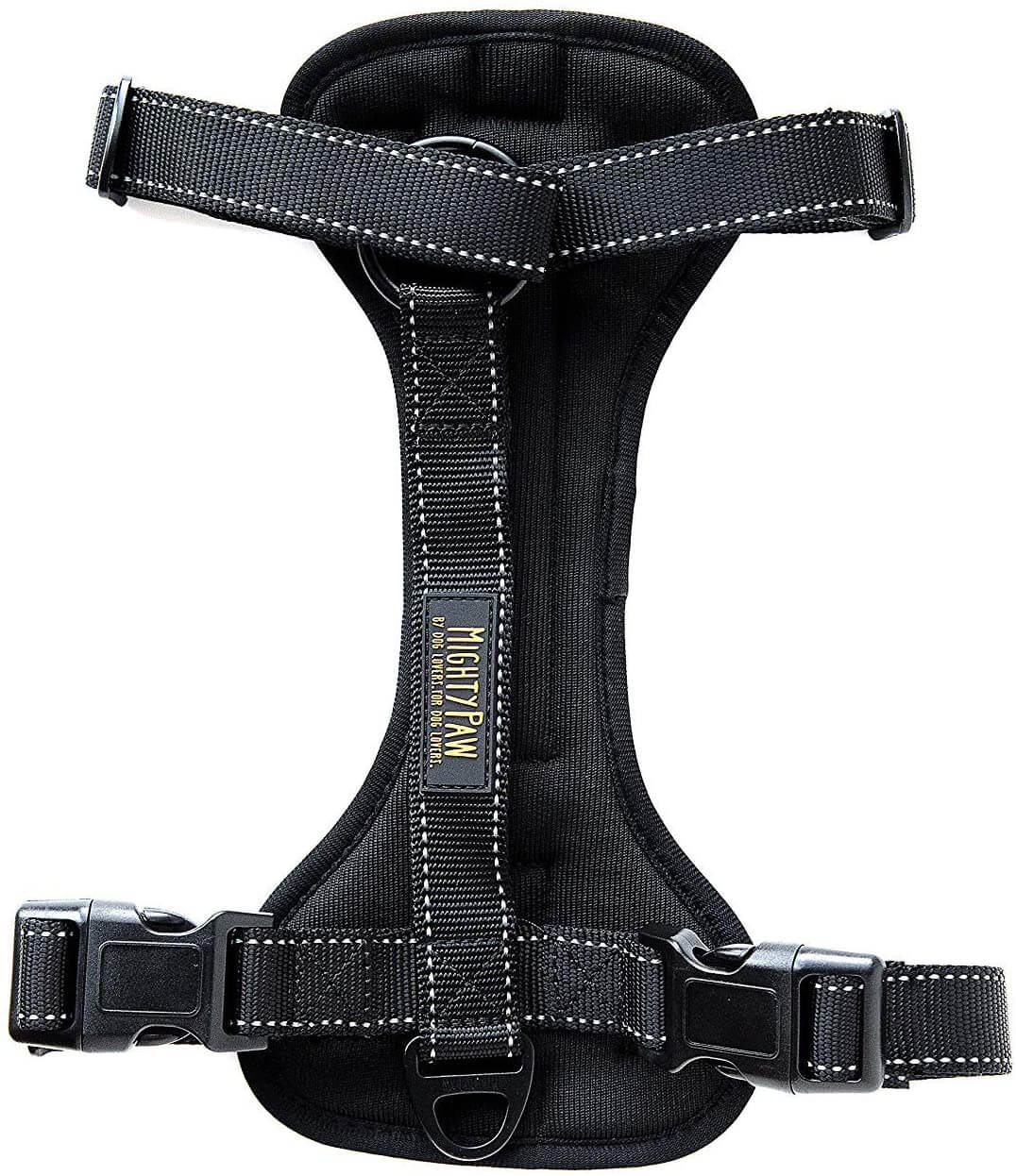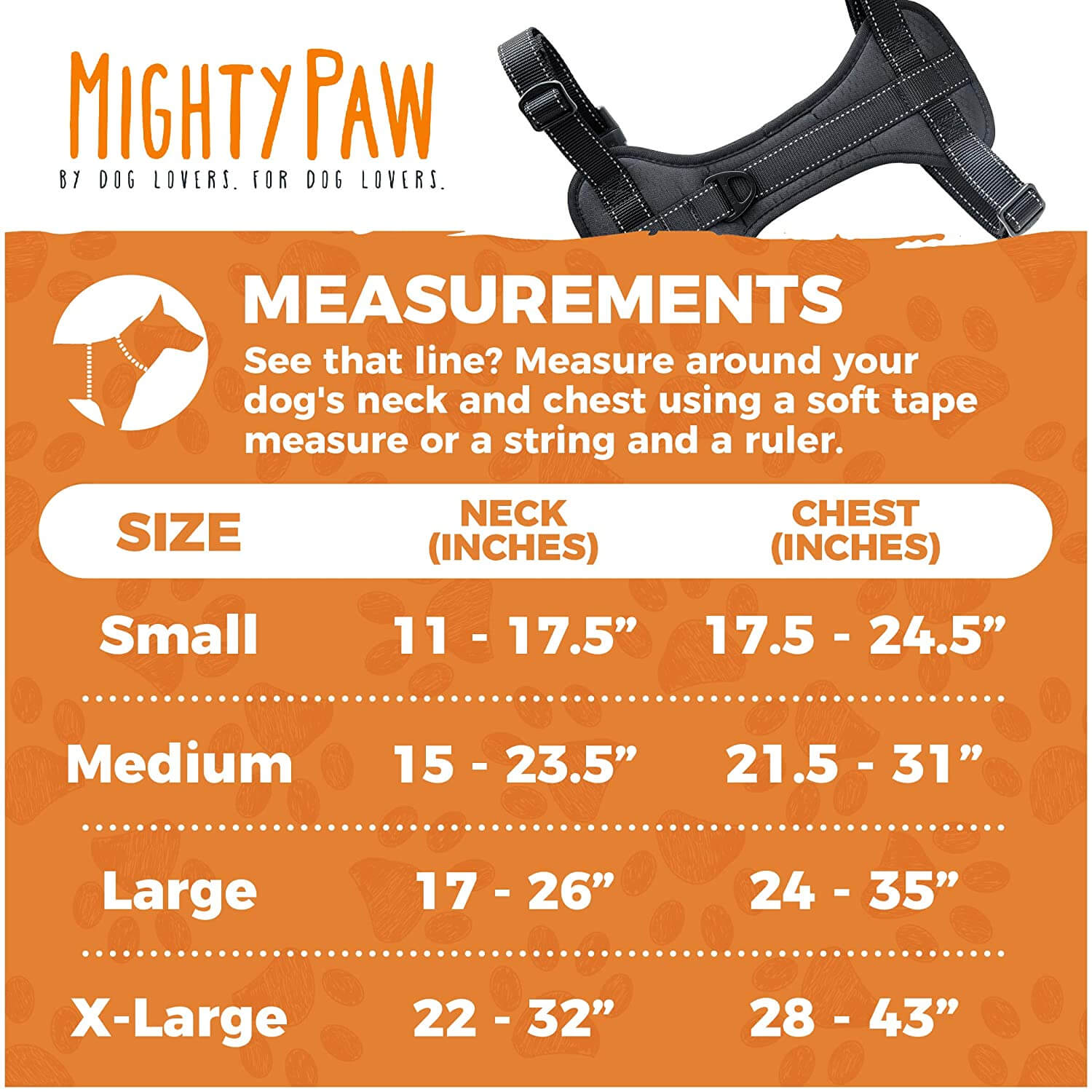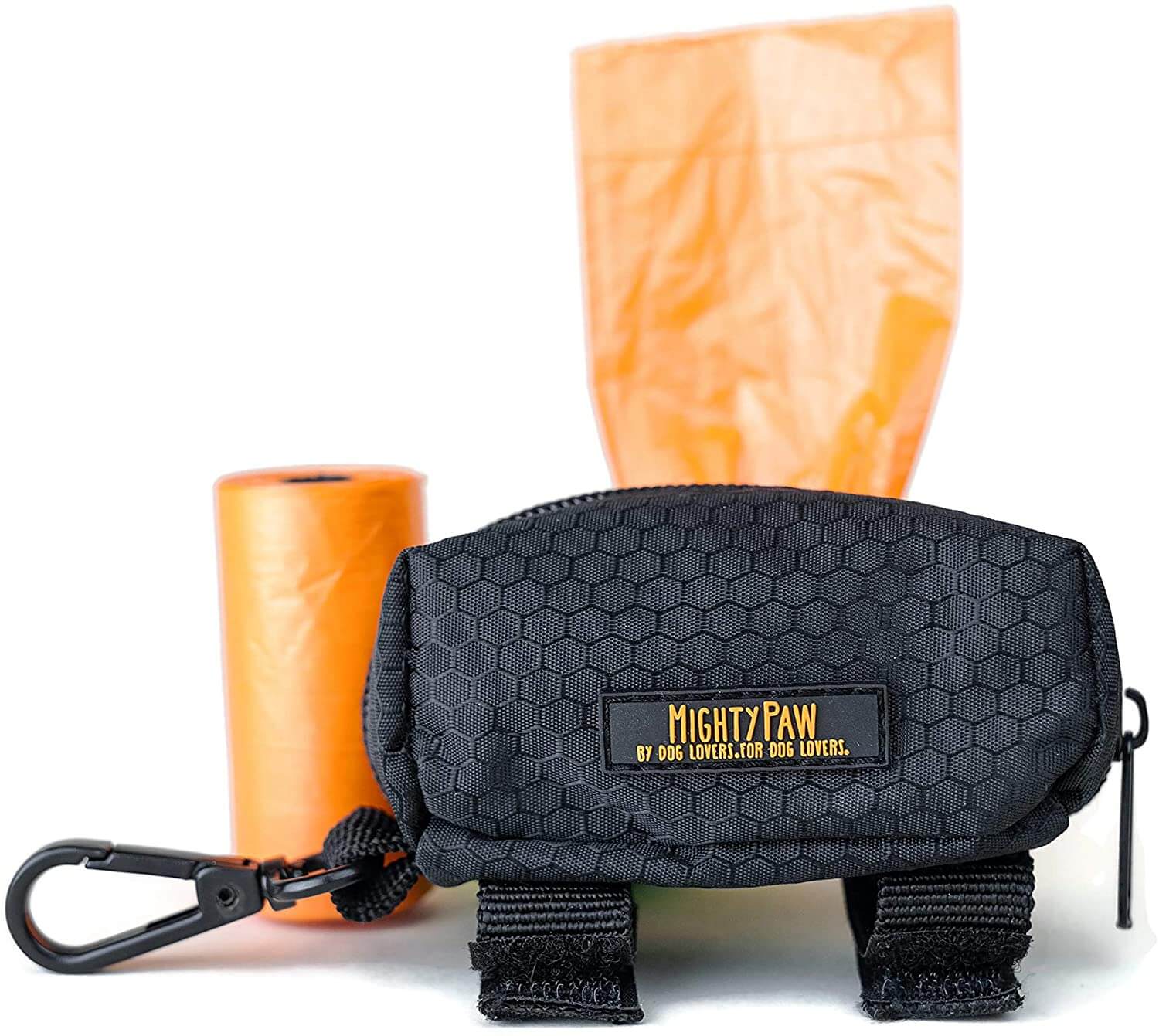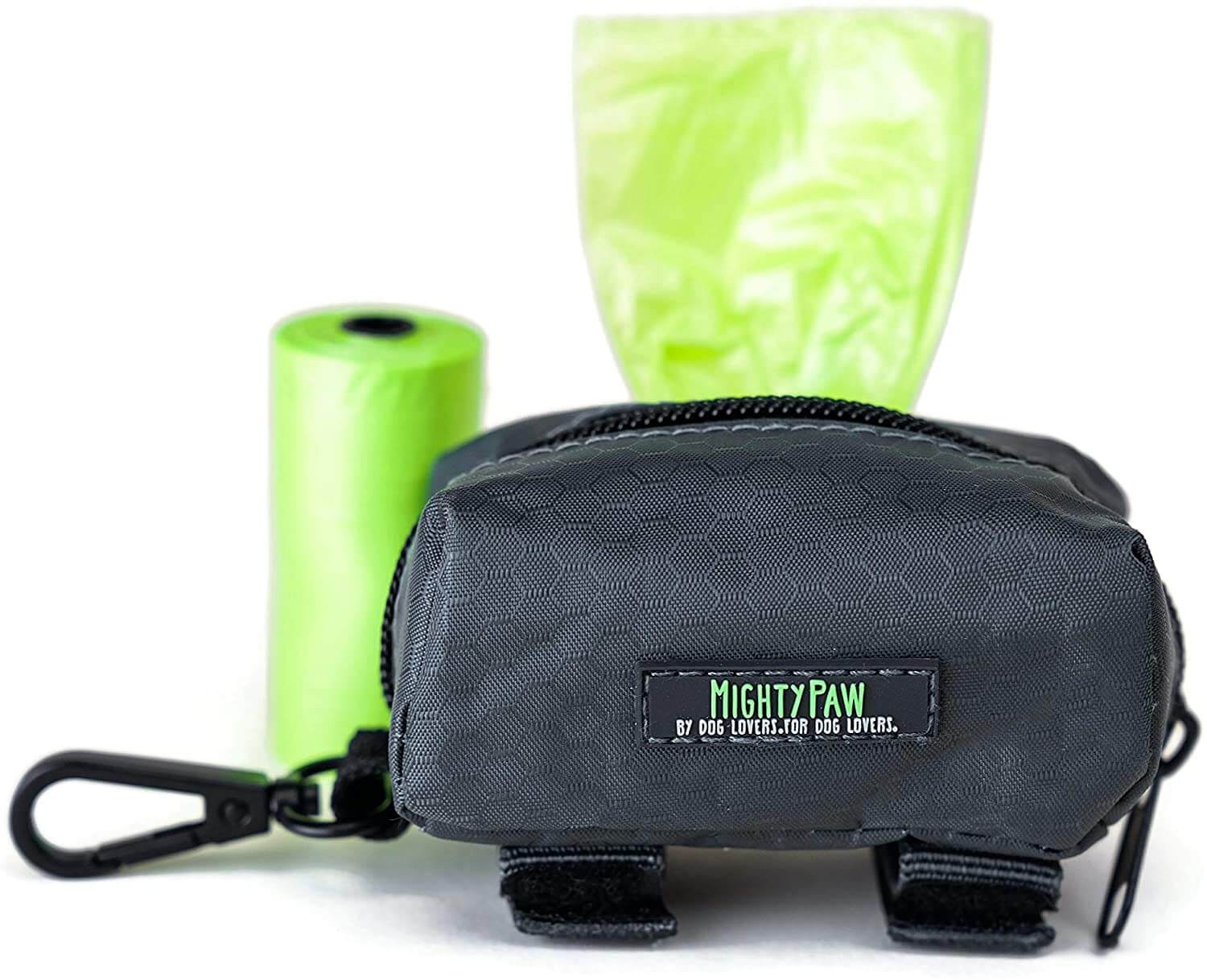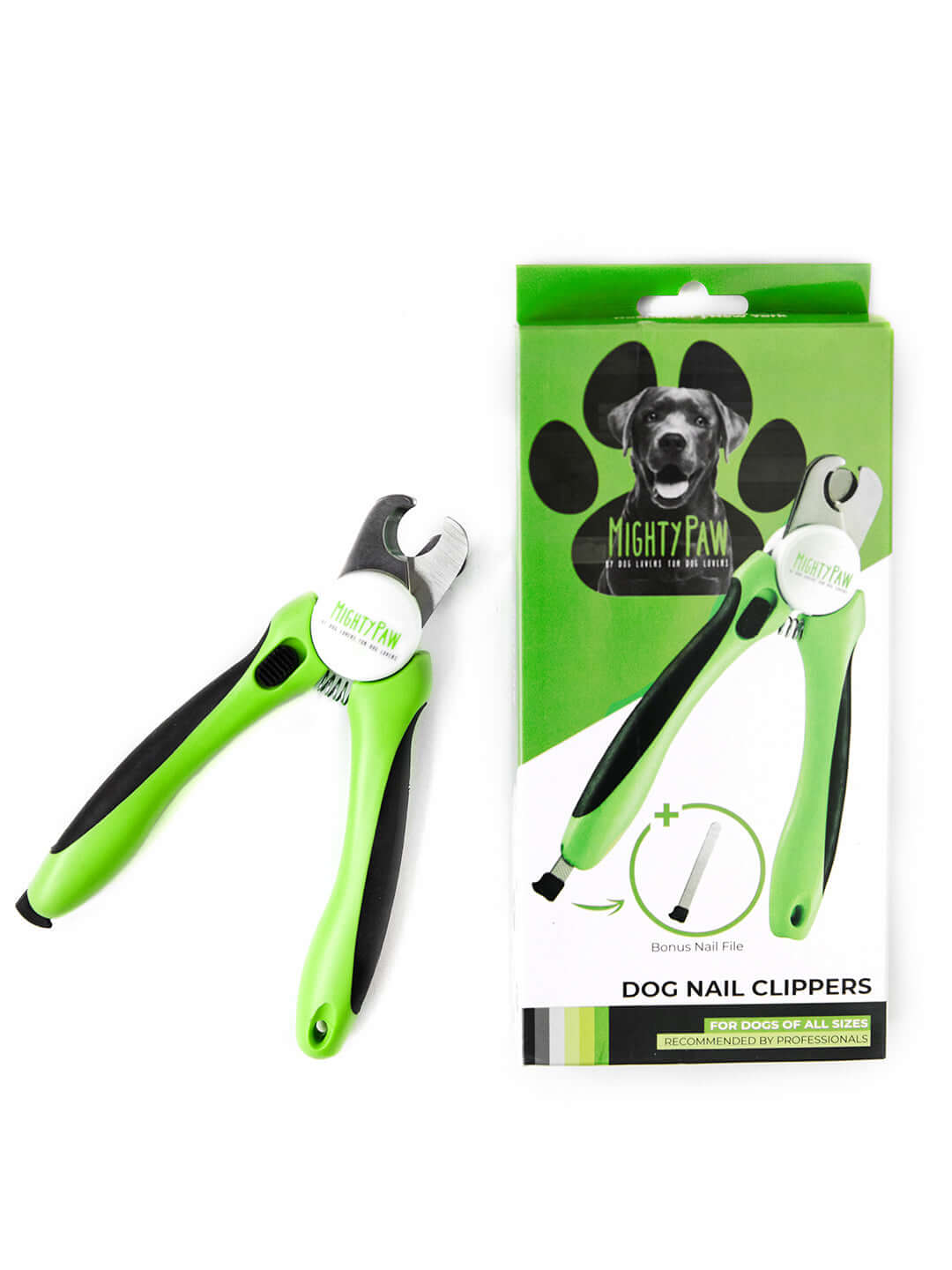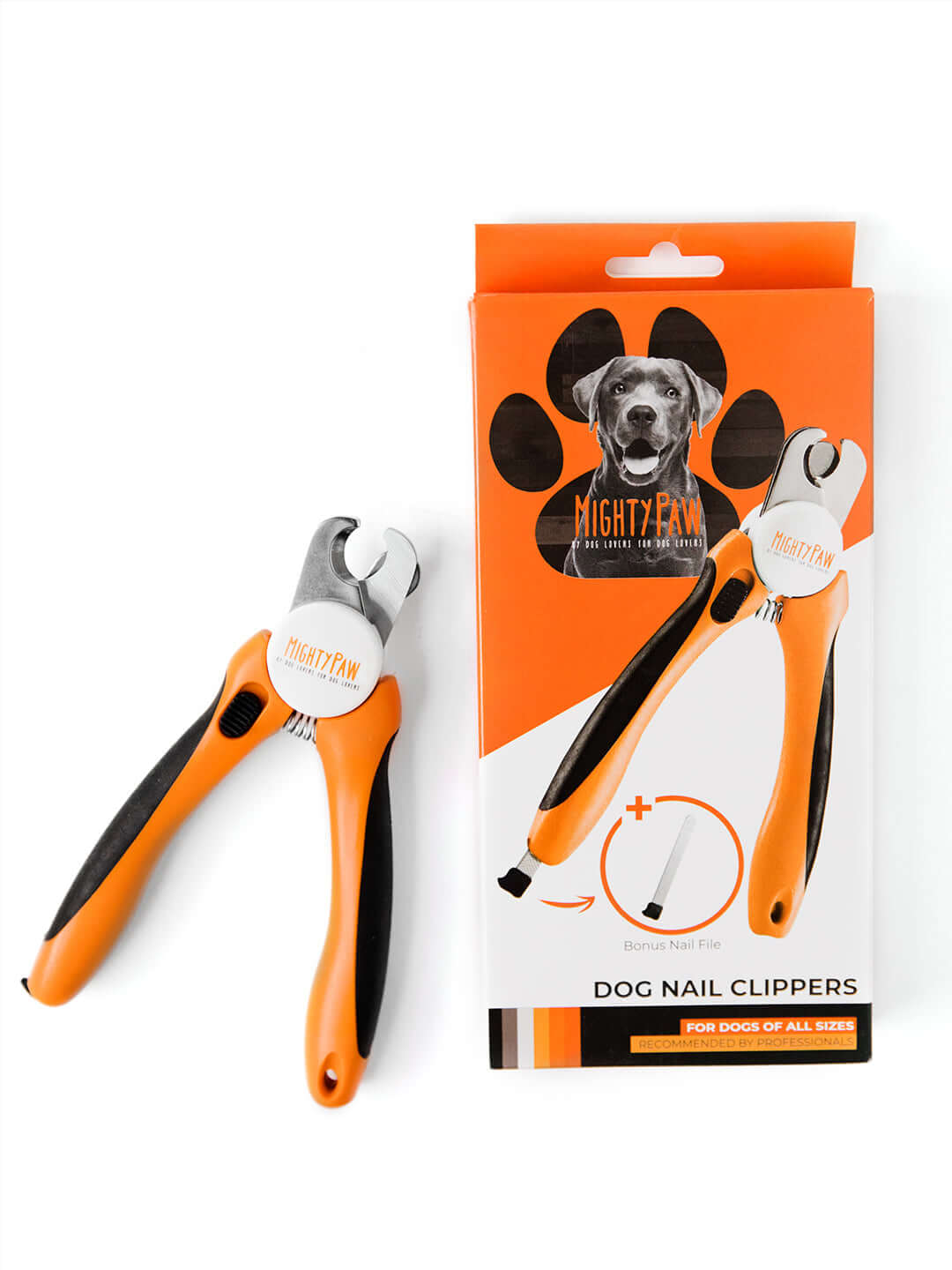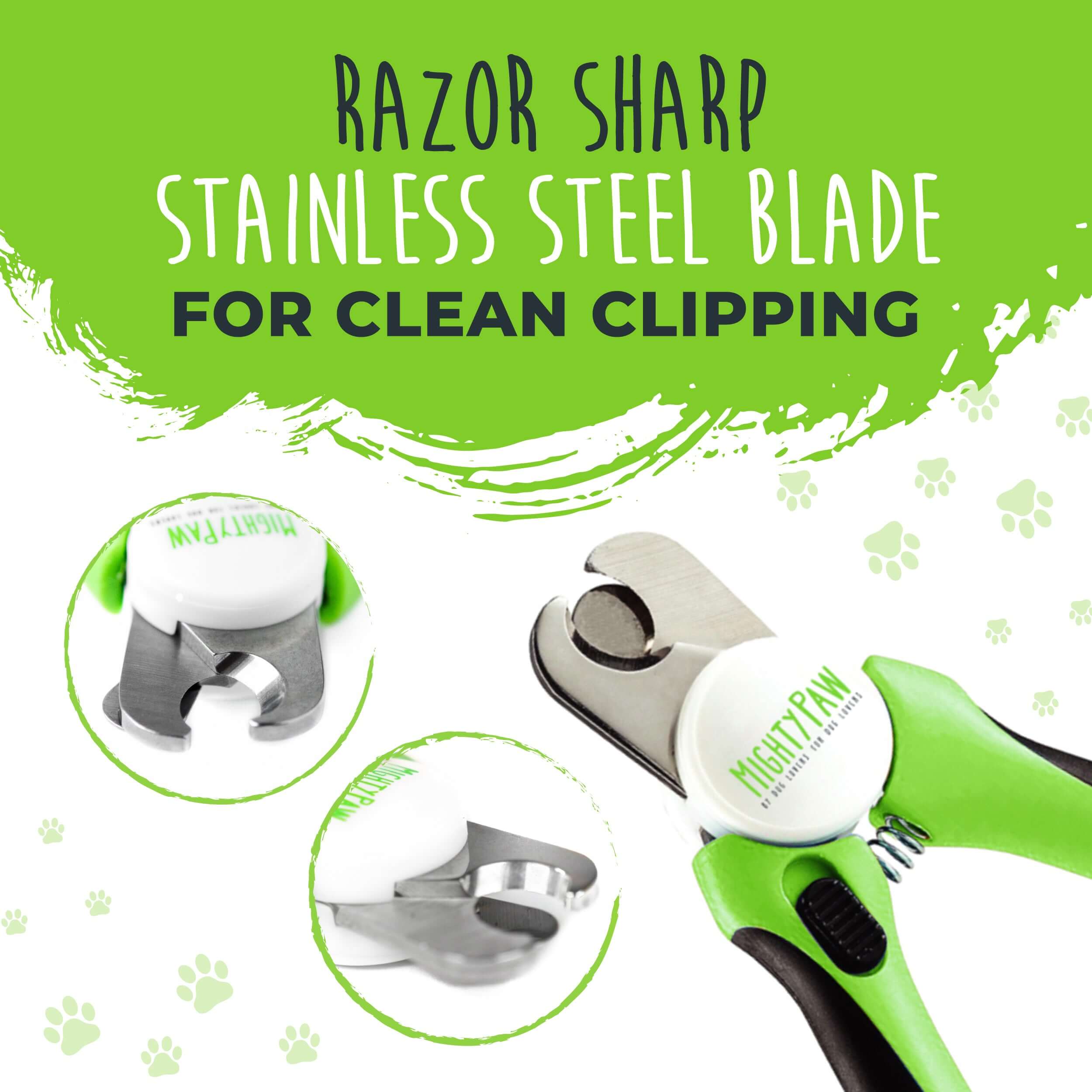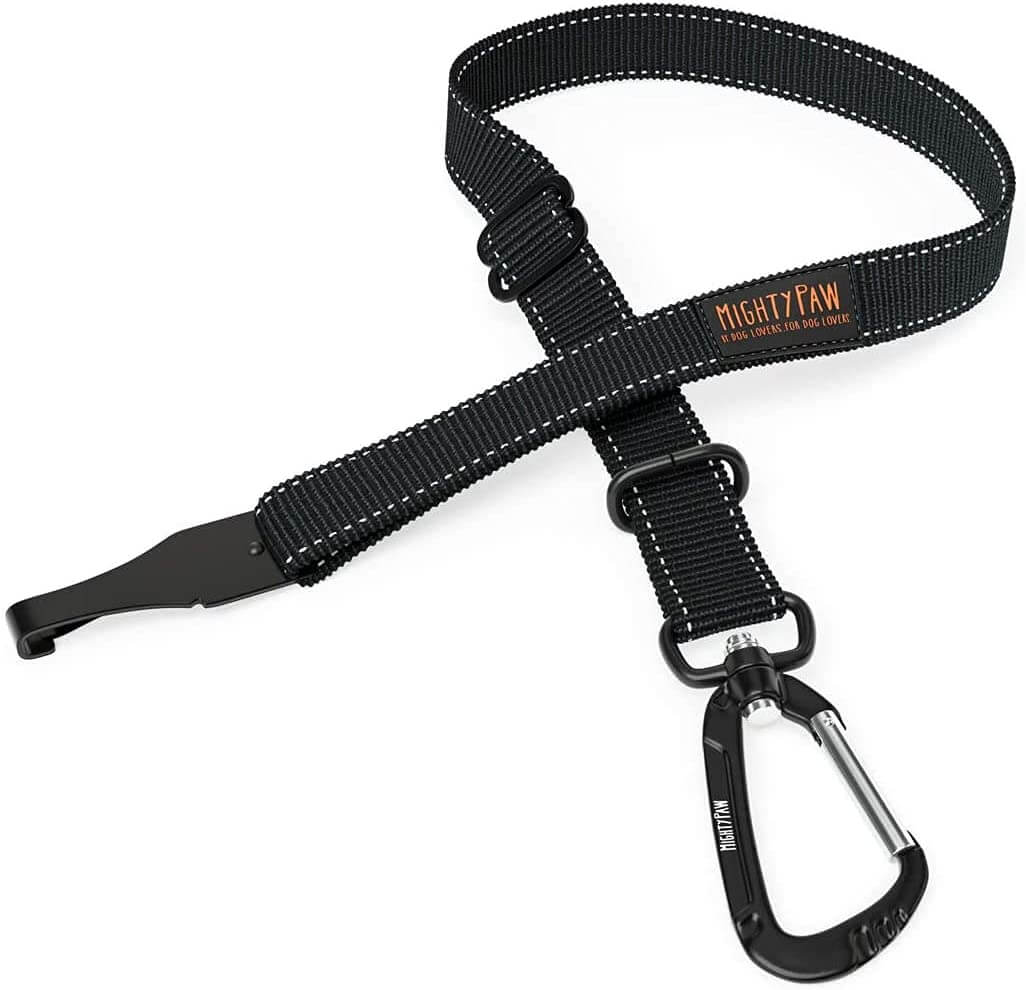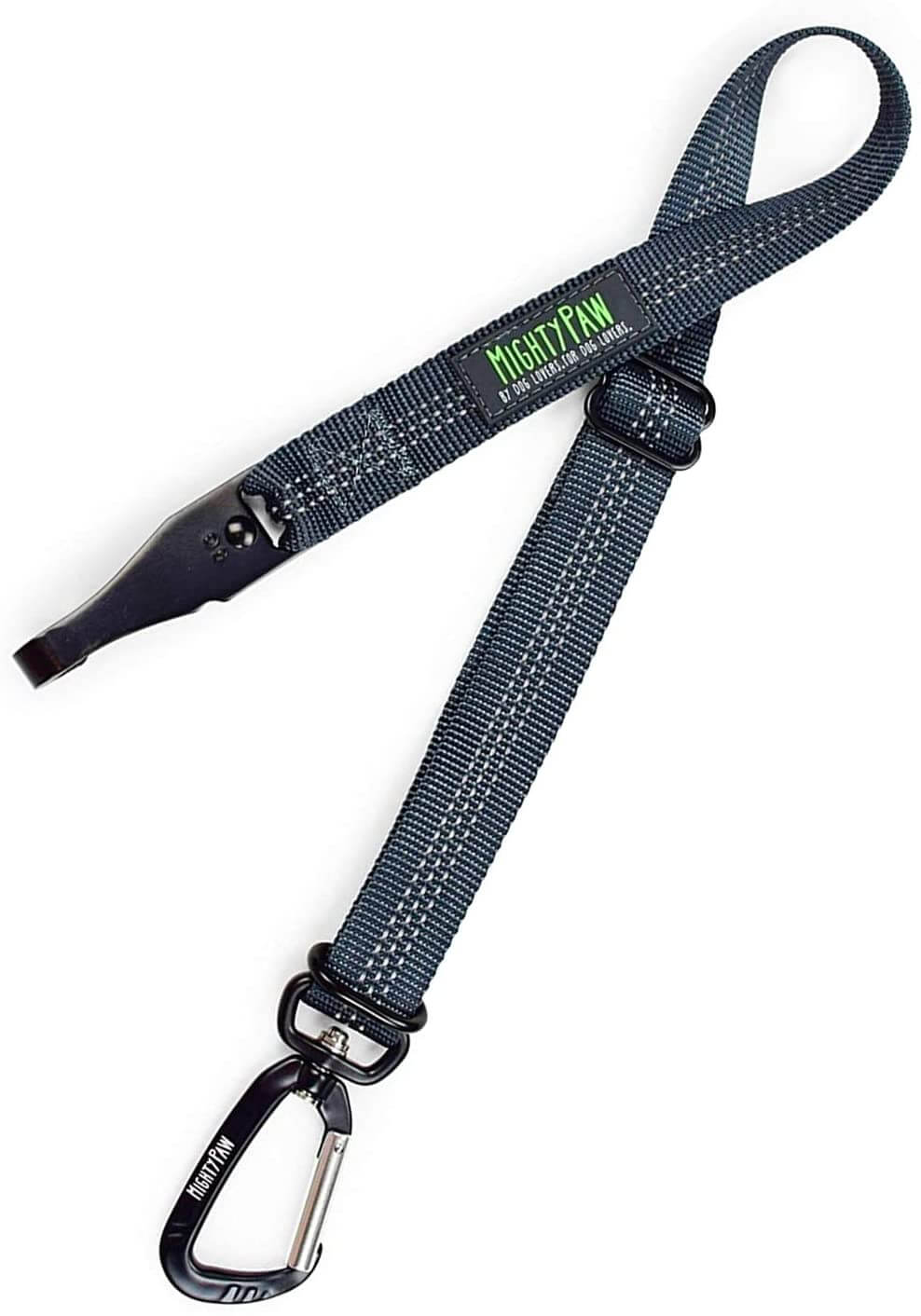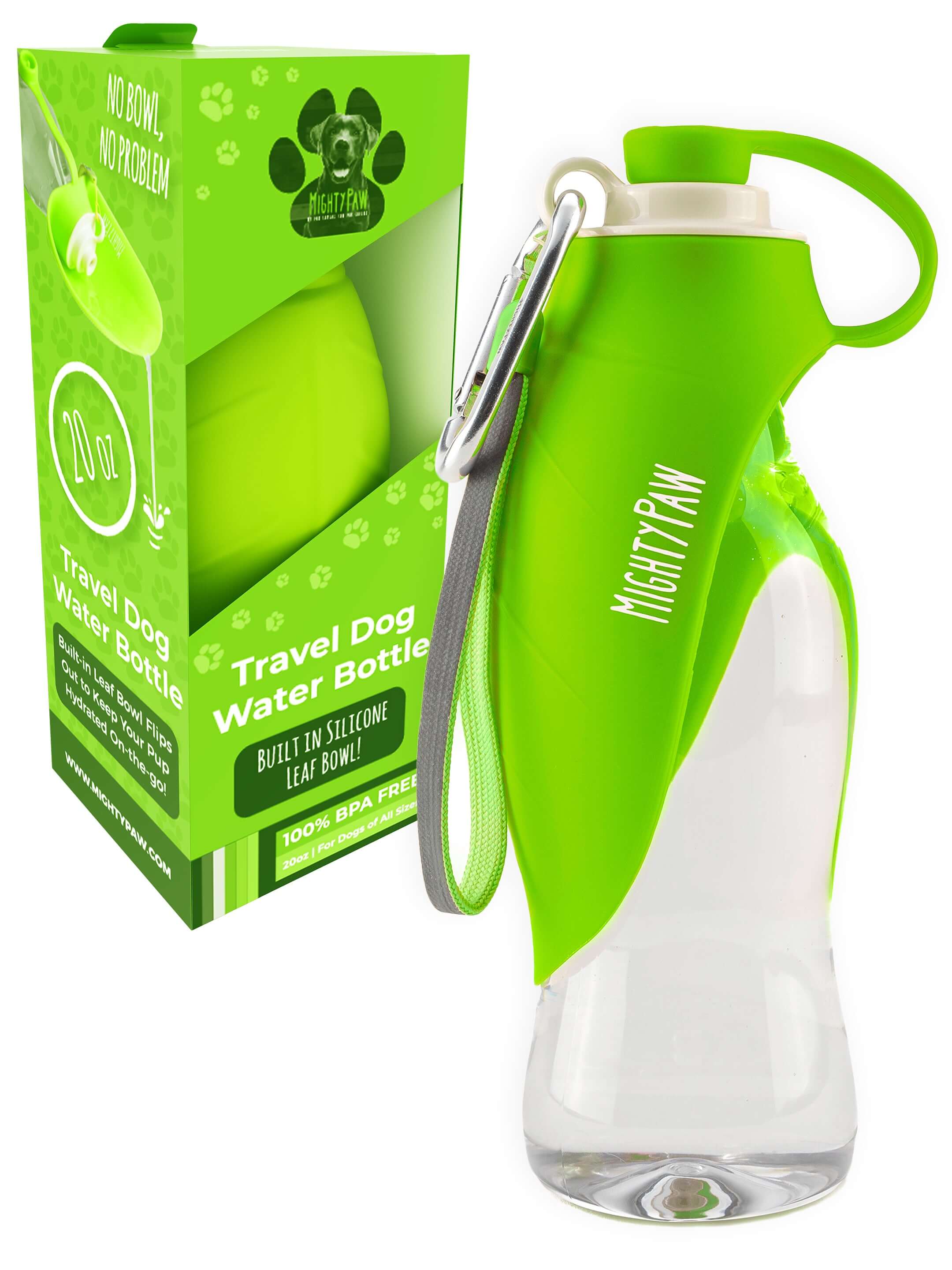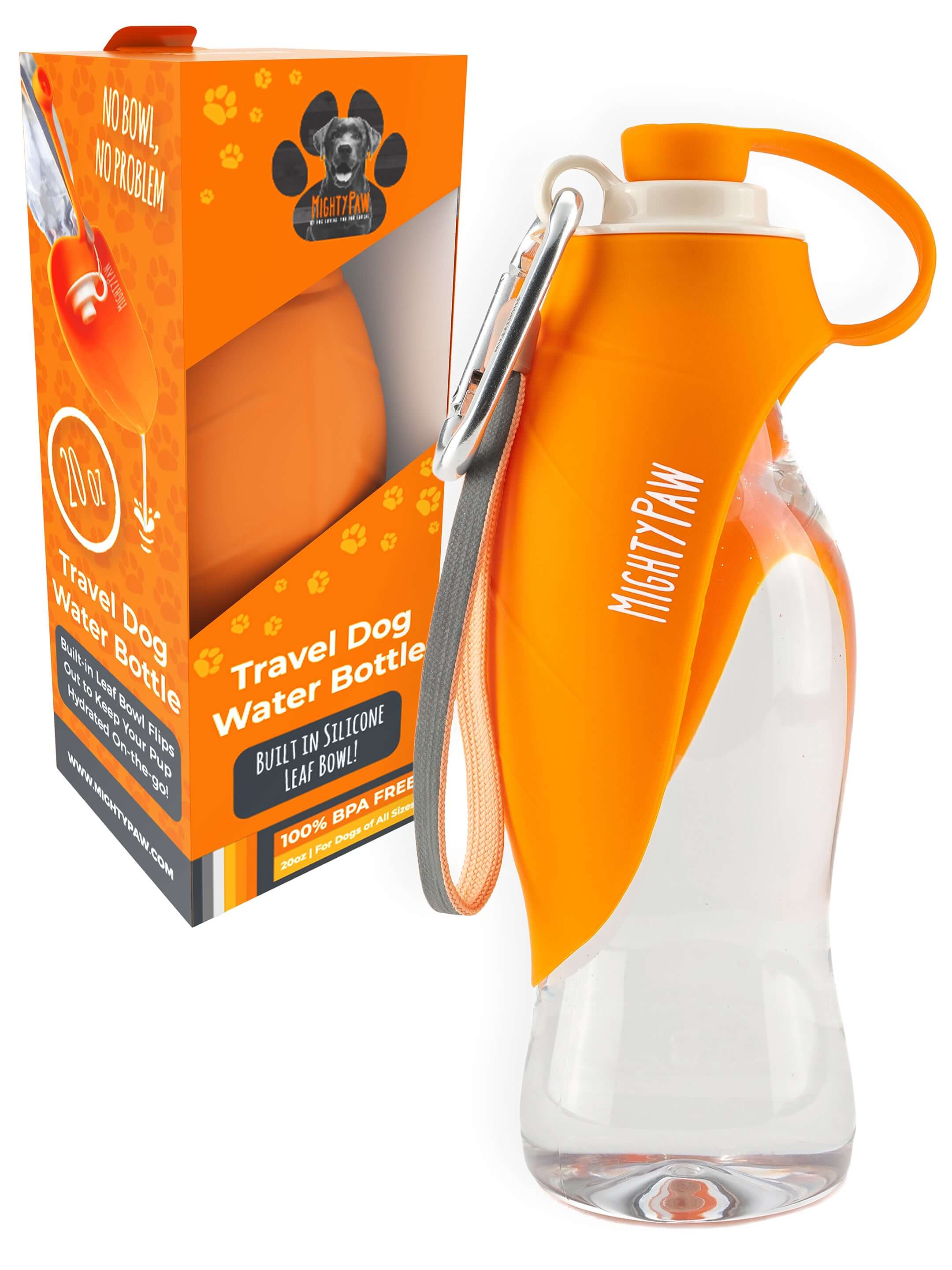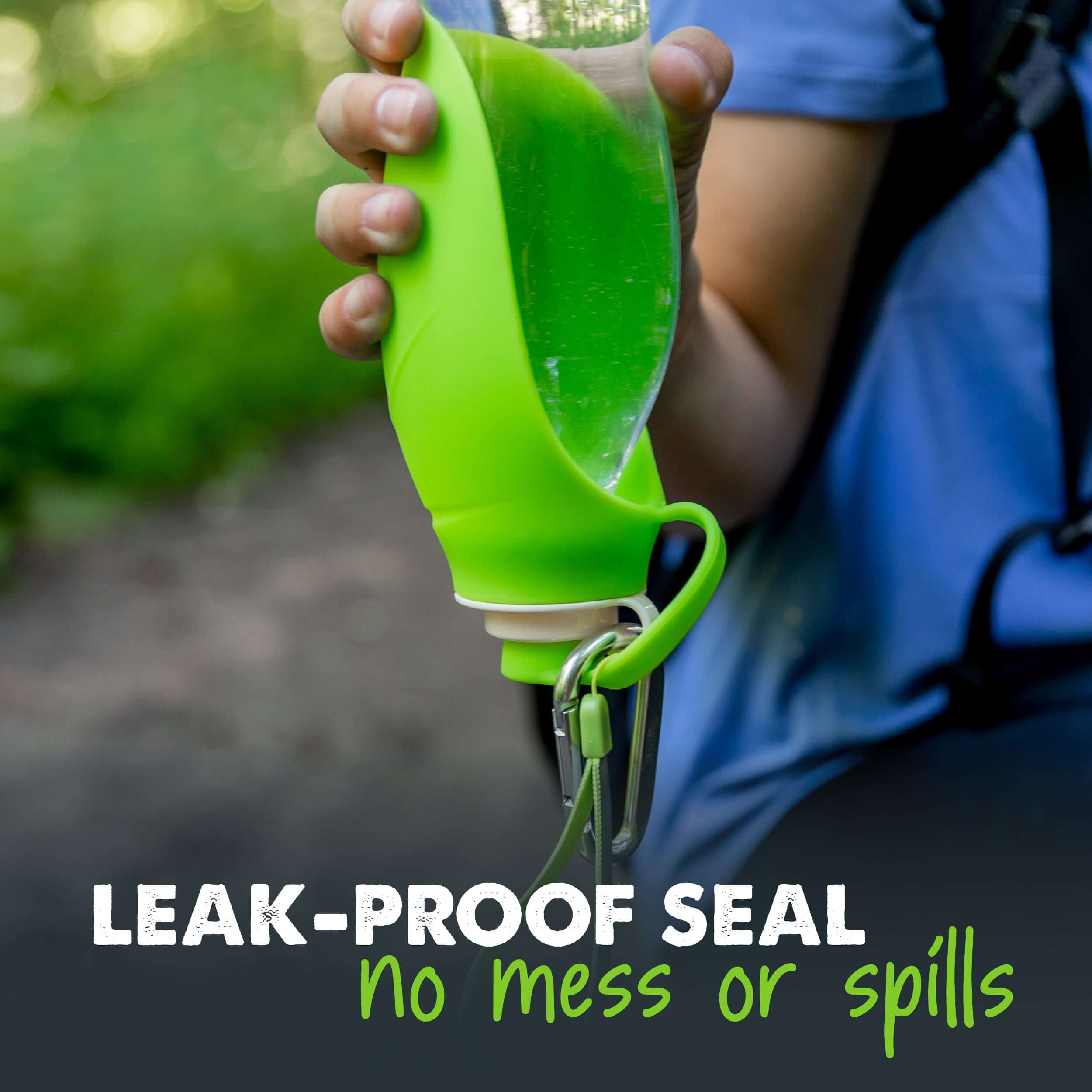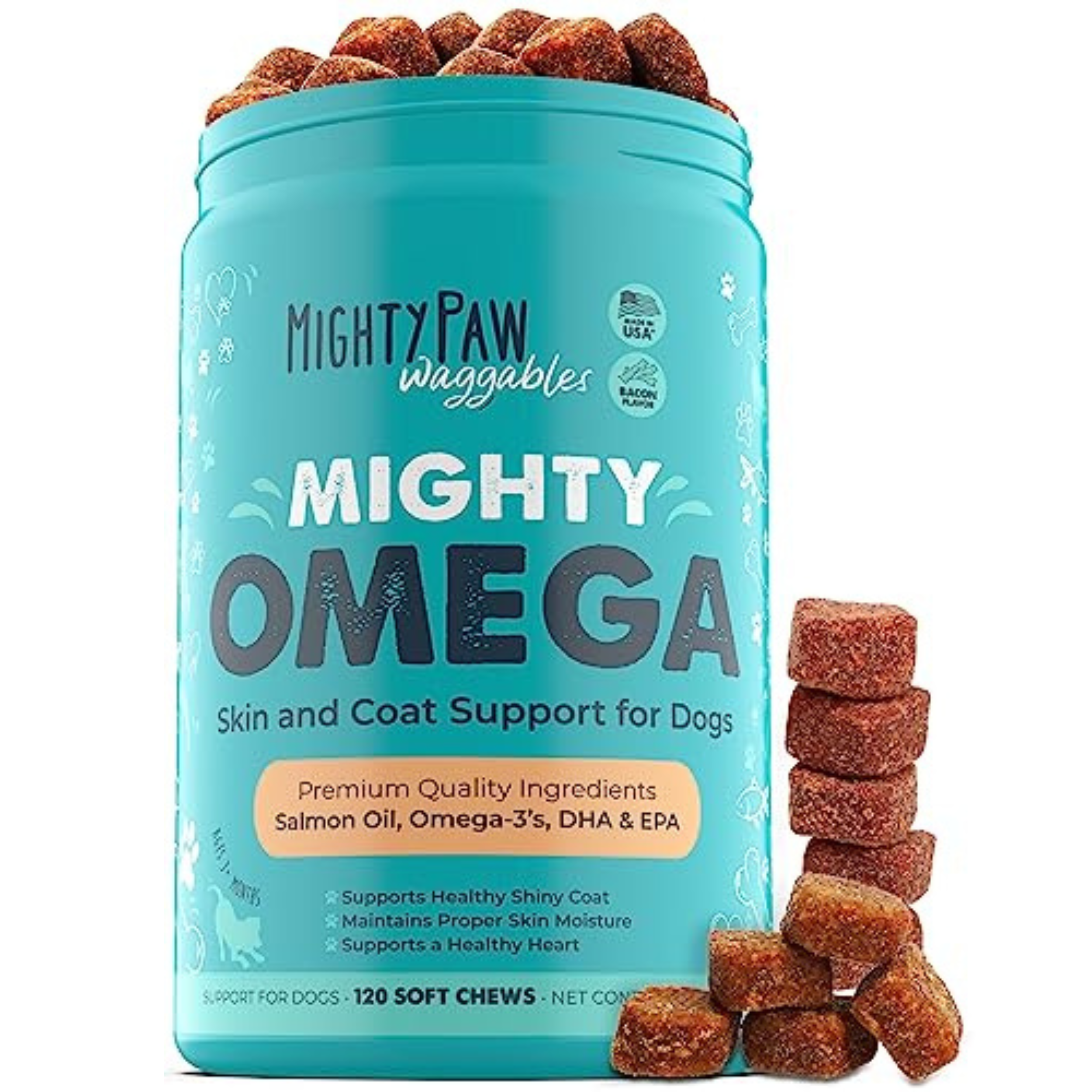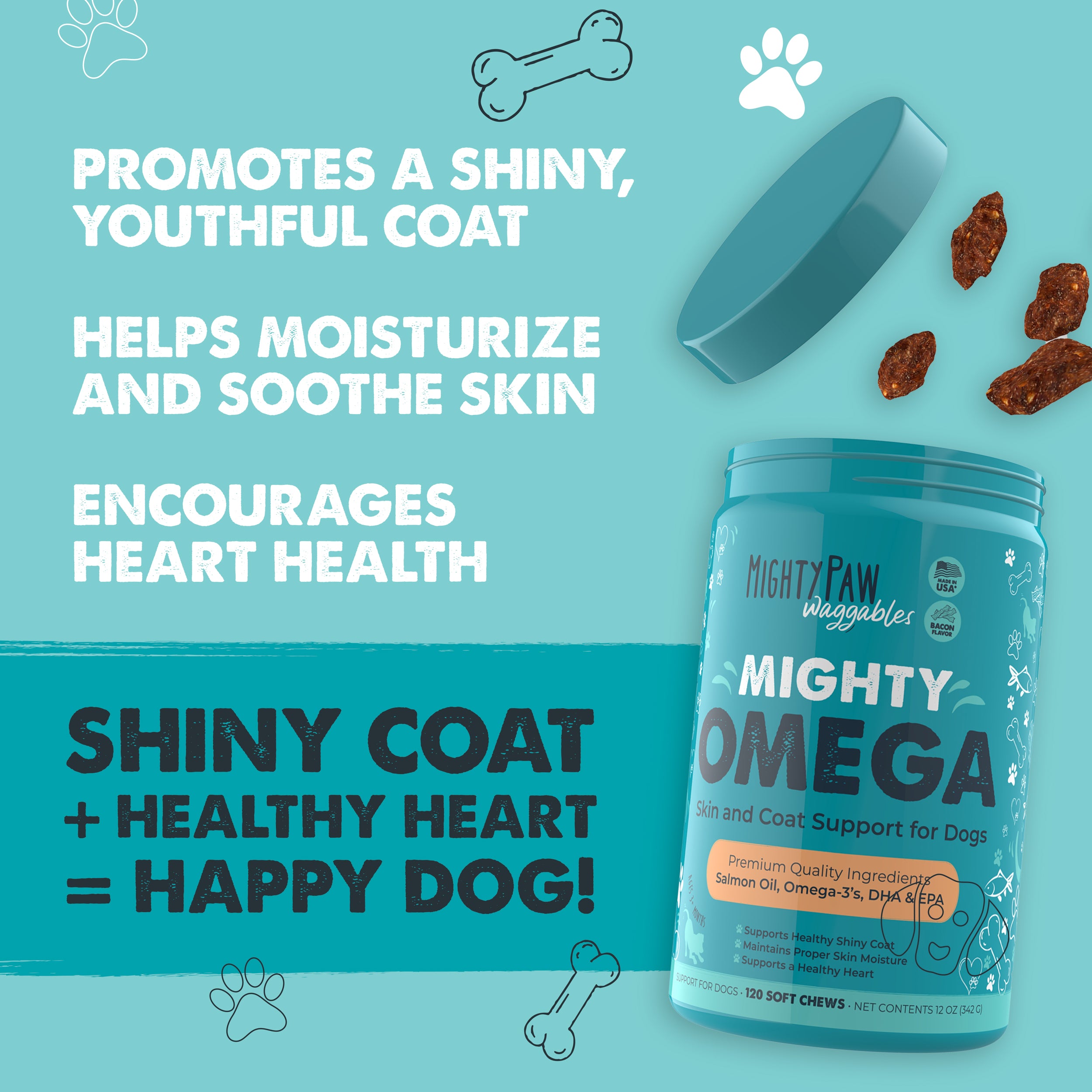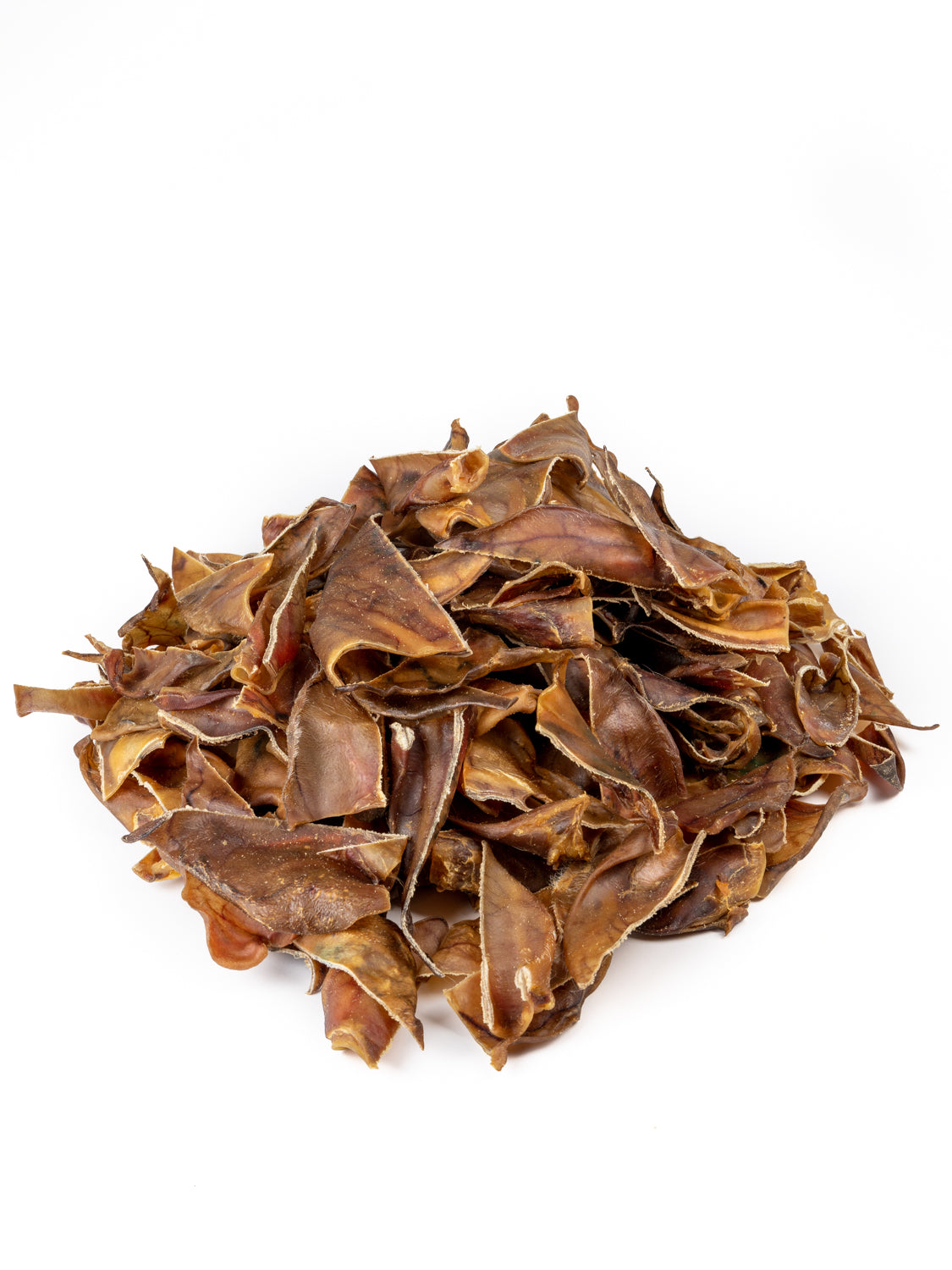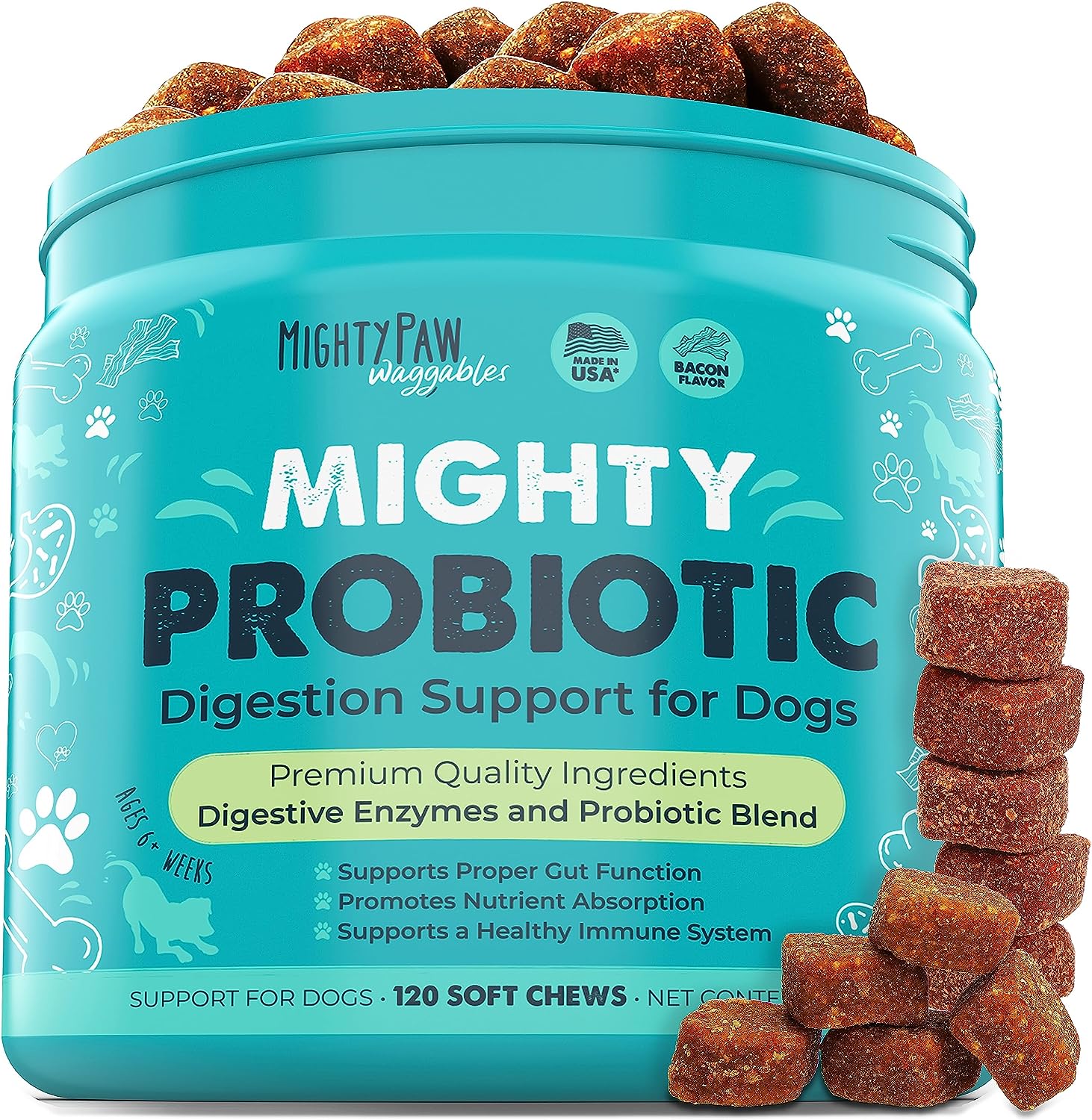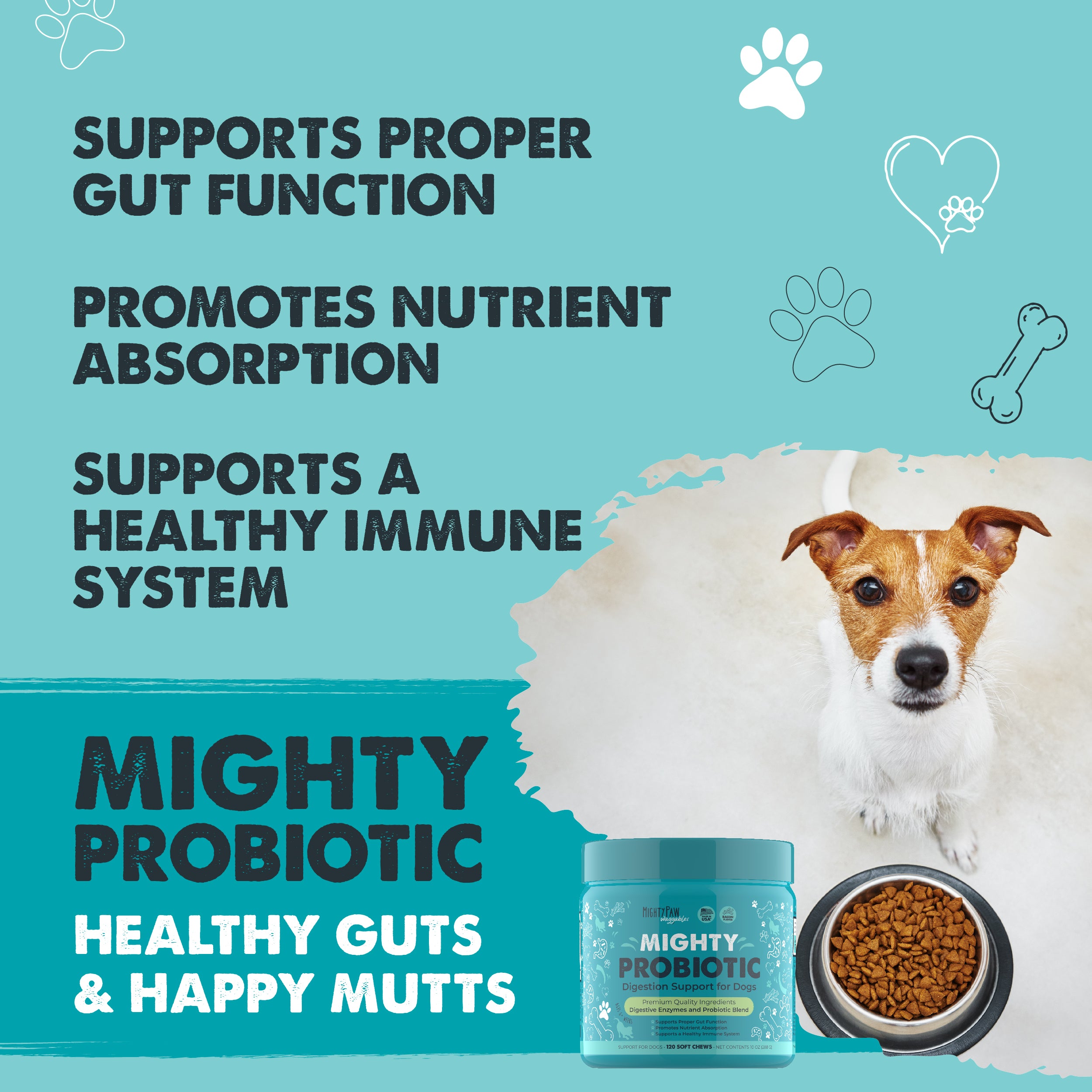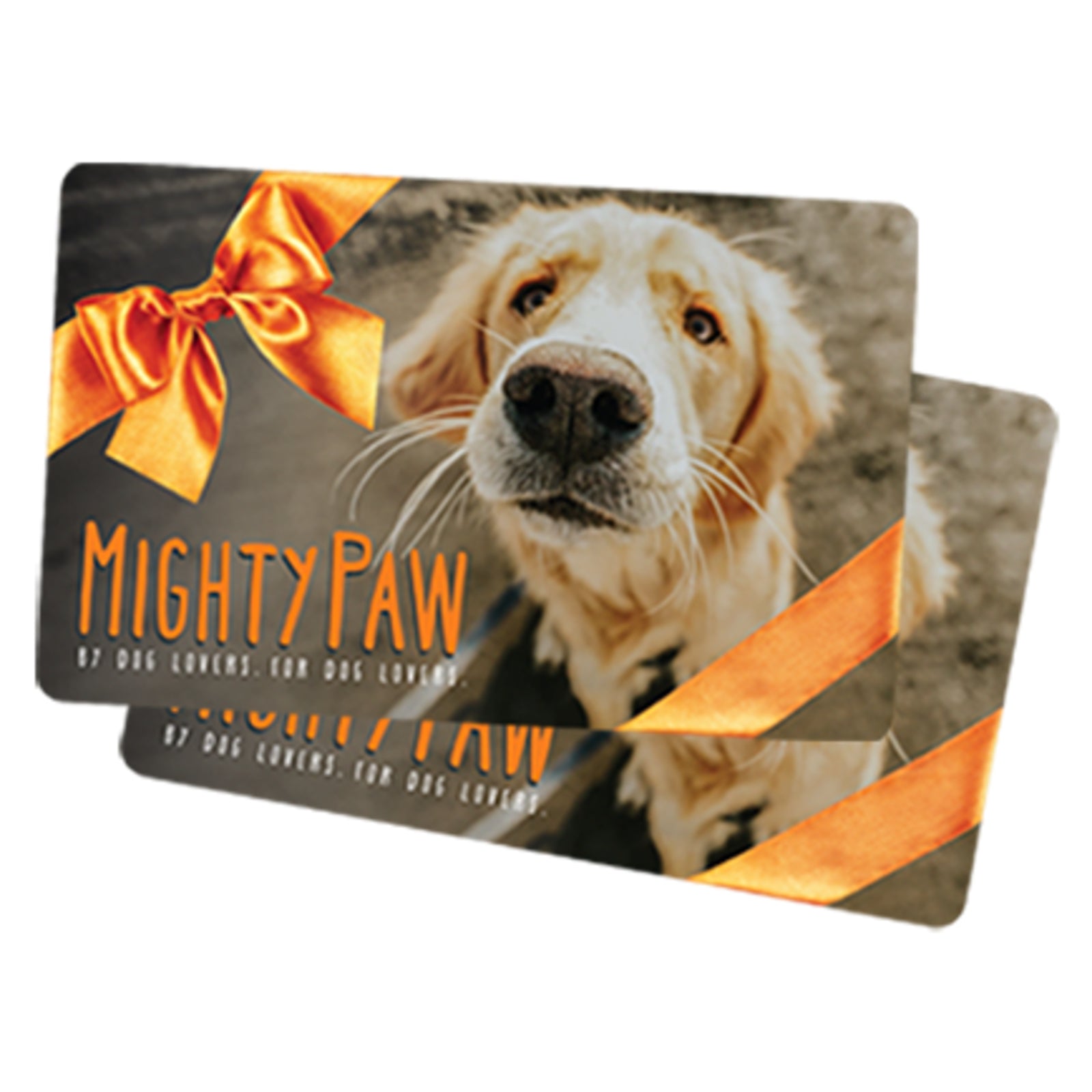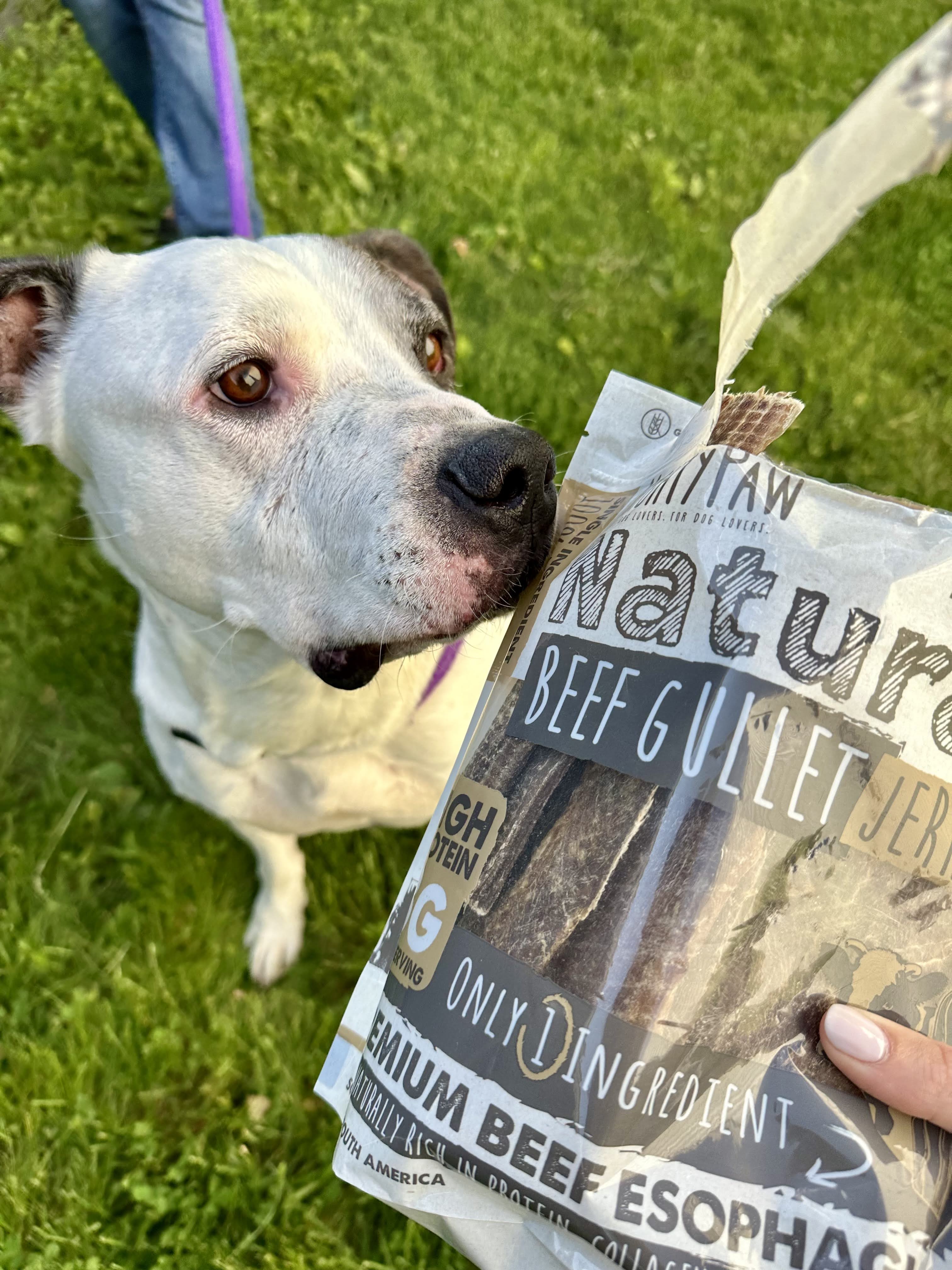Just like humans, dogs face potential risks in or around water. Here's what to know so your dog can have fun and stay safe!
Dogs and water often seem like the perfect match. Whether they’re splashing in a pool or bounding into a lake, many dogs instinctively gravitate toward water adventures. With good weather comes more opportunities for water fun... and more reasons to set up your pup for safety.
Let's jump into key water safety tips and what we all need to know as dog parents about critically important water safety for dogs: from understanding their swimming abilities to identifying water hazards, choosing the right safety gear, and even learning life-saving techniques.
Dog swimming myths and your dog
The common saying “dogs are natural swimmers” is a myth that can lead to dangerous situations. While some breeds, such as Labradors and Golden Retrievers, may seem born for the water, not all dogs have the ability or confidence to swim.
Every dog is an individual in all things and certainly when it comes to swimming. As always, know your dog and your dog's comfort zone. A few general guidelines to keep in mind to keep your pup safe:
- Breeds that struggle: Certain breeds/breed mixes like Bulldogs, Pugs, and Dachshunds often have physical traits that make swimming difficult or risky. Their body structure, such as short legs or flat faces/short noses, can make it hard for them to stay afloat or cause difficulty breathing.
- Age and health: Just like people, a dog’s swimming ability can depend on age and health. Puppies, older dogs, and those with mobility issues may find swimming particularly challenging.
Signs Your Dog May Need Extra Help
If your dog seems anxious around water, flails when swimming, or struggles to keep head-above-water, your pup may need extra guidance and equipment to ensure water safety. Never assume that every dog can manage without help.
Identifying potential water hazards
When planning water-based activities, it’s crucial to assess the safety of the environment. Different types of bodies of water come with unique risks and each requires different actions on your part to ensure pet water safety.
While specific safety precautions apply to various water bodies, one essential warning applies universally to every and all water situations, even with dogs who are excellent swimmers:
Never ever leave your dog unattended around water, even for a few seconds.
Here are key watch-outs and safety tips for specific water situations:
Pet Water Safety Tips Around Pools
Pool safety revolves around eyes on your dog at all times (as always around water), the unique challenge for your dog to have an easy way to exit (unlike gradual, natural shorelines), and reliable barriers to wandering into a pool at your home.
Hazards:
- Smooth pool edges can make it hard for dogs to climb out, with the inability to get traction with their front paws leading to exhaustion if they can't exit and needing to swim too long. What you can do: Install a dog-friendly pool ramp and teach your dog where/how to exit safely via the ramp or pool steps if you have them. Practice exits until it's second nature to your pup.
- Be sure you have reliable barriers around home pools -- fences, gates, secured doors from the house -- to keep your dog from accidentally slipping into the pool area.
- Keep in mind that pool water contains pool chemicals that may irritate your dog's skin. Rinse off your dog thoroughly after every swim with special attention to your dog's ears and paws (since paws are so often licked).
Pet Water Safety Tips Around Lakes and Ponds
Lakes and ponds, with the unpredictability (and beauty) of nature bring their own hazards and precautions.
Hazards:
- Hidden debris can injure your pup or catch a collar or harness. Only allow your dog in water where you have a good line of sight on what's under the water.
- Steep drop-offs can surprise you and your dog creating risky footing and potential injury. They can also make exiting difficult, putting your pup in danger. Scout the area and watch for signs about depths, while looking for a safe walk-in entry/walk-out exit.
- Blue-green algae blooms are highly toxic to dogs and can be quickly fatal after any exposure. In the fresh water of lakes and ponds, blue-green algae tends to form as surface water temperatures rise and lawn chemical run-off and other contaminants are increasingly present in the water.
Always check for hazards before allowing your dog to swim, and avoid areas with visible algae. Some areas post alerts on signage or their websites.
Pet Water Safety Tips Around Oceans
What's better than walking along the ocean or playing fetch in the shallows with your dog?! A few precautions can let you experience the joy and beauty of it all together safely.
Hazards:
- Strong tides and waves in ocean water can quickly overwhelm even the strongest swimmer. Keep an eye on tide schedules and stay near the shore. Consider using a long leash to maintain control.
- "Saltwater poisoning" or "water intoxication" can result from ingesting too much salt water. When your dog drinks too much water while swimming or fetching balls/toys in the ocean or drinking ocean water, the salt can disrupt the delicate balance of fluids and electrolytes in your dog's body, leading to symptoms that can be severe, even life-threatening.
Symptoms include extreme thirst and urination, vomiting, diarrhea, lethargy, disorientation, tremors, seizures, rapid heart rate, difficulty breathing. Call your vet immediately if you see these signs. To prevent it: keep your dog from drinking salt water, offer plenty of fresh water, rinse any salt off your dog to prevent ingestion from licking.
- "Red tide" can cause respiratory irritation and severe reactions to the toxicity in the water, in sea foam on the beach, and in the air. Red tide can be fatal to marine life and birds. Avoid the beach during red tide periods. If you visit the beach with your dog, avoid dead fish. Playing with or eating dead fish greatly increases the chance your dog may get sick.
Pet Water Safety Tips Around Rivers
Hazards:
- Fast currents, uneven bottoms, and cold temperatures can increase the risk of accidents. What you can do: Stick to calm sections of the river, check the water temperature first, and always supervise your dog closely.
In all of these scenarios, wash your dog as soon as possible after swimming, as most dogs will lick their fur and paws and consume any toxins or allergens. If your dog's ears are longer or have longer hair, be sure to clean and dry your dog's ears to avoid ear infections.
Essential safety gear for dogs
Safety gear can significantly reduce risks and give you peace of mind while your dog enjoys the water.
Dog life vests
A dog life jacket is one of the best investments for keeping your water-loving dog afloat. When choosing one:
- Look for adjustable straps to ensure a snug fit.
- Select a vest with a handle on the back to help lift your dog out of the water.
- Bright colors and reflective strips can improve visibility.
Extra-long leashes
Keep your dog safely within range and out of trouble while exploring by using a super-long leash (15 or 30 feet, NOT a retractable leash).
Additionally, durable floating toys like our soft nylon frisbee can provide entertainment while directing your dog's interest to encourage your dog to stay in safe, designated areas.
Teaching your dog to swim
Not all dogs take to water naturally, but with patience and practice, many can learn to enjoy swimming safely.
Here are five steps to safely introduce your dog to water:
Step 1: Start in shallow water
Begin in a shallow, calm area like a kiddie pool or the shoreline of a lake. Use reassuring words and make the experience positive with treats or favorite toys. Make sure your dog is introduced to water slowly.
Step 2: Use a life vest
Equip your dog with a well-fitted life vest for added buoyancy and confidence as your pup begins to explore deeper water.
Step 3: Guide and support
Gently guide your dog in the water, supporting under your pup's tummy if needed. This helps develop a proper, relaxed swimming technique.
Step 4: Gradually increase depth
Allow your dog to move to deeper areas at your pup's own pace. Always stay at arm’s length to offer support.
Step 5: Practice exiting water
Teach your dog how to exit the water safely. This could mean identifying the easiest spot at a lake or using the steps or a ramp for pools.
Patience is key. If your dog shows signs of fear or discomfort, don’t force it. Take a break and try again later.
What to do in an emergency
Even with precautions, accidents can happen. Knowing how to respond in an emergency can make all the difference.
Recognizing distress
Signs that a dog is struggling in the water include when dogs exhibit excessive splashing, have ears flattened back in panic, or are unable to keep their head above water.
Water rescue steps
1) Remain calm: Panicking can make it harder to rescue your dog effectively.
2) Use a tool if possible: If you have a long stick, pool net, or flotation device, use it to bring your dog toward safety without entering the water.
3) Enter the water carefully: If you must go in, ensure your own safety first so you're in a position to help your dog. Approach your dog from behind to avoid accidental injury.
4) Check vital signs: Once on land, check if your dog is breathing. If not, seek immediate veterinary assistance and perform pet CPR if trained.
5) Follow-up care: If your dog has been rescued from near-drowning, your pup should be examined by a vet to rule out secondary drowning, which can occur hours after inhaling water.
Secondary drowning, aka delayed drowning, occurs when water enters the lungs during a near-drowning incident, causing inflammation, fluid buildup, and breathing difficulties. Symptoms can appear hours or even days later, making monitoring for signs like coughing, trouble breathing, or unusual fatigue crucial.
Water can be a wonderful source of joy and exercise for your dog. By knowing your dog and your dog’s abilities in water, you can set up your pup for safety and a whole new fun way to enjoy adventures by your side.
Enjoy the water with your dog -- safely!
All of us at Mighty Paw are here to make it easier for you and your dog to get out for some quality time and live your most adventurous life together. And to make it all safer, more comfortable, and more joyful for your pup and you.
We're committed to creating high-quality products that are safe, healthful, and practical for everything you need for your dog, from healthful supplements to long-lasting chews your dog loves to durable, comfortable equipment for your best times together.


